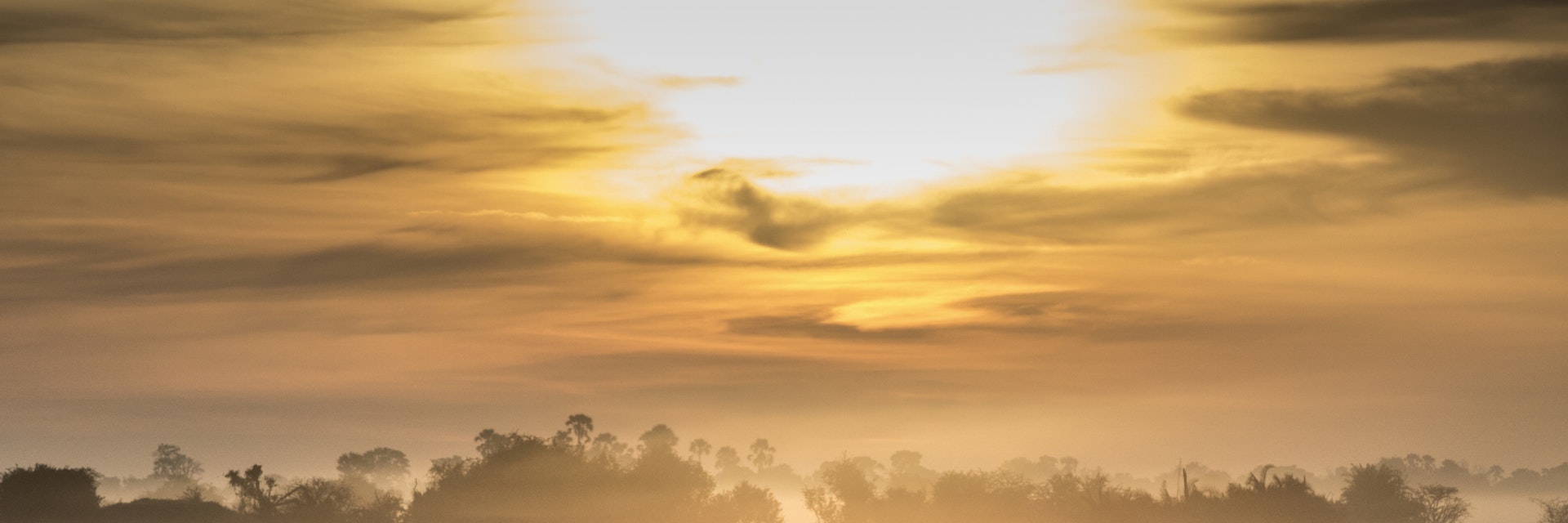
Deon De Villiers / 500px
Okavango Delta
Welcome to one of Africa’s most extraordinary places. There is something elemental about the Unesco World Heritage–listed Okavango Delta: the rising and falling of its waters; the daily drama of its wildlife encounters; its soundtrack of lion roars, saw-throated leopard barks and the crazy whoop of a running hyena; and the mysteries concealed by its papyrus reeds swaying gently in the evening breeze. Viewed from above on a flight from Maun, the Okavango is a watery paradise of islands and oxbow waterways. At ground level, the silhouettes of dead trees in the dry season give the delta a hint of the apocalypse.

Attractions
Must-see attractions.
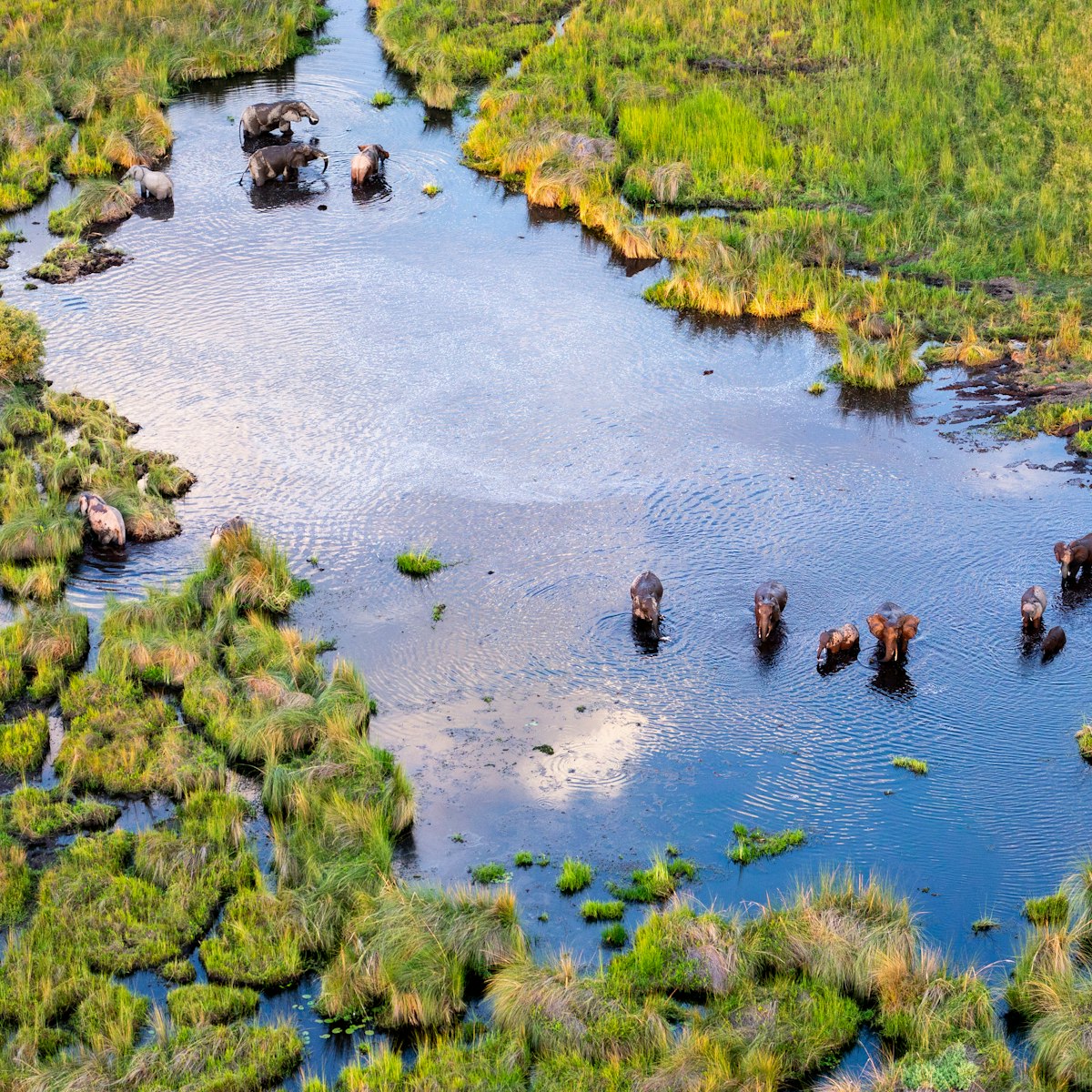
Moremi Game Reserve
Moremi Game Reserve, which covers one-third of the Okavango Delta, is home to some of the densest concentrations of wildlife in Africa. Best of all, it’s…

Chief's Island
The largest island in the Okavango Delta, Chief’s Island (70km long and 15km wide) is so named because it was once the sole hunting preserve of the local…

Mboma Island
The grassy savannah of this 100-sq-km island, a long extension of the Moremi Tongue, contrasts sharply with the surrounding landscapes and provides some…

Xakanaxa Lediba
With one of Africa’s largest heronries, Xakanaxa Lediba is renowned as a birdwatchers’ paradise. In addition to herons, potential sightings here include…

Paradise Pools
One of the prettiest corners of Moremi, the area known as Paradise Pools is as lovely as the name suggests. In the dry season, trails lead past forests of…

Krokavango Crocodile Farm
It’s difficult to know what to make of this place, not far south of Drotsky’s Cabins (the turn-off from the main Sehithwa–Shakawe road is at GPS S 18°26…

Third Bridge
Literally the third log bridge after entering the reserve at South Gate (although First Bridge and Second Bridge were, at the time of writing, easy to…

Dombo Hippo Pools
The drive between North Gate (including Khwai) and Xakanaxa Lediba follows one of Botswana’s more scenic tracks, although the exact route changes with the…
Plan with a local
Experience the real Botswana
Let a local expert craft your dream trip.
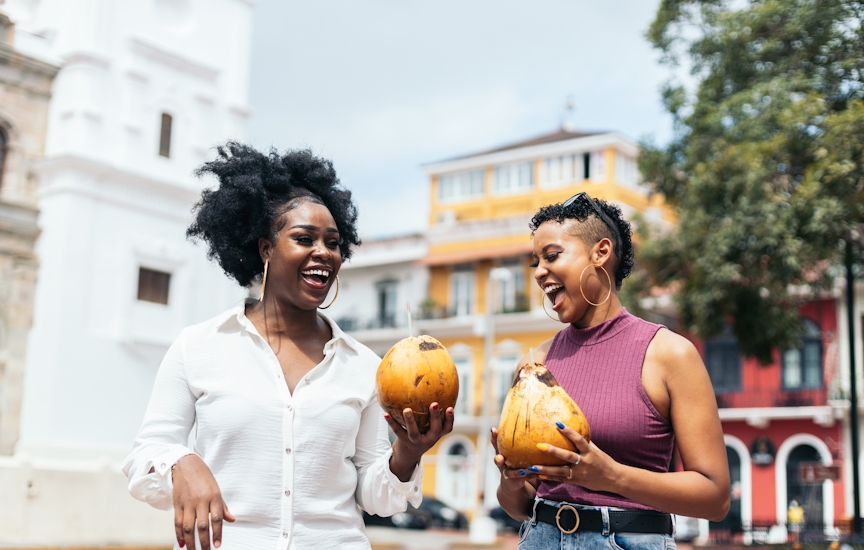
Latest stories from Okavango Delta
Filter by interest:
- All Interests
- Adventure Travel
- Art & Culture
- Beaches, Coasts & Islands
- Food & Drink
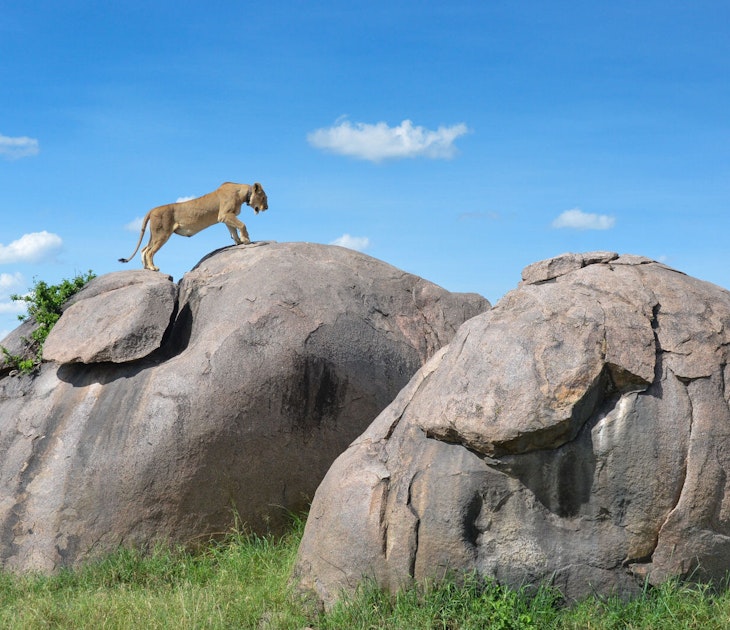
Wildlife & Nature
Jul 3, 2019 • 6 min read
From Banzai, Simba and Shenzi to Pumbaa, Timon and Zazu, the characters of The Lion King have captivated millions, both young and old, since the original…
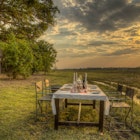
Aug 22, 2018 • 7 min read
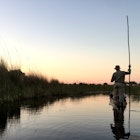
May 1, 2018 • 7 min read
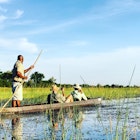
Jun 20, 2016 • 6 min read
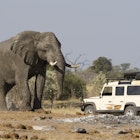
Oct 1, 2015 • 5 min read
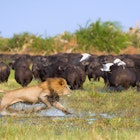
Sep 4, 2015 • 5 min read
Purchase our award-winning guidebooks
Get to the heart of Okavango Delta with one of our in-depth, award-winning guidebooks, covering maps, itineraries, and expert guidance.
Okavango Delta and beyond
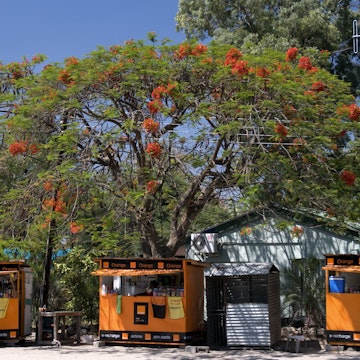

- Safari ideas
- Experiences
- Special offers
- Accommodation
- Start planning
- Booking terms
- When to go on safari - month by month
- East or Southern Africa safari?
- Solo travellers
- Women on safari
- Accommodation types & luxury levels
- General tips & advice
- All stories
- Afrika Odyssey Expedition
- Photographer of the Year
- Read on our app
- 2024 entries
- 2024 details
- 2024 prizes
- 2024 entry form
- 2023 winners
- Collar a lion
- Save a pangolin
- Rules of engagement
- Job vacancies
- Ukuri - safari camps

Understanding the Okavango Delta

Team Africa Geographic
Tuesday, 11 August 2020

The Okavango Delta emanates in the highlands of Angola, where the mighty Okavango River begins as just a trickle before gradually becoming the third largest river in southern Africa that flows for over 1,600km to reach inland Botswana. Around 60,000 years ago, the river deposited its water into Lake Makgadikgadi, a paleolake believed to have covered over 100,000km² of Botswana’s interior. At a time when we were just dragging ourselves into the Later Stone Age, most of southern Africa was rattled by severe seismic activity that created a tectonic trough. The earthquake (or earthquakes) must have come as something of a shock to the residents of the area but also happened to change the shape of the earth’s crust to block the Okavango’s original path almost entirely.
The river water had nowhere to go and poured relentlessly into the Kalahari Desert, creating the endorheic basin of the Okavango Delta – one of the largest inland deltas in the world. Today, the Okavango River continues to discharge around 11km³ of water every year into the swamps that spread across an area of between 6,000km²-15,000km² (depending on the time of the year). One of the Seven Natural Wonders of Africa and a UNESCO World Heritage Site, the Okavango Delta is an enormous oasis home to a wide variety of wildlife, and its tourist value contributes around 13% of Botswana’s GDP.

An alluvial fan
The Okavango River flows into Botswana at the small village of Mohembo before fanning out into a combination of twisting channels and lagoons lined by thick beds of papyrus and reeds, initially through a comparatively narrow area known as the Panhandle. The swamplands of the Okavango are permanently flooded, but the bog surrounding them fills seasonally depending upon water levels. The Delta layout is entirely dynamic – every year the water follows different routes depending upon changing sandbanks and blockages. The tectonic trough responsible for the formation of the basin of the Delta is relatively flat. Still, there are many islands of various sizes (the largest being Chief’s Island), as well as salt islands with barren white centres too saline for plant growth.
The waterways around these islands are one of the Okavango’s biggest drawcards, and many of the tourist lodges are found close to some of the more extensive permanent lagoons of the region. Visitors flow to the Delta every year to explore its watery surrounds either by motorboat or on the famous and more traditional mokoro (or mekoro, plural) – a canoe-like vessel that allows visitors to immerse themselves (ideally not literally) in nature as they drift through the reeds. The location of each lodge will determine what activities they can offer guests at certain times of the year.

A seasonal sensation
There is a fundamental difference between the “wet/rainy season” in the Okavango and “flood season”. As described, the Okavango River’s source is in Angola, an area with a far higher average annual rainfall than Botswana. The rains in Angola are at their highest in January, but the increase in water levels takes months before it reaches the Delta itself, making an exploration of the Delta a seasonally variable experience. Typically, the floodwaters reach the head of the Delta around May, but the progress of the water through the dense swamps is slow, and the highest water levels are seen in June/July. The rains in Botswana are also seasonal and, bearing in mind that nature can be highly unpredictable, the wet season begins around November and ends around March, as the temperatures start to drop.
January: Right in the middle of the rainy season as the foliage is at its thickest, January is not necessarily the best time of year for wildlife viewing, but the scenery is probably at its most spectacular, emphasized by dramatic afternoon thunderstorms. The migrant bird species have all recovered from their respective travels, and most are in full breeding display mode.
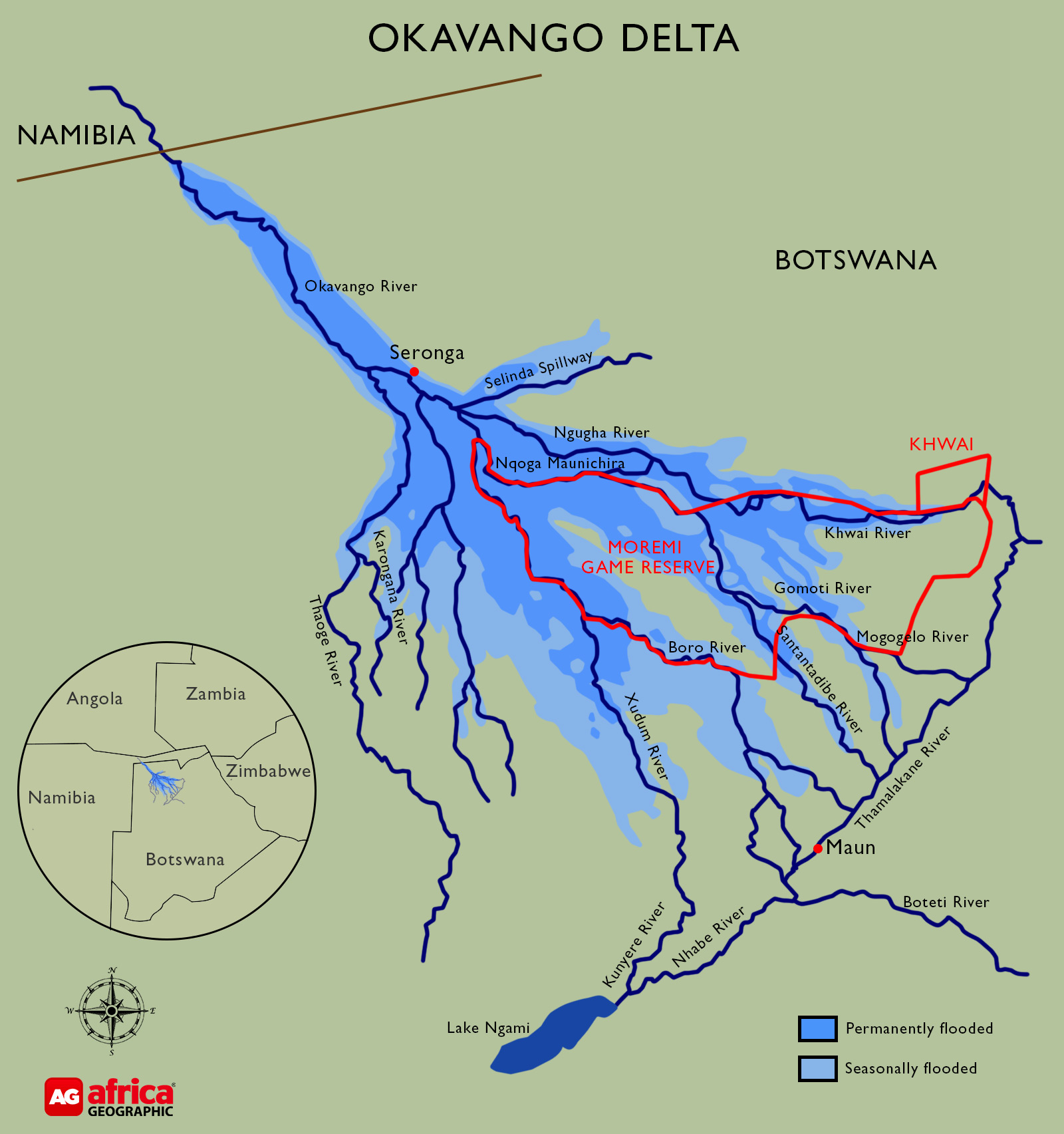
February: As in January, the Delta is verdant, lush and pulsates with life in February. The days can still be blisteringly hot, and the thunderstorms persist – making driving conditions difficult. Despite the wet conditions, the actual water levels of the Delta may still be too low for certain water activities in certain areas.
March: The days tend to become drier as March progresses, and the first winter chill can be felt in the evenings towards the end of the month. While there is still a risk of very heavy rains, the Delta is beautiful in March, the migrant birds are bulking up in preparation for their return journey and, importantly, it is still low-season and so many camps, and lodges offer specials rates.
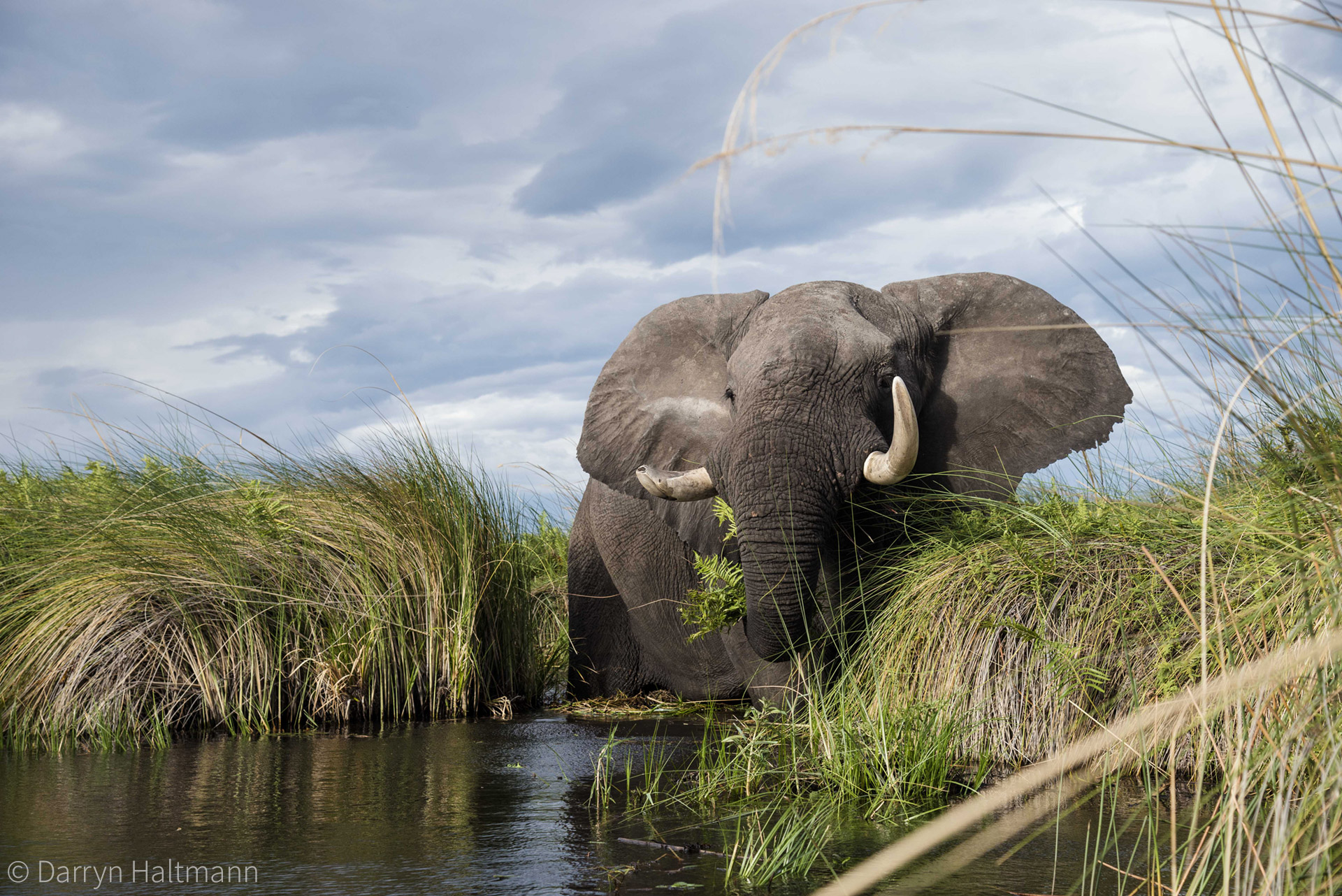
April: Though the temperatures of the nights can drop rapidly, the daytime April temperatures tend to be pleasant and warm (still hot on some days). The antelope species explode into rutting season, and the dry floodplains are dominated by fighting impala rams that have spent the rainy season preparing for this crucial moment. If the rains started early in Angola, the water levels might well begin to rise in April, and there is a feeling of electric energy in the air before the dry season begins.
May: The hot days without rain begin to dry out the surrounding seasonal waterholes in the Chobe and Linyanti regions, while the floodwaters from upstream start to flow into the northern edges of the Delta. As a result, elephants and other plains wildlife are drawn to the Delta and thus the spectacular wildlife sightings of the Okavango dry season begin. As the water levels rise, water activities such as motorboating become possible throughout the region.
June: The coldest nights are recorded in June, with temperatures dropping to around 2˚C each night but the days are pleasantly mild, especially for those not accustomed to southern African heat. June is also denning season for the region’s painted wolf (African wild dog) packs which often results in more frequent sightings, and the thinning vegetation improves the quality of all sightings. June marks the beginning of the high season and safaris should be planned well in advance.

July: July marks the height of the flood and water levels have risen throughout the region, becoming essential for the wildlife of the area as the dry season takes hold. The vegetation begins to turn brown; trees lose their leaves, and the days are dusty.
August: The wildlife viewing in August in the Delta is extraordinary as animals are forced to congregate along the edges of waterways in search of food. The days are just starting to warm up, and the water levels remain relatively high, so land- and water-based activities are possible throughout the region. For birders, herons, storks and egrets arrive in their hundreds to begin building their nests in the lagoons.
September: The temperatures begin to rise dramatically in September, and the Okavango Delta is the only source of food and water for all wildlife of the region. The water levels start to recede, and the only greenery around is close to the waterways, making September one of the best months for wildlife sightings.

October: October is one of the hottest months in the Okavango, with daytime temperatures regularly peaking over 40˚C without the relief of afternoon thunderstorms. The almost non-existent vegetation makes it easy to spot predators, and they are never far from the channels, making them the highlight of an Okavango Delta safari in October. The flood levels have dropped considerably and, depending on the area, some water activities may no longer be possible.
November: The arrival of the rainy season also sees the arrival of tsessebe, lechwe and impala calves. The predators have no sympathy for the vulnerability or innocence of these youngsters and take full advantage of the situation against the backdrop of the first thunderstorms of the season.
December: As the second wettest month of the year, there is always the possibility of being rained out, but the wildlife viewing remains good, and it is an exceptional experience to watch the bush rejuvenating with the relief of the rains. The water levels themselves are low across the Delta, so this is not the best time of year for those interested in the water activities apart from some of the more central and northern lodges which have access to deeper water for most of the year.
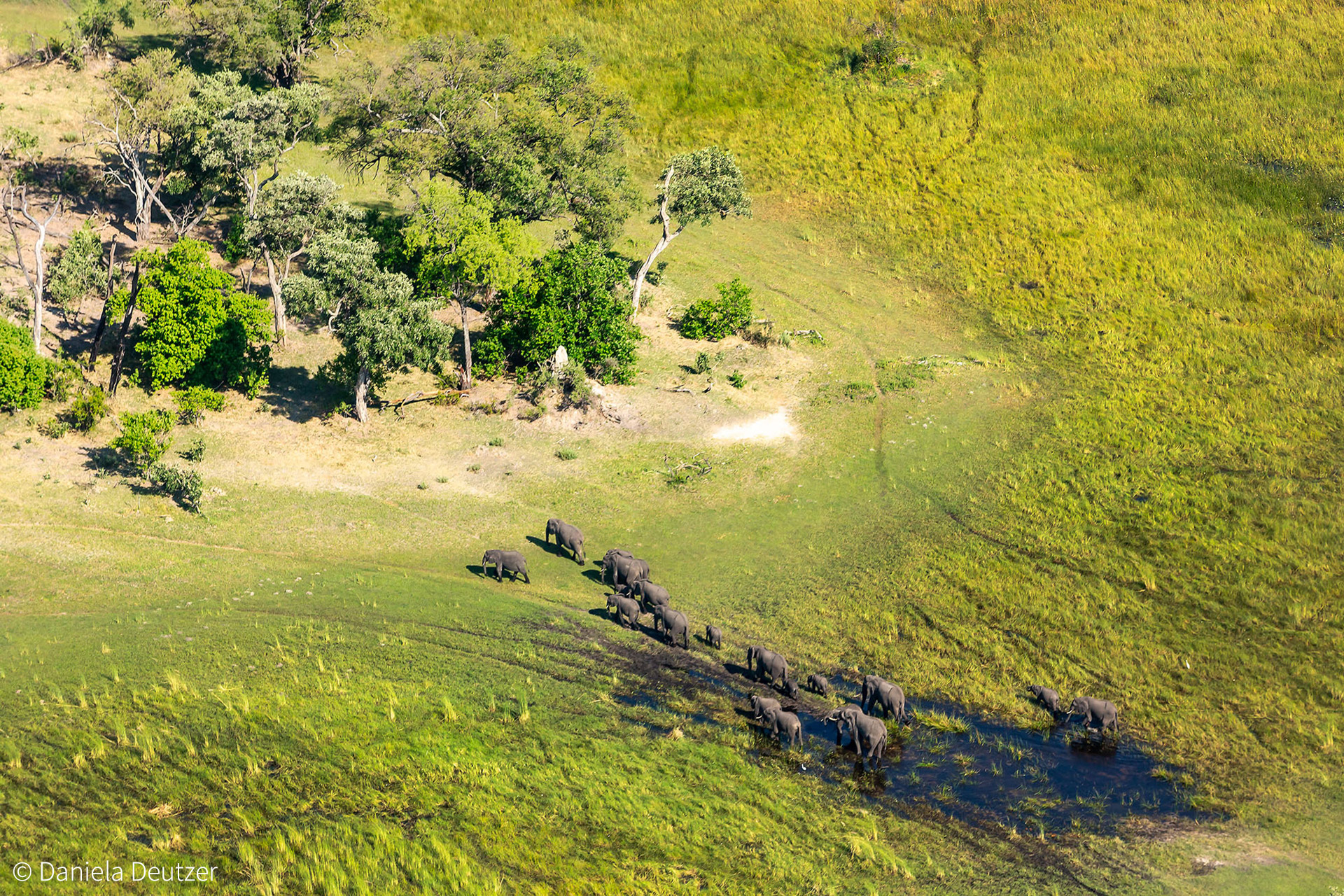
Year-round delights
While it is undoubtedly true that the peak safari season of June to October offers the best wildlife sightings, the Okavango is a wilderness area that offers unique attractions all year round. The low-density tourism model adopted by the Botswanan authorities means that most safari experiences in the Delta are through luxury camps and lodges, many of which have exclusive access to private concessions. This, in turn, means that the revenue necessary to conserve a key wilderness area can be maintained with minimal impact on the area itself.
The wildlife sightings are extraordinary, offering anything from the Big 5 to enormous herds of red lechwe plunging through the shallow floodplains, secretive sitatunga, wild dogs, two hyena species and massive herds of buffalo and elephants drawn to the only permanent water during the dry season. The Okavango is a twitcher’s paradise and every year a variety of bird species nest side by side at enormous heronries – herons, storks, darters, egrets (including slaty egrets) and occasionally even pink-backed pelicans all using the same trees or matted reed-beds to breed.
As would be expected, the water canals are also home to many fish species including tilapia, tigerfish and catfish and ‘catch-and-release’ fishing is permitted along the Panhandle. Decreasing water levels at the end of the flood season also result in the annual catfish run where thousands of African sharptooth catfish swim back up the channels, hunting and being hunted as they go.
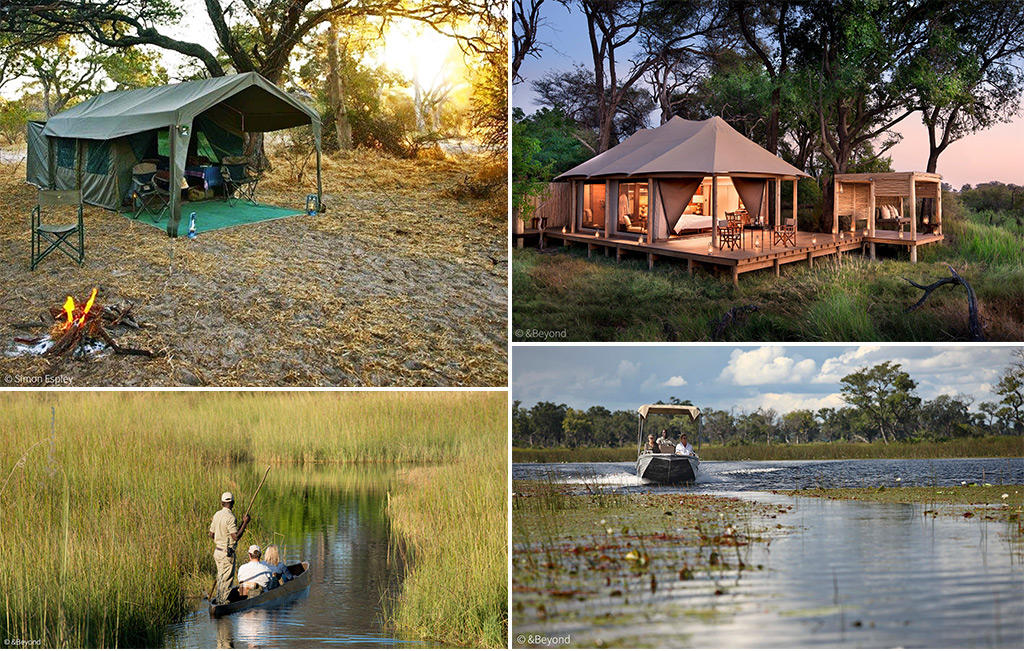
Africa’s Eden
The combination of natural beauty and ecological importance of the Okavango Delta has led to it gaining several affectionate nicknames, from the ‘Jewel of the Kalahari’ to ‘the Louvre of the desert’ and ‘Africa’s Last Eden’. The Okavango Delta is a natural phenomenon created by a unique combination of geographic, climatic and biological conditions where the natural fauna and flora have adapted to an ever-changing ecosystem. For visitors to this iconic wilderness, this means a chance to explore an almost untouched, pristine wetland system where Africa’s wild dramas have played out mostly unchanged for the past 60,000 years.
EXPLORE & STAY
Check out our preferred camps & lodges for the best prices, browse our famous packages for experience-based safaris and search for our current special offers .
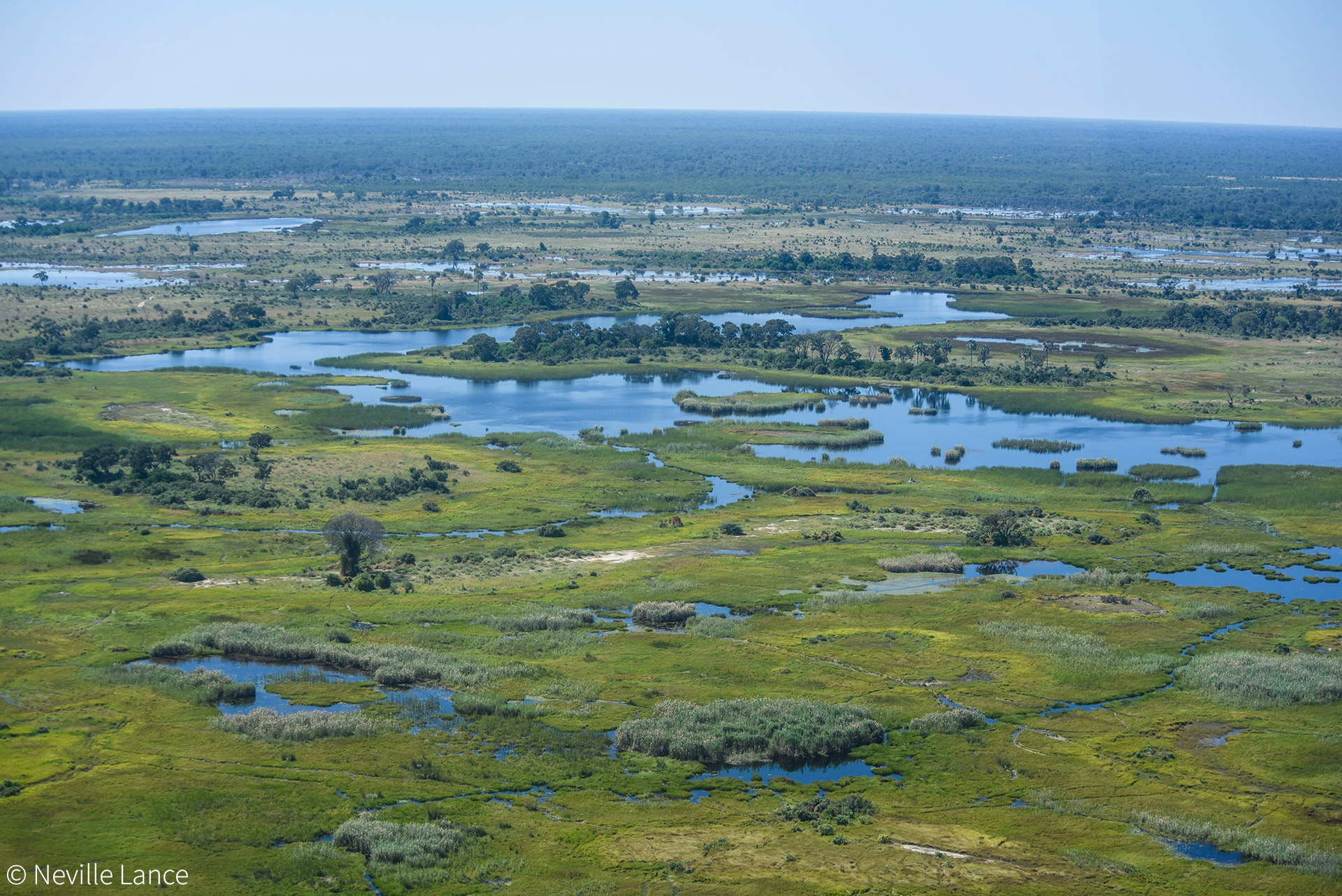
HOW TO GET THE MOST OUT OF AFRICA GEOGRAPHIC:
- Travel with us . Travel in Africa is about knowing when and where to go, and with whom. A few weeks too early / late and a few kilometres off course and you could miss the greatest show on Earth. And wouldn’t that be a pity? Browse our ready-made packages or answer a few questions to start planning your dream safari .
- Subscribe to our FREE newsletter / download our FREE app to enjoy the following benefits.
- Plan your safaris in remote parks protected by African Parks via our sister company https://ukuri.travel/ - safari camps for responsible travellers
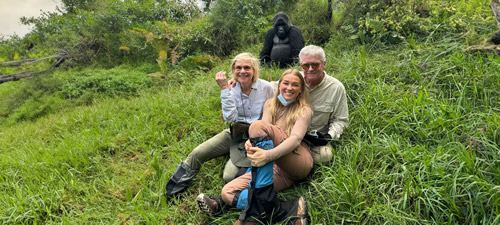
Friend's Email Address
Your Email Address

- South Africa
- Philippines
- Faroe Islands
- Netherlands
- United States
- French Polynesia
- New Zealand
The Ultimate Guide to the Okavango Delta: A Journey into Untamed Wilderness
Welcome to the ultimate guide to the Okavango Delta, a mesmerizing oasis located in the heart of Botswana . This expansive wetland, renowned for its abundant wildlife and breathtaking scenery, offers an unforgettable experience for nature enthusiasts and adventure seekers alike.
In this comprehensive guide, we will equip you with all the essential information to plan a successful trip to the Okavango Delta.
When to go to the Okavango Delta
The best time to visit the Okavango Delta is during the dry season, which typically runs from May to October. During this period, wildlife congregates around water sources, resulting in excellent game viewing opportunities. The weather is pleasant, with cooler temperatures and minimal rainfall.
However, if you wish to witness the delta’s breath-taking birdlife, consider visiting during the wet season (November to April), when migratory birds arrive and the landscape transforms into a lush paradise.
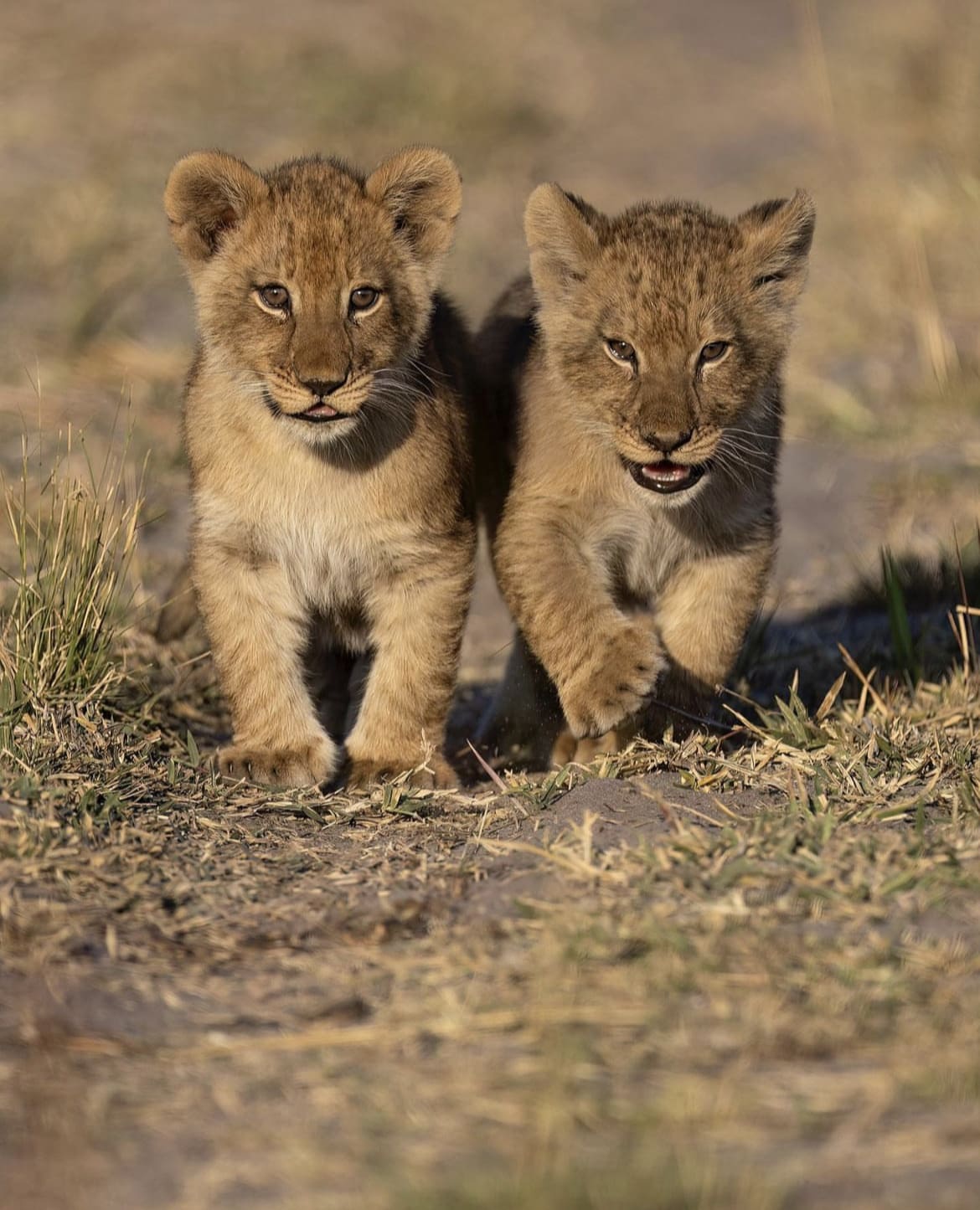
Things to Do
Embark on mokoro excursions: Glide through the tranquil waters of the delta on a traditional dugout canoe, known as a mokoro, and immerse yourself in the serenity of the surroundings while encountering incredible birdlife and observing aquatic creatures.
Go on walking safaris : Explore the delta’s diverse ecosystem on foot, accompanied by experienced guides who will lead you through the wilderness. Witness the intricate details of the flora and fauna up close, and gain a deeper appreciation for the delta’s natural wonders.
Birdwatching: The Okavango Delta is a haven for bird enthusiasts, with over 400 species of birds. Keep your binoculars handy to spot iconic species like African fish eagles , Pel’s fishing owls, and vibrant lilac-breasted rollers.
Fishing: Engage in catch-and-release fishing for species such as tigerfish and bream. Feel the excitement as you cast your line in the delta’s waters, surrounded by breathtaking landscapes and abundant wildlife.
Immerse in local culture: I nteract with local communities , such as the Maun people, and gain insights into their traditional way of life. Participate in cultural activities, such as dance performances and handicraft workshops, to learn about the delta’s rich cultural heritage.
Relax and soak in the surroundings: Simply take the time to unwind and appreciate the delta’s stunning scenery. Sit by the water’s edge, listen to the sounds of nature, and let the tranquility of the Okavango Delta wash over you.
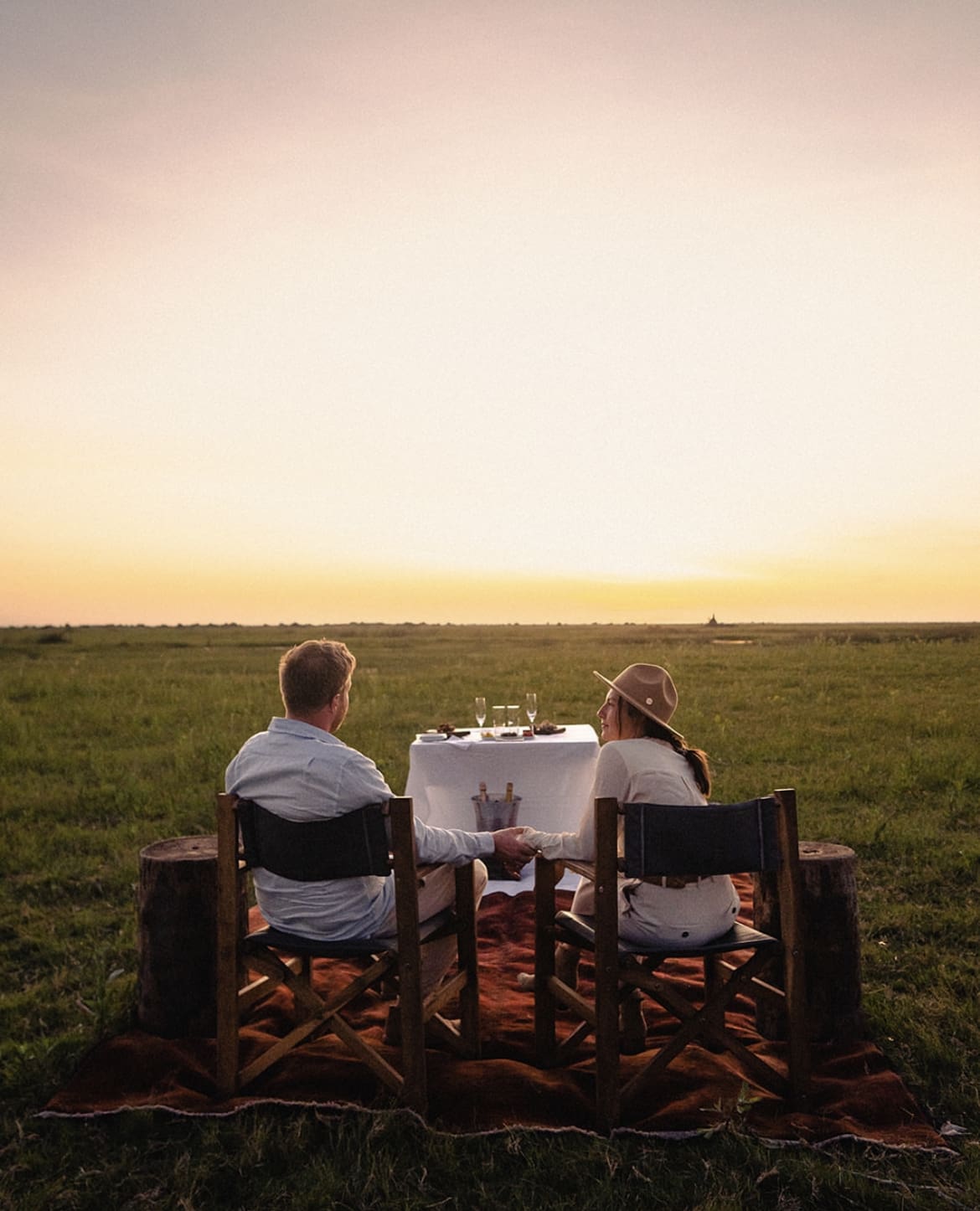
Where to Stay
Luxury lodges.
Indulge in the ultimate comfort and exclusivity by staying in one of the delta’s luxurious lodges. These accommodations offer spacious rooms or suites, gourmet cuisine, and impeccable service, providing a lavish retreat in the heart of the wilderness.
Tented Camps
For an authentic safari experience, opt for a tented camp that blends seamlessly with the natural surroundings. These camps offer comfortable amenities while maintaining a sense of adventure, allowing you to immerse yourself in the sights and sounds of the delta’s untamed beauty.
Mobile Safaris
Explore different regions of the delta by opting for a mobile safari, where camps are set up in various locations. This allows for a more immersive and flexible experience, as you can venture deeper into the delta’s diverse landscapes and wildlife-rich areas.
Private Concessions
Stay in a private concession area, which offers exclusivity and intimate wildlife encounters. These concessions often have fewer tourists and provide opportunities for off-road game drives and night safaris, allowing you to delve deeper into the delta’s wildlife and natural wonders.
Community-Based Camps
Consider staying in community-based camps, which are owned and operated by local communities. By choosing these accommodations, you can directly contribute to the conservation efforts and community development initiatives in the Okavango Delta while experiencing the warmth and hospitality of the local people.
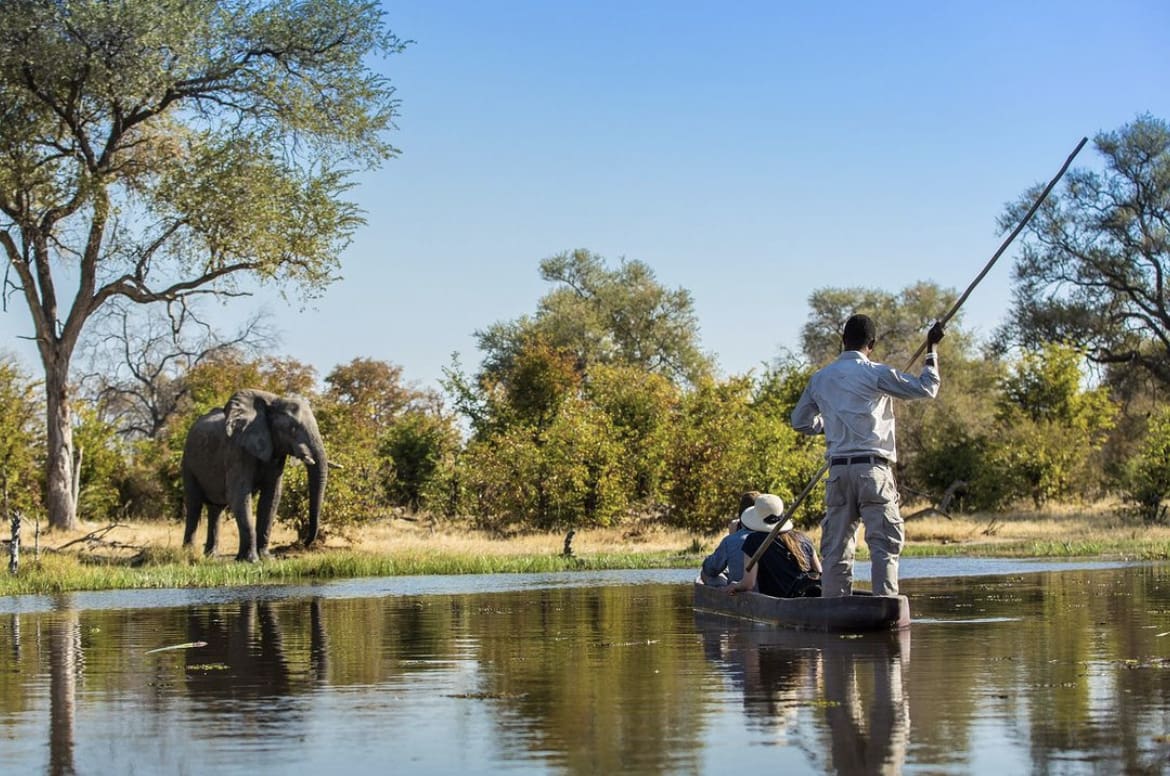
The Okavango Delta is a wildlife enthusiast’s paradise, boasting an astonishing diversity of flora and fauna. This unique ecosystem supports a remarkable array of wildlife, making it one of Africa’s premier safari destinations.
Large mammals roam the delta’s lush landscapes, providing incredible sightings of majestic elephants gracefully meandering through the water channels and open plains. Buffalo herds gather near water sources, allowing visitors to witness the raw power and social dynamics of these formidable creatures. Giraffes , with their long necks, browse on the treetops, while zebras and wildebeests traverse the delta during their seasonal migrations.
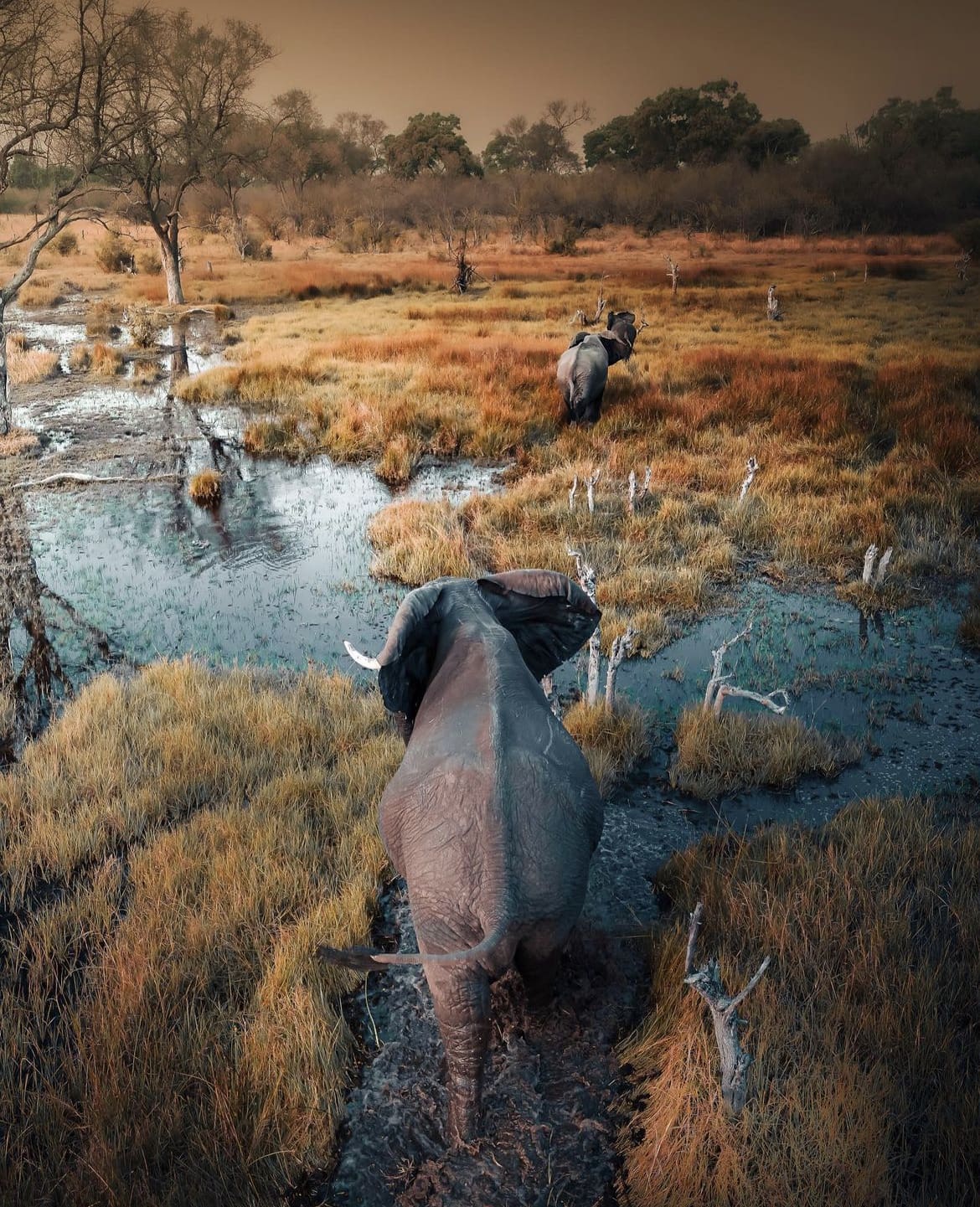
The Okavango Delta is renowned for its predator populations, offering thrilling encounters with big cats. Lions can be observed lazing under the shade of trees or embarking on a hunt, displaying their strength and strategic prowess. Leopards, though elusive, occasionally reveal themselves draped over tree branches or stealthily stalking their prey. The delta is also home to the agile and swift cheetahs, known for their incredible speed.
The intricate network of waterways and lagoons in the Okavango Delta teems with a rich diversity of aquatic life. Crocodiles sunbathe on the riverbanks, while pods of hippos wallow in the shallow waters, creating a symphony of grunts and splashes. Keep an eye out for the elusive sitatunga antelope, uniquely adapted to the delta’s semi-aquatic environment.
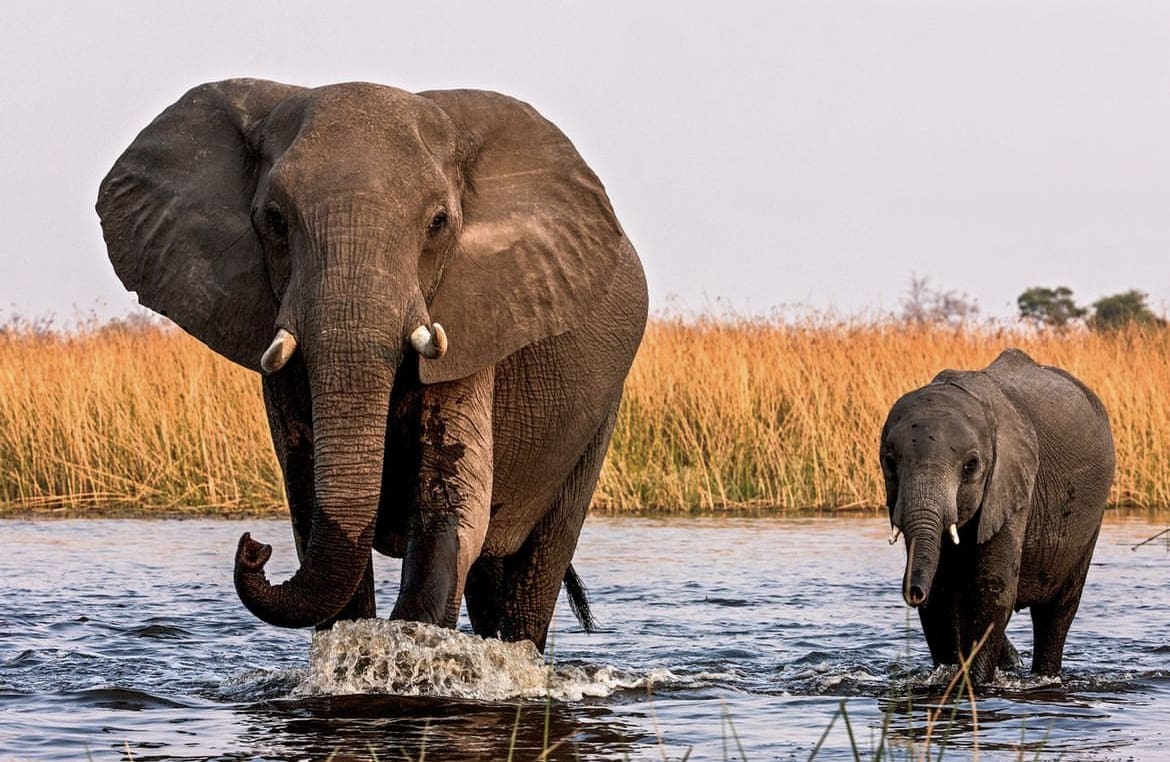
Birdwatchers will be enthralled by the Okavango Delta’s remarkable avian diversity, with over 400 species recorded. Majestic African fish eagles soar through the skies, colorful lilac-breasted rollers perch on branches, elegant African jacanas gracefully walk on water lilies, and the endangered wattled crane graces the wetlands. The delta offers a haven for bird enthusiasts, showcasing a wide range of waterbirds, raptors, and unique species.
Beyond the well-known animals, the Okavango Delta is home to unique and lesser-known species. The rare African wild dog, also known as the painted dog, can be found here, offering a chance to witness their fascinating social dynamics and incredible hunting techniques. The elusive pangolin, covered in scales, ventures through the delta, and the intriguing aardvark emerges at night to forage for termites.
Exploring the Okavango Delta’s remarkable wildlife is a truly immersive and awe-inspiring experience. Whether on thrilling safari drives, tranquil mokoro excursions, or walking safaris, visitors have the opportunity to witness the wonders of nature firsthand and create unforgettable memories in this untamed wilderness.
Safari Drives
Safari drives in the Okavango Delta offer thrilling opportunities to encounter the region’s iconic wildlife. Led by experienced guides, these drives take you through diverse landscapes, including grasslands, floodplains, and woodlands, in search of elephants, lions, leopards , giraffes, and an array of antelope species.
As you navigate the delta’s network of winding tracks and water channels, keep your eyes peeled for sightings of predators in action, such as lions on the prowl or leopards lounging in the trees. Night drives also provide a chance to observe nocturnal creatures, including hyenas and servals, as they become active after sunset.
Safari drives in the Okavango Delta offer a blend of excitement and tranquility, allowing you to witness the natural wonders of this pristine wilderness and create unforgettable wildlife encounters.
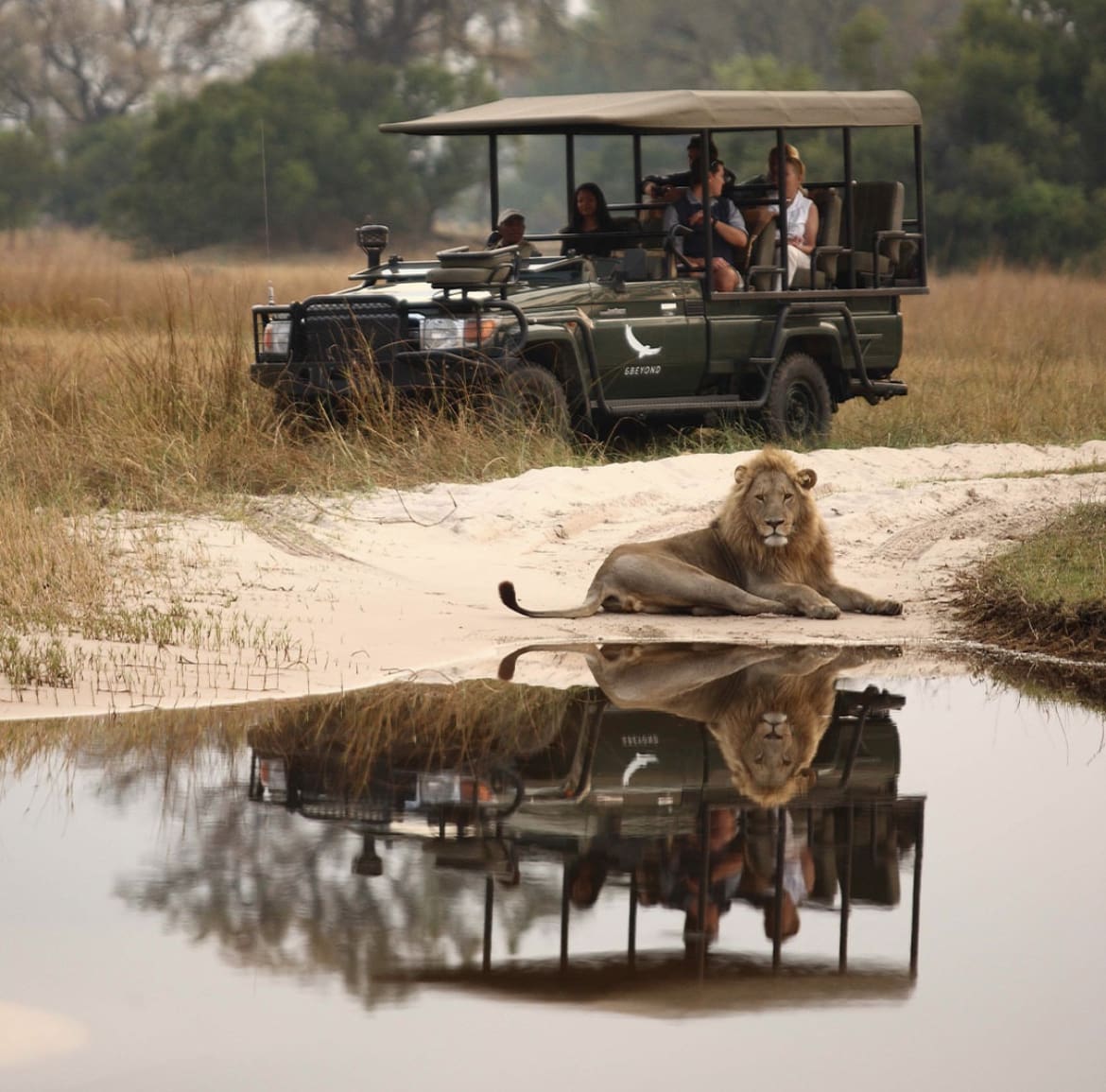
Moremi Game Reserve
Moremi Game Reserve, located within the Okavango Delta, is a wildlife enthusiast’s paradise. This protected area offers breathtaking landscapes, from vast floodplains to lush woodlands, providing a habitat for a wide range of wildlife species.
Explore the reserve on game drives, where you may spot African wild dogs, elephants, hippos, crocodiles, and an array of birdlife. The combination of diverse ecosystems and abundant wildlife makes Moremi Game Reserve a must-visit destination for an unforgettable safari experience in the Okavango Delta.
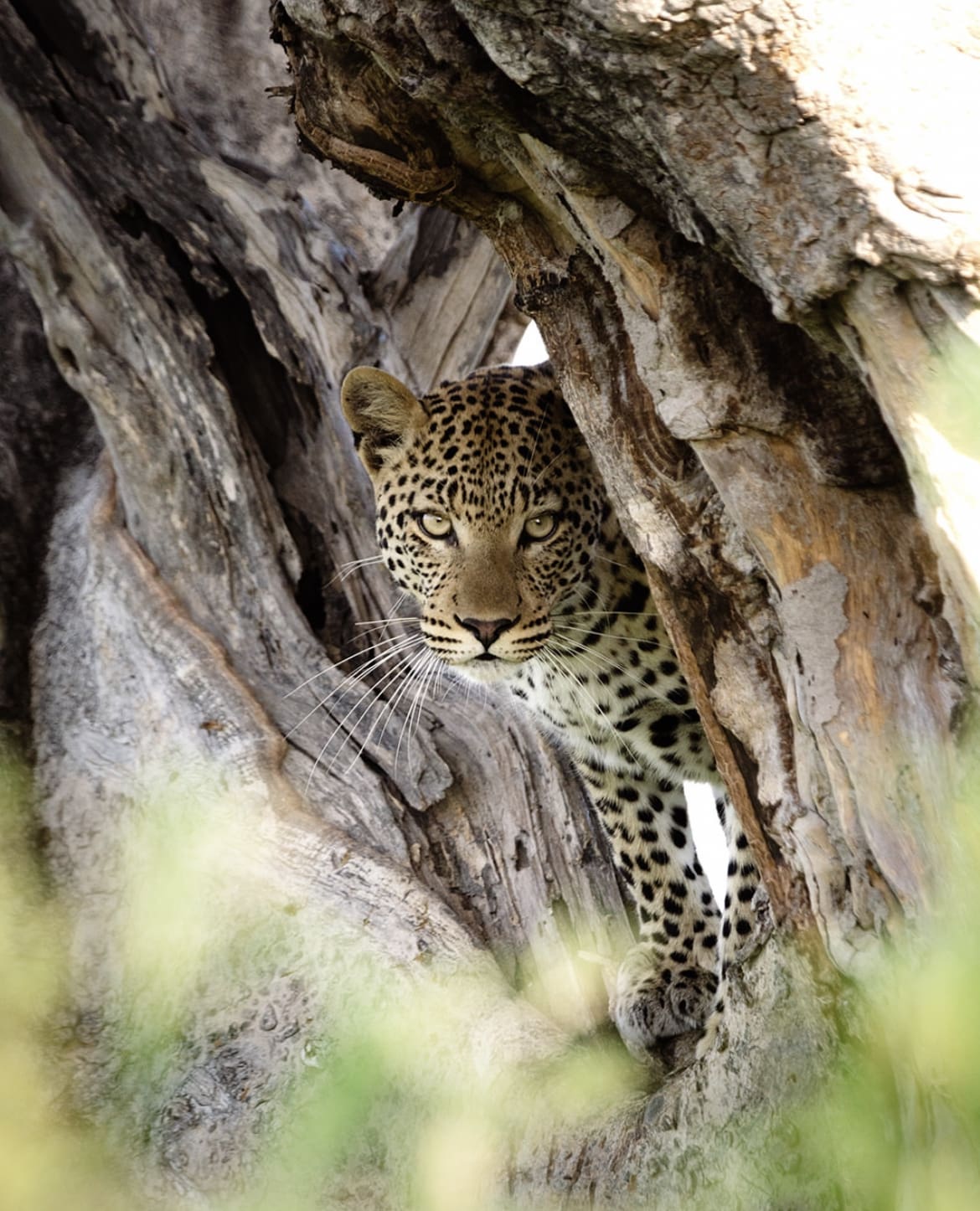
How to get to the Okavango Delta
To reach the Okavango Delta, you will typically fly into Maun, Botswana’s tourism capital. From Maun, you can take a chartered light aircraft flight to one of the delta’s airstrips, which are located near various lodges and camps.
Alternatively, you can opt for a scenic road transfer from Maun to lodges situated on the periphery of the delta. It’s important to note that access to certain areas within the delta may require additional charter flights or boat transfers, depending on the specific location and accommodation you choose.
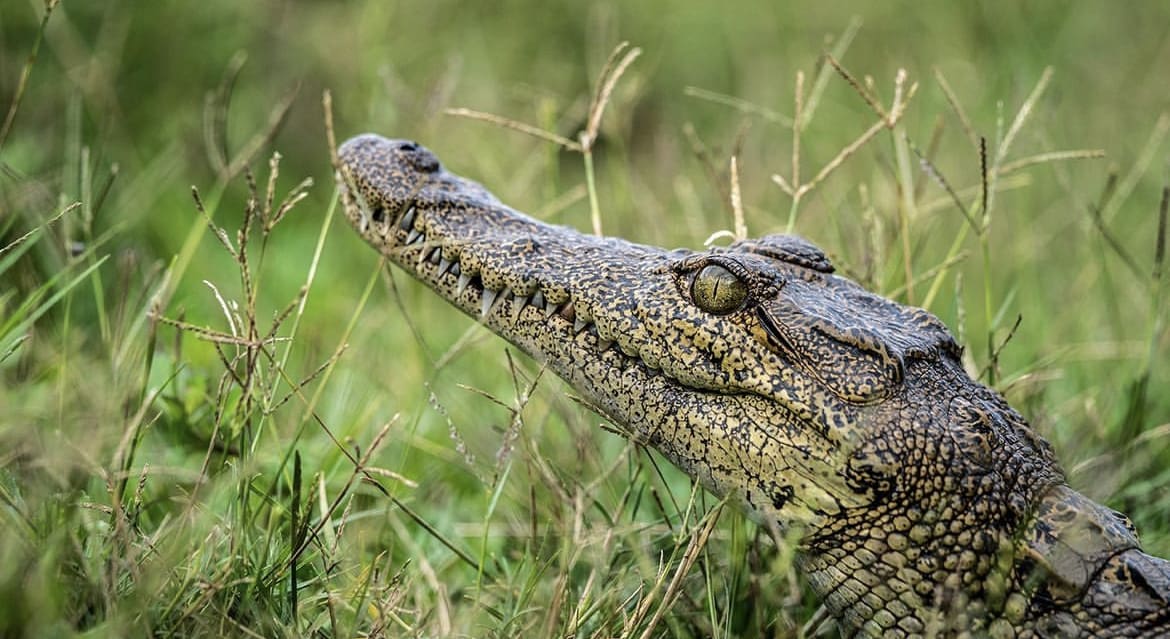
Tips for Your Visit
1. Pack light and practical clothing suitable for the safari environment, including neutral colors for wildlife viewing. Don’t forget essentials like a hat, sunglasses, sunscreen, and insect repellent to protect yourself from the sun and bugs.
2. Bring a good pair of binoculars and a high-quality camera to capture the stunning landscapes and wildlife encounters. Ensure you have enough memory cards and batteries to last throughout your trip.
3. Follow the guidance of your guides and respect wildlife viewing guidelines. Maintain a safe distance from animals and never attempt to touch or feed them. By practicing responsible and ethical behavior, you contribute to the conservation efforts and ensure the safety and well-being of both yourself and the animals.
4. Be prepared for varying weather conditions. While the Okavango Delta generally has a dry season from May to October, it’s essential to pack a light jacket or fleece for cooler mornings and evenings. During the wet season (November to April), pack a raincoat or poncho and waterproof footwear.
5. Disconnect from technology and embrace the serenity of the delta. The remote wilderness of the Okavango Delta offers a chance to disconnect from the outside world and immerse yourself in the natural wonders. Take this opportunity to appreciate the breathtaking landscapes, sounds of nature, and the company of fellow travelers.
6. Stay hydrated and drink plenty of water, especially in the hot and dry months. Remember to bring a reusable water bottle to reduce plastic waste.
7. Listen to the advice and stories shared by local guides and staff. They possess extensive knowledge about the delta’s ecosystem, wildlife, and cultural heritage, which enhances the overall experience of your visit.
By following this comprehensive guide, you are well-equipped to embark on an unforgettable journey into the untamed wilderness of the Okavango Delta. Get ready to create lifelong memories amidst breathtaking landscapes and remarkable wildlife encounters.
STAY UPDATED
Join our community of keen travellers, wildlife enthusiasts and adventure seekers..
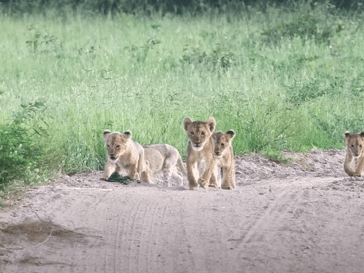
WATCH: A Lioness Is Reunited With Her Lost Cubs
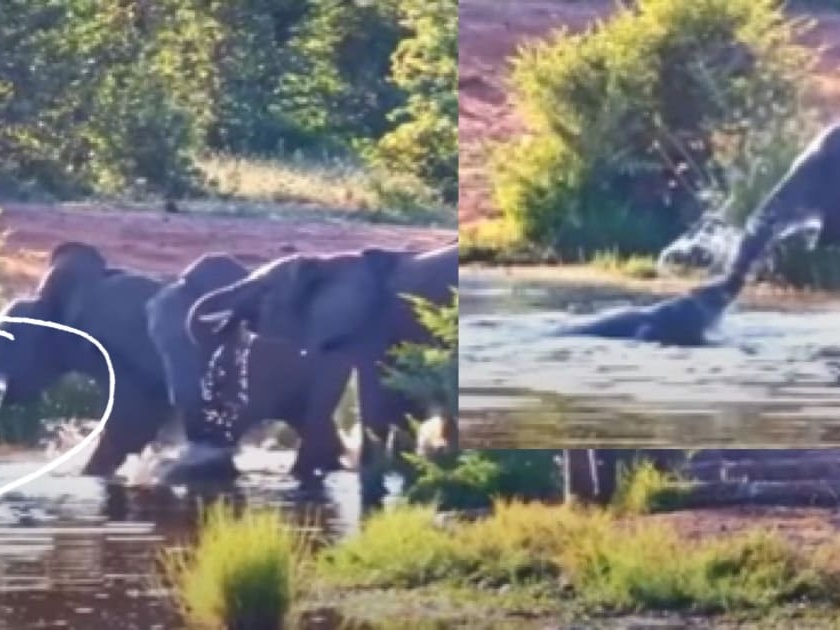
WATCH: Crocodile Takes On 5 Different Elephants In The Zambezi
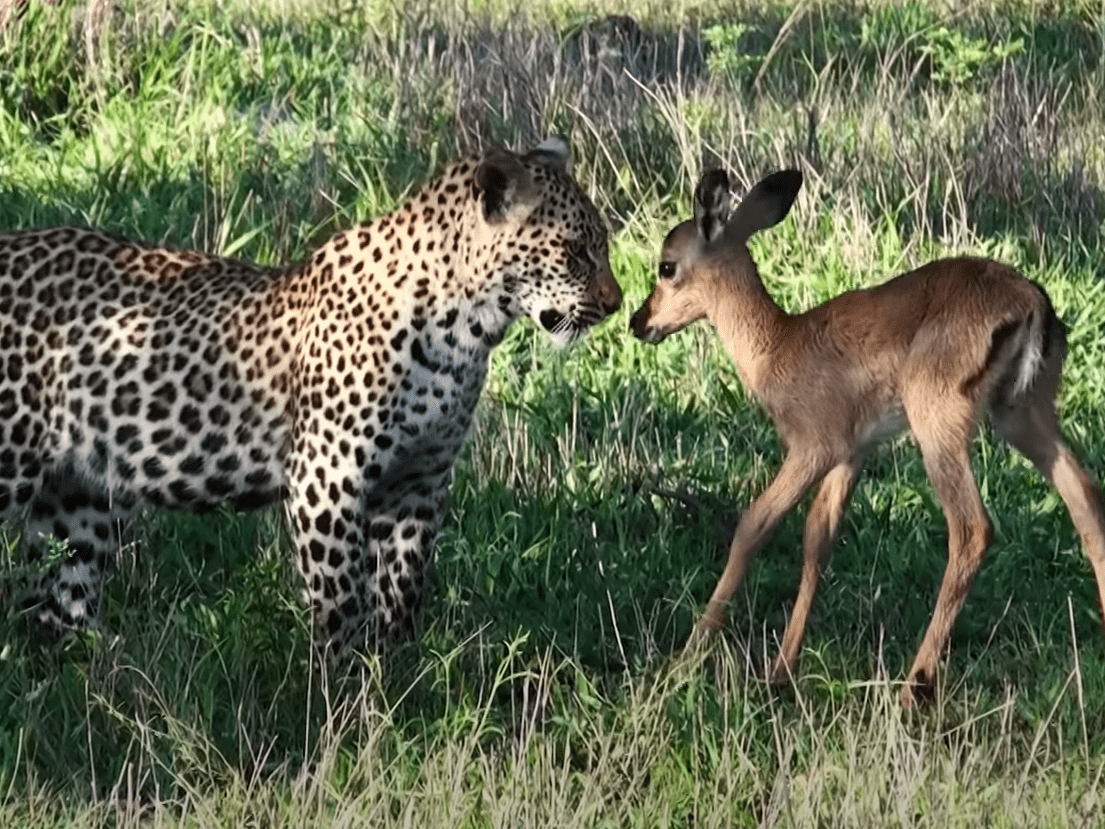
WATCH: Mother Leopard Teaches Her Cubs How To Hunt
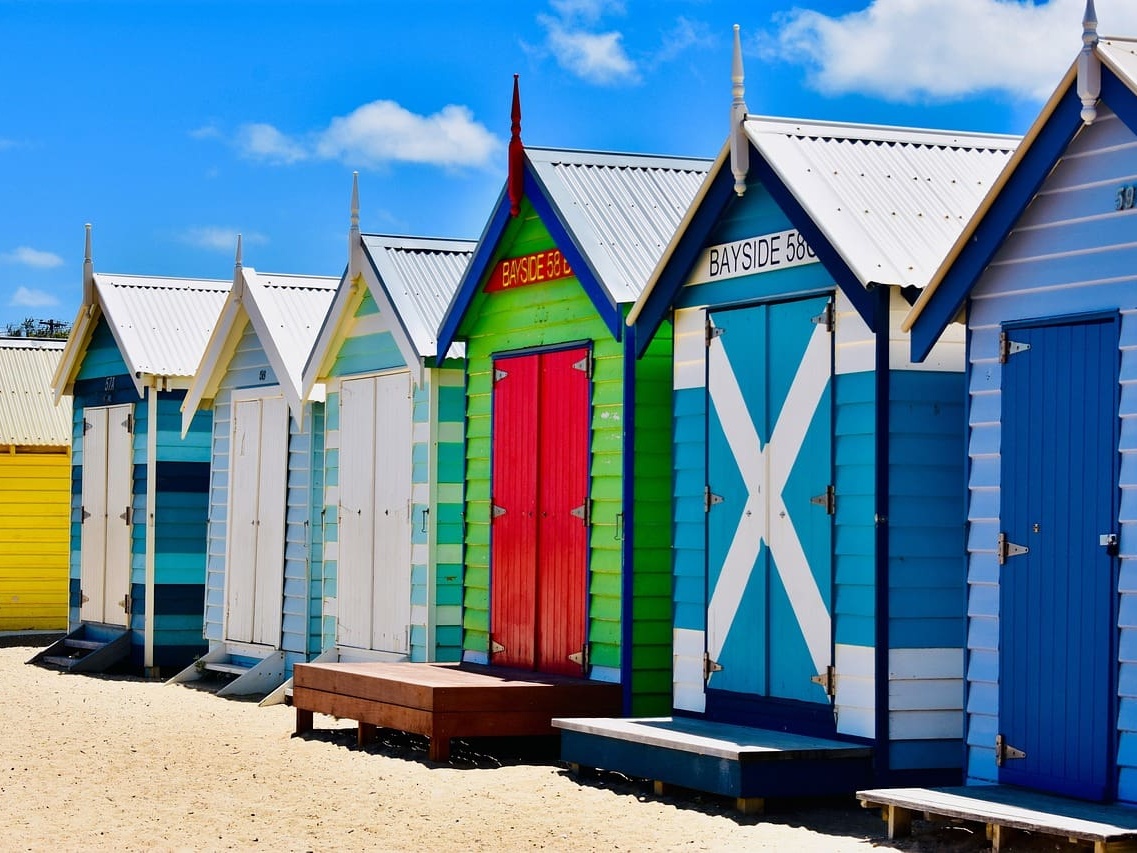
What is the Time in Melbourne, Australia?
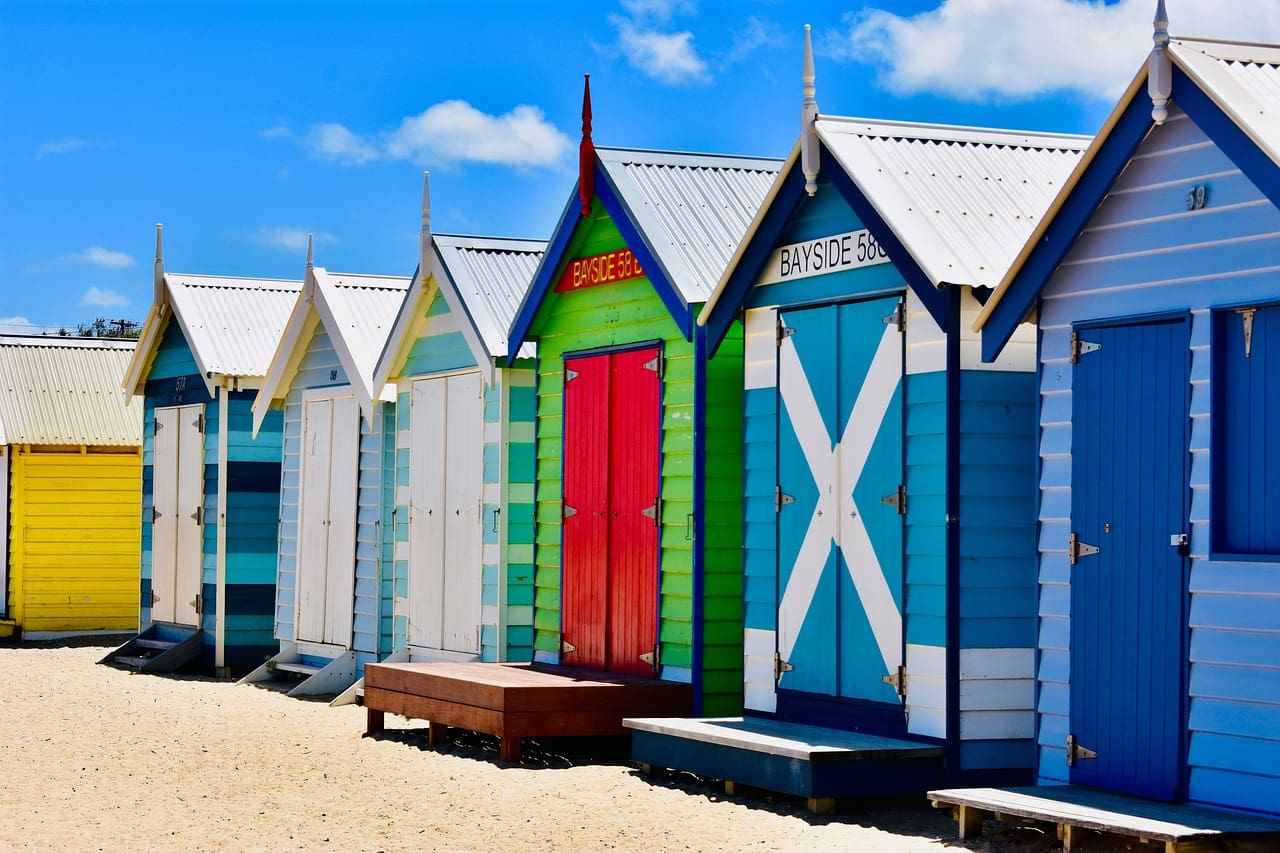
May 10, 2024
Is it Melbourne-morning, Melbourne-midday, or Melbourne-mystery hour right now? Figuring out the time down under can be tricky, but it's vital if you're syncing up with virtual coworkers, catching a flight, or planning your ultimate Aussie adventure. Knowing Melbourne's clock connects us globally, so let's break down the nuances to avoid those annoying middle-of-the-night texts.
Time Zone Basics
In Melbourne, Australian Eastern Standard Time (AEST) is king during most of the year, putting this city 10 hours ahead of Coordinated Universal Time (UTC +10:00). But as if time zones weren't confusing enough, daylight saving swoops in.
From the first Sunday in October to the first Sunday in April, the city shifts an hour forward to Australian Eastern Daylight Time (AEDT), which is UTC +11:00. This yearly time jump ensures more sunlight for those summer evenings at the beach.
Read Next: 20 Top Things to Do in Melbourne, Australia
Practical tips.
If you're wondering how Melbourne stacks up against other global cities, here's a handy comparison: it's 14 hours ahead of New York during Standard Time (AEST) and 16 hours ahead during Daylight Time (AEDT). London is a manageable 9 or 11 hours behind, depending on the season. And if you're coordinating with Tokyo, it's a straightforward one-hour difference.
For travel pros, a few key tips: If you're landing at Melbourne Tullamarine Airport at 8 a.m., remember most hotels won't have their check-in desks ready until the afternoon. Your best bet is to stroll into one of the city's iconic laneways and grab a much-needed flat white. Planning a business meeting? Make sure you've got an app like World Clock or Time Zone Converter handy to avoid scheduling woes.
The city's best hours vary by your vibe. Catch a morning coffee in one of Melbourne's laneways around 9 a.m. and watch the city buzz to life. As the day progresses, it's all about winding down at 6 p.m. with a local craft beer on St. Kilda Beach, basking in the sunset glow.
Read Next: The Top 10 Beaches in Melbourne, Australia
When is the best time to visit melbourne, australia.
The best time to visit Melbourne depends on what you want to experience, but the general consensus is that autumn (March to May) and spring (September to November) are ideal. Here's why:
- Autumn (March to May): Melbourne transitions from summer heat to cooler temperatures, typically ranging from 11°C to 20°C (52°F to 68°F). The city is alive with events like the Melbourne Food and Wine Festival and the AFL (Aussie Rules Football) season. Parks and gardens are stunning with the autumn foliage, and it's a perfect time for day trips to nearby wineries or the Great Ocean Road.
- Spring (September to November): Spring brings vibrant blooms to the Royal Botanic Gardens and public spaces, with mild temperatures similar to autumn. Melbourne Cup Carnival, an internationally famous horse racing event, takes place in early November. There are also loads of cultural festivals and the lively Melbourne Fringe Festival.
- Summer (December to February): This season is perfect for beachgoers, with temperatures soaring between 14°C to 26°C (57°F to 79°F). You can hit St. Kilda Beach or explore the nearby Mornington Peninsula. But keep in mind that January, with the Australian Open tennis tournament and other festivities, can get crowded and pricey.
- Winter (June to August): Although chilly (lows around 6°C/43°F), winter has its own charm. It's the season for hot chocolate, jazz festivals, and cozying up in Melbourne's famous laneway cafes. Winter is quieter, and some travelers prefer the city with fewer tourists.
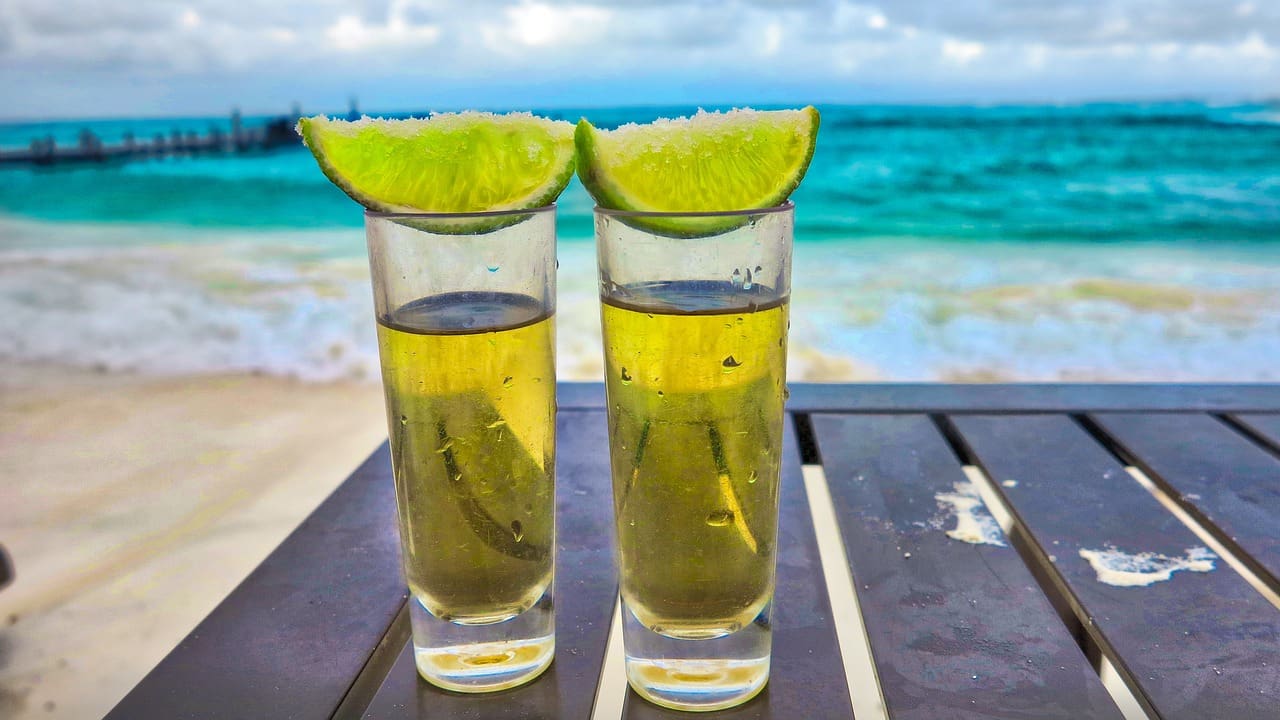
What Is The Time In Cancun, Mexico?
Lost in the daily grind? If you're dreaming of Cancun’s crystal-clear waters and vibrant nightlife, you'll want to be on time for the party. But what’s the time in Cancun right now?
Time Zone Overview
Cancun operates on Eastern Standard Time (EST), making it the same time zone as cities like New York.
The only twist? It doesn't observe daylight saving time like most other places, so while your clocks at home may spring forward or fall back, Cancun keeps the same rhythm year-round.
Cancun has a lively, relaxed vibe, but when it comes to time, there are a few things to know. Expect dinner to start later than you might be used to, with restaurants buzzing from 8 p.m. onward. As for nightlife, things really kick off around 10 p.m., so pace yourself. And if you're heading to a party or an event, "Mexican time" may mean it starts fashionably late, so embrace the laid-back pace.
Travel Tips
To make the most of your trip, you’ll want to ensure a smooth landing at Cancun International Airport. It's one of the busiest airports in Latin America, with plenty of flight options from major cities like Miami, Chicago, and Los Angeles.
Once you touch down, arrange an airport transfer in advance or be prepared to haggle with local taxi drivers. Also, do yourself a favor and switch your phone's clock to Cancun time as soon as you land so you won't miss any tours or beach-hopping excursions.
While in Cancun, don't miss an unforgettable sunset at Playa Delfines, best savored with a local ceviche. Or, stroll through Mercado 28, but keep an eye on your watch because this colorful market closes earlier than you’d think.
When Is The Best Time To Visit Cancun?
December to April: This is considered the peak season when the weather is at its best: warm, sunny days and cool evenings. You'll experience the least rainfall, making it ideal for lounging on the beach or exploring ruins. But be prepared for higher prices and larger crowds, especially during spring break.
May to August: These months are warmer and more humid, but if you don't mind the heat and potential for brief rain showers, you can still enjoy plenty of beach time. Plus, it's a great period for diving and snorkeling with whale sharks.
September to November: This is the hurricane season and the least busy time to visit. You might encounter more rain, but if you're a budget traveler who doesn’t mind the occasional shower, you'll find great deals on accommodations and tours.
So, if you're after the perfect combo of ideal weather, vibrant events, and fewer crowds, late November and early December or April are your sweet spots!
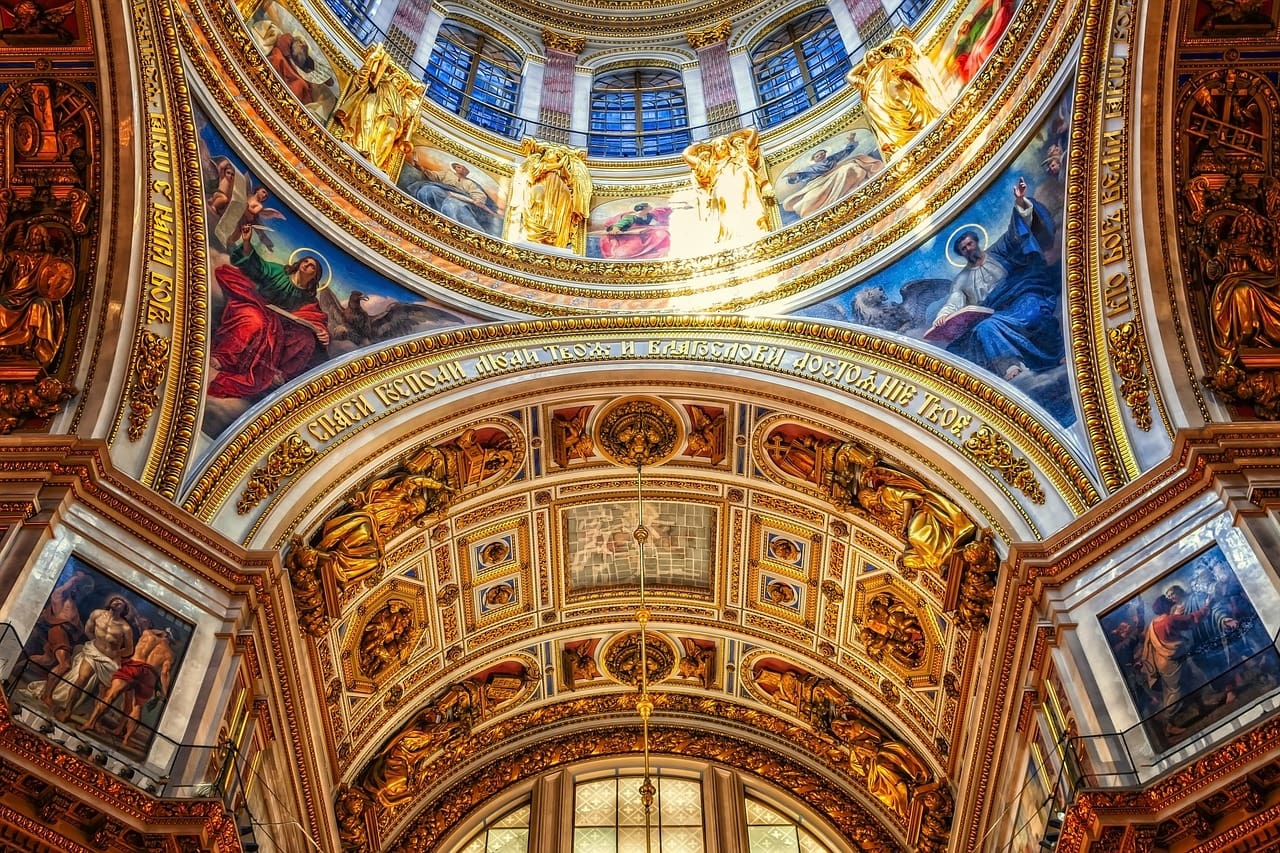
What Is The Time In Russia?
Time in Russia is a bit like the country’s immense geography: sprawling, layered, and always intriguing. With an expanse so vast it stretches across two continents, Russia is split into a staggering 11 time zones.
Navigating this temporal diversity is an adventure in itself, offering a kaleidoscope of hours that challenge even the most experienced globetrotter.
Let’s explore how time ticks in the land of birch forests, vodka, and iconic architecture.
The Concept of Time Zones in Russia
Russia is the largest country on Earth, and with that vastness comes a whole world of time zones. Divided into 11 zones, Russia has no shortage of hours to choose from. At the heart of it all is Moscow Time (MSK, UTC+3), which is the reference point for most national scheduling. Whether you’re a traveler, businessperson, or simply curious about the world’s largest nation, Moscow Time is the compass you’ll want to follow.
In 2010, Russia decided to trim down its time zones from 11 to 9 in an attempt to simplify things. But not long after, in 2014, the government brought back the full lineup to better match each region’s natural rhythms. Because why not make things a bit more colorful?
Major Regional Time Zones and Key Cities
Now that we’re anchored to Moscow Time, let's take a ride across the country and explore a few key time zones and cities.
- Moscow Time Zone (UTC+3): Moscow and St. Petersburg, the country's glittering urban hearts, follow Moscow Time. With its cosmopolitan vibe and rich history, this zone buzzes with energy day and night.
- Yekaterinburg Time Zone (UTC+5): Yekaterinburg and Chelyabinsk, gateways to the Urals, lie two hours ahead of Moscow. These industrial hubs balance European and Asian influences.
- Omsk Time Zone (UTC+6): Omsk and Novosibirsk, the capitals of Siberia, offer their own distinctive mix of Soviet legacy and modern innovation.
- Krasnoyarsk Time Zone (UTC+7): Krasnoyarsk and Irkutsk represent the wild heart of Russia, where forests, mountains, and the world-famous Lake Baikal set the tone.
- Yakutsk Time Zone (UTC+9): Yakutsk, Vladivostok, and the Russian Far East are where Asia takes over. Home to icy winters and maritime vibes, these cities are the final frontier before Japan.
Navigating Travel and Time Changes
For travelers making their way across Russia’s immense terrain, navigating the time zones is no easy task. Moscow serves as the central gateway, not just geographically but also temporally, with Moscow Time being the gold standard for connecting flights and transit schedules. Pro tip: set your watch to Moscow Time to avoid missing those tight connections.
However, jet lag can become your eternal companion if you’re hopping from the west to the eastern coast or vice versa. Plan your transit carefully, and don’t underestimate the impact of traversing multiple time zones in a single day!
When Is The Best Time To Visit Russia?
The best time to visit Russia largely depends on the kind of experience you're seeking. Here are the most popular seasons and their unique offerings:
- Highlights: Long days, warm temperatures, and the White Nights in St. Petersburg (where the sun barely sets).
- Activities: Perfect for sightseeing, boat trips, and outdoor events.
- Considerations: Popular tourist destinations can be crowded, and prices are typically higher.
- Highlights: Fall foliage paints cities and countryside in vibrant hues.
- Activities: Less crowded landmarks and reasonable prices. Autumn festivals offer cultural immersion.
- Considerations: Temperatures can drop quickly toward the end of October.
- Highlights: Snow-covered cities transform into fairytale landscapes, especially around the holidays.
- Activities: Winter sports like skiing, ice skating, and dog sledding. New Year's celebrations are extravagant.
- Considerations: Very cold temperatures, particularly in Siberia. Winter clothes are essential.
- Highlights: Cities thaw, and blossoms fill the parks and gardens.
- Activities: Fewer crowds and moderate temperatures make for pleasant sightseeing.
- Considerations: March can still feel like winter, while April and May are more comfortable.
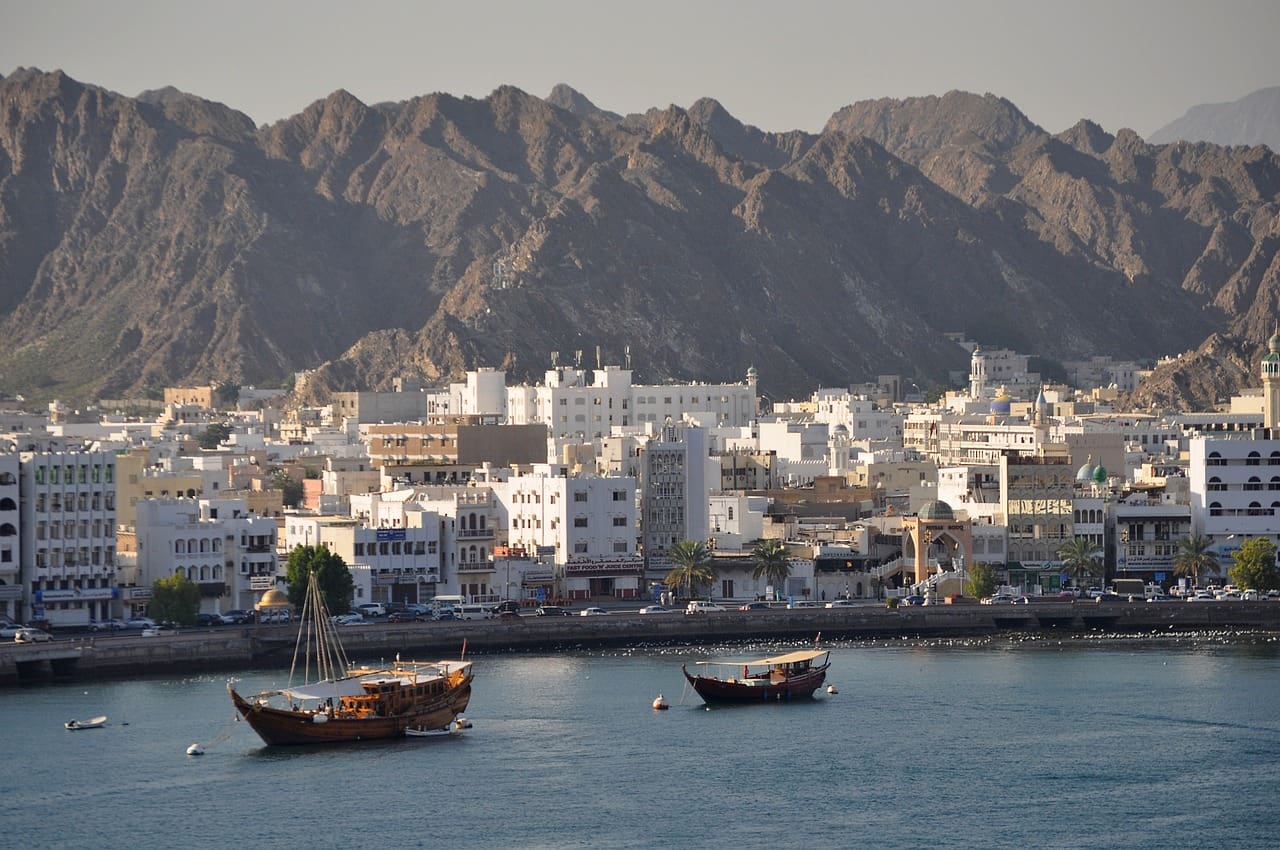
What Is The Time In Oman?
What is the time in oman.
Time. It's a slippery concept, isn't it? It feels different depending on where you are and what you're doing.
And if you find yourself in Oman, you’re in for an experience where time marches to a rhythm that's both ancient and modern. So, what is the time in Oman? Let’s find out.
Geographical Context
Oman sits snugly on the southeastern edge of the Arabian Peninsula, a rugged and enchanting land where deserts stretch endlessly and the Arabian Sea beckons with its turquoise waters. When it comes to time zones, Oman is aligned with Gulf Standard Time (GST), which means it's four hours ahead of Coordinated Universal Time (UTC +4).
This places Oman in the same time zone as the United Arab Emirates but an hour ahead of Saudi Arabia.
Daily Rhythms in Oman
The daily rhythms in Oman are shaped by its rich cultural tapestry. As in many other predominantly Muslim countries, prayer times form a natural backbone for daily schedules. The call to prayer echoes from the mosques five times a day, dividing the day into distinct segments that give a sense of flow.
Oman's time-consciousness comes alive in bustling souks where vendors eagerly bargain over aromatic spices, shimmering textiles, and handcrafted jewelry. But don't be fooled—modern coastal cities like Muscat and Salalah hum with a cosmopolitan vibe, balancing the old-world charm of the souk with sleek, air-conditioned malls and trendy cafes.
Travel Tips
If you’re flying into Oman, you’ll most likely land at Muscat International Airport, conveniently connected to major global hubs like London, Dubai, and Mumbai. Direct flights are plenty, and if you're hopping over from neighboring Gulf states, it’s just a short jaunt.
When adjusting to Oman’s time zone, plan on giving yourself a day to acclimate, especially if you're coming from farther afield. Jet lag is no joke, but Omani hospitality will have you back in sync in no time. And a pro-tip for travelers: pack light and loose clothing to survive the Omani heat. For those braving the midday sun, seek shade and hydrate generously.
If you're a sunrise seeker, head to the Jebel Akhdar mountains for a stunning daybreak over the highlands, but beware: the crisp morning air can be a tad chilly! Or, if you're more of a sunset chaser, Mutrah Corniche is your best bet, offering a perfect blend of serene waters and a bustling market vibe as the sun dips below the horizon.
When Is the Best Time to Visit Oman?
Timing is everything, especially when it comes to visiting Oman. This Arabian jewel dazzles year-round, but if you're looking to maximize your adventure with pleasant temperatures and picture-perfect landscapes, it's all about choosing the right season. So, when's the best time to visit Oman? Let's break it down.
For most, the sweet spot lies between October and April. During these months, temperatures mellow to a comfortable 20-30°C (68-86°F), making it ideal for exploring the cities or venturing into the golden dunes of the Wahiba Sands. The evenings are balmy but bearable, perfect for wandering through Muscat's historic Mutrah Souk or dining on fresh seafood along the Corniche.
Winter (December to February) is particularly delightful, with a cool breeze brushing against your face as you gaze out at the azure waters of the Arabian Sea or hike through the dramatic peaks of the Al Hajar Mountains. The air gets crisp in higher elevations like Jebel Shams and Jebel Akhdar, where temperatures occasionally dip close to freezing. But if you're all about that chill life, pack a cozy sweater and embrace it!
Spring (March to April) is the season of blooms, and nowhere is this more vivid than in the lush terraced farms of the Dhofar region. Here, frankincense trees dot the landscape while vibrant flowers burst into color, making it a photographer's dream.
If you're thinking of visiting Oman in the summer (May to September), brace yourself for the blazing heat, especially in the inland desert areas where temperatures can soar above 45°C (113°F). But don’t sweat it just yet—there's a little-known secret called the Khareef season that transforms Salalah in the south into a verdant paradise. Between July and September, the annual monsoon brings cool mist, lush greenery, and cascading waterfalls, offering a refreshing escape from the northern heat.
No matter the season, Oman remains an alluring destination, beckoning explorers with its diverse landscapes, rich heritage, and warm hospitality. The trick is to pack wisely, plan ahead, and let the spirit of exploration lead the way.
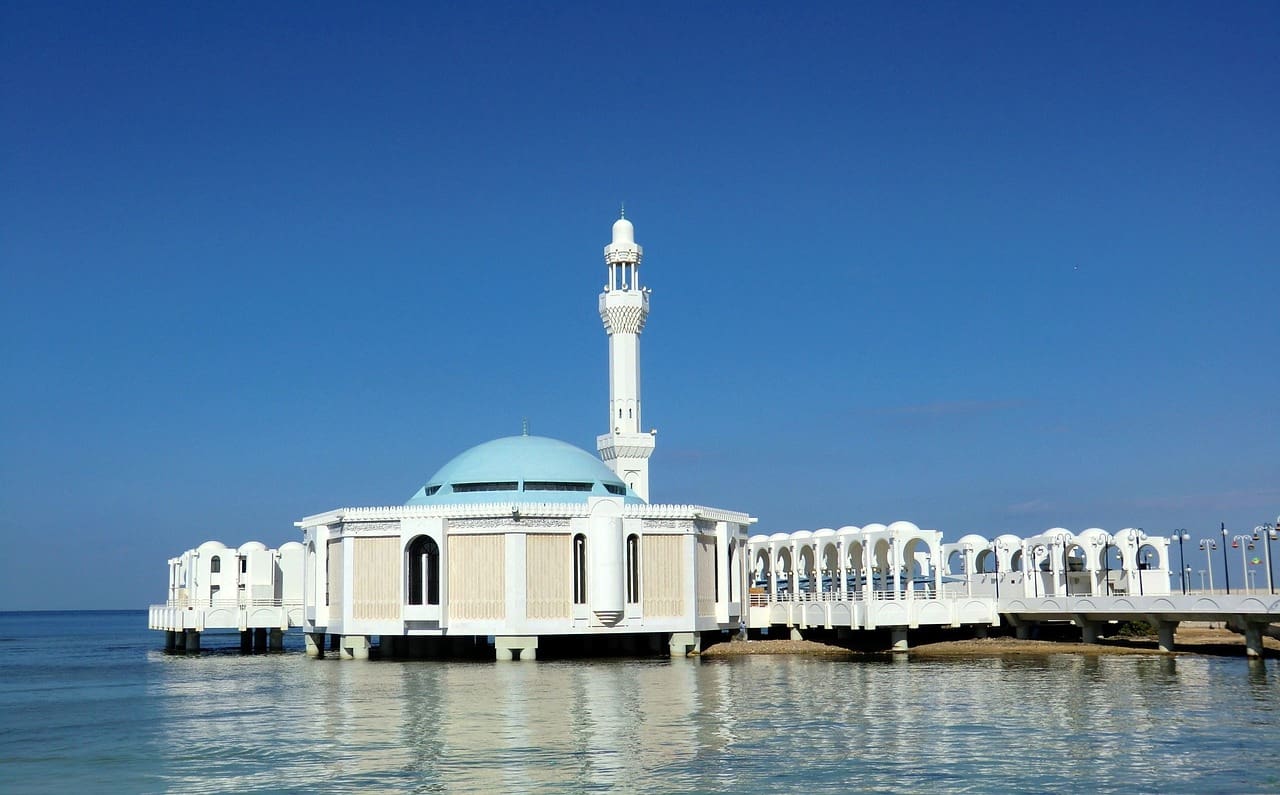
What Is The Time In Jeddah?
Welcome to the wonderful world of time zones, where keeping track of the hour can make you feel like you're starring in your own sci-fi thriller. If you're trying to sync up with your pals or nail that business meeting across the globe, knowing the time in Jeddah is crucial. So let’s break down what you need to know about keeping up with the clock in Saudi Arabia’s commercial jewel.
Time Zone Details
Jeddah runs on Arabian Standard Time (AST), which is UTC +3. What does that mean for the time-challenged among us? It’s three hours ahead of Coordinated Universal Time.
Unlike many other places around the world, Saudi Arabia skips the whole daylight saving time ritual, so you won’t find your clock springing forward or falling back. The good news? You don’t have to stress about seasonal shifts making your head spin
Why Knowing the Time Matters
For business, Jeddah is a major commercial hub with multinational corporations, thriving marketplaces, and fast-paced networking. The right time can be the difference between securing that big deal and missing out because you called during someone's lunch break. With punctuality being a virtue, syncing up with Jeddah's local time zone is a must.
As for travel, you’ll want to ensure that you’re on time for your flight to King Abdulaziz International Airport or know exactly when to set out for that desert safari. Whether you’re wandering the historic Al-Balad or chilling by the Red Sea, being prompt will make your trip infinitely smoother.
Travel Tips and Recommendations
Flights land at King Abdulaziz International Airport, a 30-minute drive from downtown Jeddah. For smooth travel, book your ride to the city in advance, and have your documents ready for customs. For places to stay, you’re spoiled for choice. From high-end beachfront resorts to more budget-friendly boutique hotels, there's something for every travel style.
Cultural customs are crucial. Be mindful of prayer times, which are observed five times a day. It’s normal for businesses to pause during these moments, so plan around them and stay cool.
When Is the Best Time to Visit Jeddah?
Timing is everything when planning your adventure to Jeddah, and it's not just about setting your clock right. For the ultimate experience in Saudi Arabia's gateway to the Red Sea, plan your trip between November and March. During these months, the city enjoys relatively mild temperatures, ranging from the comfortable mid-20s to the low-30s Celsius (mid-70s to high-80s Fahrenheit). You'll be able to wander through Al-Balad without wilting, or stroll the corniche with a cool sea breeze keeping you fresh.
Summer months, especially June through August, can be sizzling hot, with temperatures soaring well over 40°C (104°F). The scorching heat can make exploring more challenging, particularly for those unaccustomed to desert climates. But if you’re up for a tropical adventure, the Red Sea is still pleasant for diving and snorkeling, and you'll find fewer tourists around.
Spring and fall offer a balance between comfortable temperatures and fewer crowds. The springtime blossoms at King Fahd’s Fountain Park or a relaxed walk through the Jeddah Waterfront bring a blend of tranquility and cultural richness that's hard to match.
So, pack your sunscreen, grab a sun hat, and time your visit just right for an unforgettable journey!
Privacy Preference Center
Privacy preferences.
Okavango Delta

- 3 Other destinations
- 4 Understand
- 6 Get around
- 12 Stay safe
- 13 Stay healthy

The Okavango Delta is a region in Botswana .
Regions [ edit ]

- Kalahari Basin
The Kalahari Desert lies in the Kalahari Basin, which is enormous, about five times the size of France , and the Basin covers all of Botswana and parts of her surrounding countries. The Kalahari Basin was created 135 million years ago when South America , Asia and Australia tore themselves away from Africa . The power of this event and of the secondary volcanic and earth shuddering activity it caused lifted the edges of southern Africa like a bowl, creating the Basin. Over many millions of years this part of the world passed through extremely dry periods, during which fierce sand storms dumped layer upon layer of sand into the basin. And today, 65 million years later, this is the oldest and largest stretch of sand on our planet.
These sands are about 250 m deep and geologically this area has looked almost the same for most of those 65 million years. Now in all honesty one million years is quite difficult for us to contemplate, let alone 65. But in terms of an almost unchanged landscape that is, even geologically speaking a long, long time. To put it into perspective only 12 000 years ago most of Europe was under ice and completely uninhabitable. And the rugged valleys of Scotland and Fjords of Norway were carved by that very same ice.
Because of this great age and because of Africa’s position in relation to the equator, Africa was largely unaffected but the last few ice ages and thus, when compared to the rest of the planet, Africa has suffered far less extinctions. The result of this an amazing diversity of plants, trees, birds and animals. To give you an idea of this diversity the Okavango Delta alone has as many species of trees as the whole of Western Europe .
- Kalahari Desert
The Kalahari is in the wet period of its 65-million-year history. It's most outstanding physical feature is the living desert. The sands of the Kalahari Desert have mostly been blown there rather than transported by water and thus are not very fertile. Even so, after good rains, grass is plentiful and this supports an astounding diversity of life. The Kalahari Desert is the last refuge of the San or Bushmen, who have roamed Southern Africa for the last 30,000 years and are now on the verge of extinction.
- Lake Makgadikgadi
At some stage in this 65-million-year period large Rivers flowed into the Kalahari Basin, creating a giant lake which in turn emptied into the Indian Ocean via the Limpopo River. And then about 50 000 years ago, due to the numerous fault lines in the area, all but the Okavango River were diverted, and the Lake began to shrink. Until about 10 000 years ago another fault effectively dammed the Okavango River creating the delta and leaving the Lake to become the largest the salt pan complex in the world, the Makgadikgadi Pans – an amazing expanse of whiteness the size of Switzerland .
Cities [ edit ]
- -18.369167 21.845833 1 Shakawe
- -19.983333 23.416667 3 Maun
- -18.75 22.1833 5 Sepupa
Other destinations [ edit ]

- -19.166667 23.166667 1 Moremi Game Reserve
Understand [ edit ]
The University of Botswana's Okavango Research Institute was established in 1994 to help understand the natural and human processes that shape the Delta, which became a Ramsar Wetland of International Significance in 1996. HOORC's multidisciplinary research teams provide the science to support the work of local, national and regional planning bodies such as the Okavango River Basin Water Commission . Flow [1] the HOORC Library weblog, reports research and news relevant to the Delta.
Get in [ edit ]
Most travellers start from Maun with their own car. You can also charter airplanes there or go on a tour with one of the flying-safari operators.
Get around [ edit ]
The villages of Sepupa and Shakawe can be reached by a bus (63.60 pula, 4½ hr, June 2011) from Maun . From the bus rank in Maun, there are daily departures of the bus to Shakawe at 8:30AM, 11AM, and 4:30PM. Sepupa is couple of stops before Shakawe . Ticket payment is collected on the bus. The bus is pretty basic: 5 non-reclining seats in a row, little leg-room and no bathrooms.
The bus drops you off in Sepupa next to a little store (about 3 km from the Swamp Stop and the shore river bank). If you are headed to Swamp Stop, ask to be dropped off by the turn with a sign “Swamp Stop”. Once in Sepupa, you will have to rely on flagging down a vehicle to give you a lift to the Swamp Stop. Sometimes part of the road to Swamp Stop gets flooded and you have to have someone from the Swamp Stop fetch you on a mokoro boat or on a tractor; so phone ahead of time or have a mobile handy.
See [ edit ]

- The Okavango Delta is one of the world's great inland waterways. The meandering Okavango River is breathtaking, seen either by boat, airplane or mokoro. The main choices are to go on safari in Moremi Game Reserve or stay at one or two of the many lodges. The animals, as outlined below, the birding, flora and fauna are spectacular. There are some amazing lodges like Oddballs Camp, and Delta Camp. A trip called the Trans Okavango takes you from the top of the Okavango Delta to Maun. This delta in northwest Botswana comprises permanent marshlands and seasonally flooded plains. In 2014 Okavango Delta was inscribed to the UNESCO World Heritage list .
- Tsodilo Hills . A 10-km² area UNESCO World Heritage Site due to its 4500 rock paintings. It's about a 40-km drive along a good grade dirt road from Shakawe .
Do [ edit ]
Go. It's amazing. Fabulous. One the most magical places in the entire world. The budget-minded can take the bus from Maun to Sepupa. There is now a river taxi that travels daily from Sepupa to Seronga and coordinates with the buses. If your timing is off stay at Swamp Stop overnight. In Seronga you can stay at the Polers Trust and enjoy the mekoro trips.
Much of the area is divided into large concessions run by various safari groups. Development is strictly regulated so that there is little development and lots of wildlife. It is expensive, but worth it to stay in some of these permanent tented campsites. The guides are knowledgeable, and the accommodations very comfortable. Wilderness Safaris runs many great camps. They are all inclusive: two wildlife rides a day, all meals, snacks and drinks are included in the price.
Eat [ edit ]
Drink [ edit ], sleep [ edit ].
- -18.75 22.1833 1 Swamp Stop River Camp , Sepupa village , ☏ +26772610071 . 12 air-conditioned chalets with en suite facilities. The showers have hot water, the restaurant offers a nice shaded space, to sit and watch the river flow by, and serves breakfast, lunch, and dinner, and there is a licensed bar. Activities include makoro trips into the Okavango, boat cruises, helicopter scenic flights, fishing and bird watching, extremely popular as the area features sightings of rare waterfowl, including the Pels Spotted Fishing Owl. ( updated Mar 2017 )
- -18.369167 21.845833 2 Kubu Queen House Boat , Shakawe village , ☏ +26772306822 . Go fishing or bird watching on the river boat at the Okavango Delta Panhandle. ( updated Apr 2018 )
Stay safe [ edit ]
The Okavango Delta is generally considered safe for travellers, although as with any part of Africa necessary precautions should always be taken. The Okavango is home to many potentially dangerous animals (including the Nile Crocodile, Lion and Hippo) but attacks on tourists are virtually unheard of, it is best to closely follow the instructions of your guide at all times.
Stay healthy [ edit ]
Malaria, along with many other mosquito-borne illnesses, can be present within the Okavango and thus preventive measures are imperative. The occurrence of mosquito-borne illnesses is much higher in the wet season (the same is true for any tropical location.)
Go next [ edit ]
- UNESCO World Heritage Sites
- UNESCO tag to be fixed
- Has custom banner
- Has mapframe
- Has map markers
- City listing with no coordinates
- See listing with no coordinates
- Okavango-Chobe
- All destination articles
- Extra regions
- Region articles
- Has Geo parameter
- Pages with maps
Navigation menu
TOP DESTINATIONS
- Kruger Park
- Okavango Delta
- Serengeti National Park
- Victoria Falls
TOP COUNTRIES
- South Africa
TRAVEL DEALS
View All Travel Deals
SOUTHERN AFRICA
East africa, indian ocean islands, top experiences.
- Beach Holidays
- Family Safaris
- Honeymoon Safaris
- Desert Safaris
- Luxury Rail Safaris
- Multi-Generational Safaris
- Positive Impact Safaris
- Photographic Safaris
- Walking Safaris
WILDLIFE SAFARI
- Big Five Safaris
- Birding Safaris
- Gorilla Trekking Safaris
- Migration Safaris
- Mobile Camping Safaris
- Horseback Safaris
FEATURED EXPERIENCES
Comfort levels, property types.
- Tented Camps
- Boutique Hotels
Featured Safari Collections
- Time & Tide
- Great Plains
- African Anthology
- Newmark Hotels
- Green Safaris
GET TO KNOW US
- Meet The Team
- Pricing Explained
- Traveller Reviews
- Traveller Stories
- Why Book With Us?
- HerdTracker
- Safari Cost Calculator
- South Africa In 360
- Trusted Safari Partners
What are you looking for?
- Safaris & Tours
- Destinations
- Experiences
- Accommodations
- Why book with us?
Hello traveller!
It's in Cape Town now.
We're sorry. Our safari planners aren't available now. Our office hours are 08:00 - 19:00 (GMT+2).
Call us to speak to an experienced safari planner.
Alternatively, we recommend...
Schedule a phone or Zoom call with one of our safari planners
Complete our travel enquiry form to connect with a safari planner

A traveller’s guide to the Okavango Delta

Alice Lombard
Destination Expert
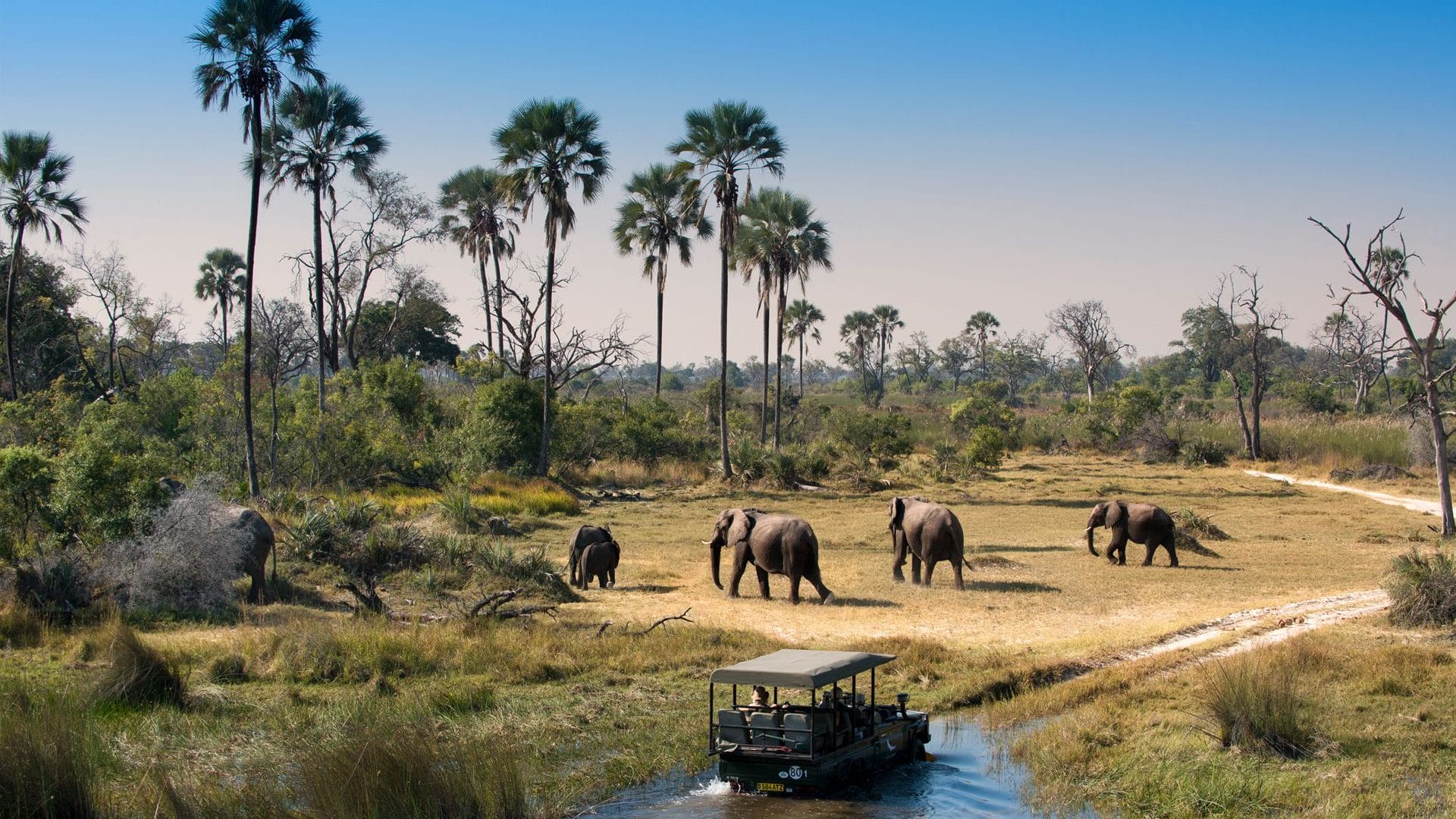
Author: Alice Lombard - 20 January 2017
Last Update: 30 January 2024
Part of the Visit Botswana & Botswana Tourism & African Safari Collection
The Okavango Delta is one of the most incredible wilderness sanctuaries in Africa – with 15,000 square kilometres of water channels, lagoons and islands. Each year, floodwaters flow from the central African highlands over 1,000 kilometres away from the Delta to create this wondrous wetland within a desert.
Okavango Delta is home to a large number of wildlife from common mammals and birdlife to those that are not often seen elsewhere – such as sitatunga, wild dog and wattled crane. However, mokoro excursions offer an authentic and unobtrusive insight into this incredible wetland paradise.
What to see
This was the second #leopard we saw in a single day. Her round belly indicates that she is pregnant ���� #OkavangoDelta #Botswana #natgeo#cntradar#wildlife A photo posted by Duygu Haker (@duyguhaker) on Jan 19, 2017 at 12:35am PST
Big game viewing is in the heart of the Okavango – with many species on offer including hundreds of elephant, buffalo, giraffe, zebra, hippo, crocodiles and not to forget the big cats such as lion, leopards and cheetah.
Here, you’ll find yourself exploring a lush paradise home to Africa’s most beautiful wildlife and bird species while submersing yourself in pure tranquillity and an African landscape unlike any other.
Where to stay
Belmond eagle island lodge.
Embark on the ultimate adventure, Helicopter and Horseback Safari at #BelmondEagleIslandLodge. Spot big game from the sky on a sunrise helicopter ride. Then, a guide will lead you through the bush on horseback, with the chance to ride beside buffalo, elephants and wild dogs at hunt. #DiscoverBelmond #BelmondSafaris A photo posted by Belmond (@belmond) on Sep 30, 2016 at 8:43am PDT
The Eagle Island Camp lies within Botswana's magnificent Okavango Delta. Beautifully located on the island of Xaxaba and surrounded by exotic Illala Palms, the luxurious and remote Camp overlooks a surrounding lagoon which is fed by the tranquil waterways of the Delta.
Being shaded by indigenous trees, this Camp provides a calm retreat from the warm African sun. This camp's natural beauty and serene tranquility make it a memorable getaway from where Africa's untamed wildlife can be observed. To read more, visit this website .
Machaba Camp
When the African sun reaches its peak in the sky, it's time to take a dip in the pool. Enjoy a refreshing swim with cocktails and snacks, while the animals continue to graze around the camp. #MachabaSafaris #okavangodelta #africansafaris #botswana #instatravel #skiesoverafrica #MachabaCamp #LittleMachaba #pool #swimming #luxurydestinations #luxurytravel #cocktails A photo posted by Machaba Camp – Botswana (@machabacamp) on Oct 10, 2016 at 10:34pm PDT
The Machaba Camp nestles in the Khwai area of Botswana's great Okavango Delta in Southern Africa. The name Machaba comes from the local Setswana name for the Sycamore Fig Tree, which is known in Africa as the tree of life. Machaba trees feature a copious amount of fleshy fruit which a vast array of animals feed on including elephant, baboons, bushbuck, green pigeons and others.
The Camp is aimed at the affordable luxury travel markets across the world and offers a unique and adventurous safari experience; it appeals to the novice safari guest as well as to the seasoned traveller.
This Camp has also won the (Best Value Safari Property in Botswana – 2014), received a highly commended award for (Best Value Safari Property in Africa – 2014), and named (Best New Safari Property in Botswana – 2015).
Shinde Camp
Early morning tranquility #shindecamp #lookingforhippos #safari #africa #sunrise #beautiful #reflection #boat A photo posted by Momma Salamat (@dianasalamat) on Aug 27, 2016 at 11:41pm PDT
Shinde Camp offers a diverse range of activities, courtesy of its location which affords both water and land activities year round. Motorboats or Mekoro provide a chance to experience the incredible bird, plant and reptile species found in the aquatic habitat of the Okavango Delta. Game drives are conducted by a professional guide in comfortable, specially designed game drive vehicles. For the more adventurous at Shinde Camp, guided walks are also available while fly fishing enthusiasts will enjoy fishing for a variety of species such as tilapia and tigerfish.
Miss my horse! �� #hippowatching #botswana #okavangodelta #horsebackriding #horse #africa #hippos #safari #savannah #delta #wanderlust #backpacking #beautifulworld #ilovemyjob #ilovemylife #photography #travells #travelling A photo posted by Katarina Gospic (@katarinagospic) on Jan 15, 2017 at 4:10am PST
Exploring the Okavango is a must for any tourist visiting Botswana. Here, you’ll have an endless list of activities to participate in. Game drives will allow you to get up close to the area’s exceptional wildlife. However, in some cases, the guides will be able to identify individual animals and let you know about their history and habits. Through mokoro you will glide silently through the channels – however, you will also see animals that feed on the grass and reeds on the palm islands such as lechwe, sitatunga, elephant, hippo and crocodile. Encounter boat safaris that will allow you cover more ground and see more of the landscape, fish at the Panhandle region and fly over rivers as well as pool dotted with lily pads – as well as a variety of wild animals that inhabit this unique habitat. Okavango horseback safari will provide you with the opportunity to venture up close to the Delta’s spectacular wildlife and bird species. However, enjoy interpretive bushman experience – where you will be introduced to their various hunting and survival techniques. Planning a holiday in Botswana – than Okavango Delta should be on top of your bucket list.
A traveller’s guide to the Chobe National Park
A traveller’s guide to the Central Kalahari Game Reserve
Related Safari Tours
These popular itineraries can be customised to match your budget and how many people you're planning to travel with..
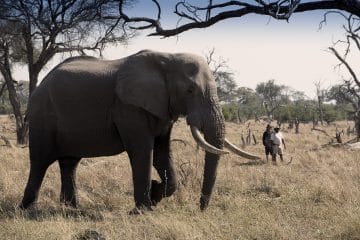
Photographic Tour of Botswana
Botswana Chobe Moremi Okavango Delta Southern Africa
From $ 3615 /USD
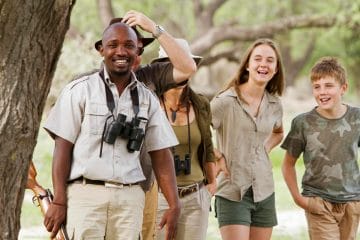
Young Explorers Safari in Botswana
Botswana Central Kalahari Game Reserve Moremi Okavango Delta
From $ 8900 /USD
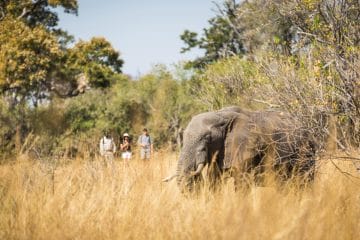
Zimbabwe and Botswana Ultimate Safari
Southern Africa Zimbabwe Victoria Falls Mana Pools Hwange Botswana
From $ 15700 /USD
Why travel with us?
Recent reviews from travellers who planned and booked their africa trips with discover africa safaris, the tour operator delivered flawless service, creating unforgettable honeymoon memories..
7 Day Luxury Namibian Honeymoon Adventure Review
Pablo R, United States 11 Feb 2024
The serengeti: big cats, big herds, the big five, the best guide.
8 Day Herdtracker River Crossing Safari Review
David, United States 20 Jul 2023
First rate experience through botswana,zimbabwe & south africa..
Botswana, Zimbabwe & South Africa Review
Anne, United States 25 Jun 2022
Megan found us the perfect honeymoon safari experience..
Honeymoon on a Safari Review
Thomas Mitchell, United States 07 Feb 2020
Amazing safari tour in africa.
Safari Tour in Africa Review
Enrico Liberati, Italy 09 Sep 2016
Cape town, penguins, breathtaking views. thank you discover africa safaris.
Cape Town Trip Review
Courtney and Kurtis, United States 01 Jan 2013
Registered Members of these Organizations
USEFUL LINKS
- Safari Tours
- Accommodation
- Why Book with us?
- Safari Cost Estimator Tool
- Wildebeest Migration
- Privacy Policy
- Website Terms of Use
POPULAR COUNTRIES
- View All Countries
POPULAR DESTINATIONS
- View All Destinations
- Cape Town Holidays
- Kruger National Park
- Etosha National Park
- Chobe National Park
TRAVEL BLOGS
- Travel News Digest, 17 May: Brits Flock to SA, Maasai Mara Flood Impact, Africa’s Tourism Potential
- Tanzania and Kenya’s Top Great Migration River Crossings With all the Action
- HerdTracker Heroes: Celebrating Our Top Contributors
- Transformative Journeys: From South Africa’s Red Desert to Antarctica’s Crystal Glaciers
- Travel News Digest, 10 May: Airlines Warned to Cease Greenwashing, Free Wi-Fi at Victoria Falls
OUR LOCATION
- 2nd floor, Tygervalley Chambers One, 27 Willie van Schoor Avenue, Bellville, Cape Town , 7530
Take advantage of the search to browse through the World Heritage Centre information.
Share on social media
Unesco social media, okavango delta.
- Description
This delta in north-west Botswana comprises permanent marshlands and seasonally flooded plains. It is one of the very few major interior delta systems that do not flow into a sea or ocean, with a wetland system that is almost intact. One of the unique characteristics of the site is that the annual flooding from the River Okavango occurs during the dry season, with the result that the native plants and animals have synchronized their biological cycles with these seasonal rains and floods. It is an exceptional example of the interaction between climatic, hydrological and biological processes. The Okavango Delta is home to some of the world’s most endangered species of large mammal, such as the cheetah, white rhinoceros, black rhinoceros, African wild dog and lion.
Description is available under license CC-BY-SA IGO 3.0
Delta de l’Okavango
Cette plaine située au nord-ouest du Botswana est composée de marécages permanents et de prairies saisonnièrement inondées. Il s’agit d’un des très rares grands systèmes de deltas intérieurs n’ayant pas de débouché dans la mer et d’un système de zones humides quasi intact. Une des caractéristiques uniques de ce site est que les crues annuelles se produisent en saison sèche, de sorte que les plantes et les animaux ont synchronisé leur rythme biologique avec les crues et les pluies annuelles. C’est un exemple exceptionnel de l’interaction des processus climatiques, hydrologiques et biologiques. Le delta de l’Okavango entretient des populations de certains des grands mammifères les plus en danger du monde tels que le guépard, le rhinocéros blanc et le rhinocéros noir, le lycaon et le lion.
Delta del Okavango
Situado al noroeste del país, este sitio está formado por una planicie de pantanos permanentes y de praderas inundables estacionalmente. Se trata de un complejo de zonas húmedas prácticamente intacto y de uno de los pocos sistemas de deltas interiores del mundo que carece de desembocadura al mar. Una de las características excepcionales del sitio estriba en que las crecidas anuales tienen lugar en la estación seca, lo cual hace que sus especies vegetales y animales hayan sincronizado su ritmo biológico con las inundaciones y lluvias anuales. El delta del Okavango constituye además un ejemplo, único en su género, de interacción de procesos climáticos, hidrológicos y biológicos, y alberga en su territorio poblaciones de algunos de los grandes mamíferos que mayor peligro de extinción corren actualmente, a saber: rinocerontes blancos y negros, licaones, leopardos y leones.
source: NFUAJ
De Okavango delta in het noordwesten van Botswana bestaat uit permanente moerassen en seizoen-overstromende vlaktes. Het is een van de weinige grote inlandse delta’s die niet uitmonden in een zee of oceaan, met een bijna intact wetlandsysteem. Een van de unieke kenmerken van dit gebied is de jaarlijkse overstroming van de Okavango rivier tijdens het droge seizoen. De inheemse planten en dieren hebben hun biologische cyclus gesynchroniseerd met deze seizoensgebonden regenval en overstromingen. De delta is hierdoor een bijzonder voorbeeld van interactie tussen klimatologische, hydrologische en biologische processen. Het is de thuisbasis van enkele van 's werelds meest bedreigde grote zoogdieren, zoals de cheetah, witte neushoorn, zwarte neushoorn, de Afrikaanse wilde hond en de leeuw.
Source: unesco.nl

Outstanding Universal Value
Brief synthesis
The Okavango Delta is a large low gradient alluvial fan or ‘Inland Delta’ located in north-western Botswana. The area includes permanent swamps which cover approximately 600,000 ha along with up to 1.2m ha of seasonally flooded grassland. The inscribed World Heritage property encompasses an area of 2,023,590 ha with a buffer zone of 2,286,630 ha. The Okavango Delta is one of a very few large inland delta systems without an outlet to the sea, known as an endorheic delta, its waters drain instead into the desert sands of the Kalahari Basin. It is Africa’s third largest alluvial fan and the continent’s largest endorheic delta. Furthermore it is in a near pristine state being a largely untransformed wetland system. The biota has uniquely adapted their growth and reproductive behaviour, particularly the flooded grassland biota, to be timed with the arrival of floodwater in the dry, winter season of Botswana.
The geology of the area, a part of the African Rift Valley System, has resulted in the ‘capture’ of the Okavango River that has formed the Delta and its extensive waterways, swamps, flooded grasslands and floodplains. The Okavango River, at 1,500kms, is the third largest in southern Africa. The Delta’s dynamic geomorphological history has a major effect on the hydrology, determining water flow direction, inundation and dehydration of large areas within the Delta system. The site is an outstanding example of the interplay between climatic, geomorphological, hydrological, and biological processes that drive and shape the system and of the manner in which the Okavango Delta’s plants and animals have adapted their lifecycles to the annual cycle of rains and flooding. Subsurface precipitation of calcite and amorphous silica is an important process in creating islands and habitat gradients that support diverse terrestrial and aquatic biota within a wide range of ecological niches.
Criterion (vii): Permanent crystal clear waters and dissolved nutrients transform the otherwise dry Kalahari Desert habitat into a scenic landscape of exceptional and rare beauty, and sustain an ecosystem of remarkable habitat and species diversity, thereby maintaining its ecological resilience and amazing natural phenomena. The annual flood-tide, which pulses through the wetland system every year, revitalizes ecosystems and is a critical life-force during the peak of the Botswana’s dry season (June/July). The Okavango Delta World Heritage property displays an extraordinary juxtaposition of a vibrant wetland in an arid landscape and the miraculous transformation of huge sandy, dry and brown depressions by winter season floods triggers spectacular wildlife displays: large herds of African Elephant, Buffalo, Red Lechwe, Zebra and other large animals splashing, playing, and drinking the clear waters of the Okavango having survived the dry autumn season or their weeks’ long migration across the Kalahari Desert.
Criterion (ix): The Okavango Delta World Heritage property is an outstanding example of the complexity, inter-dependence and interplay of climatic, geo-morphological, hydrological, and biological processes. The continuous transformation of geomorphic features such as islands, channels, river banks, flood plains, oxbow lakes and lagoons in turn influences the abiotic and biotic dynamics of the Delta including dryland grasslands and woodland habitats. The property exemplifies a number of ecological processes related to flood inundation, channelization, nutrient cycling and the associated biological processes of breeding, growth, migration, colonization and plant succession. These ecological processes provide a scientific benchmark to compare similar and human-impacted systems elsewhere and give insight into the long-term evolution of such wetland systems.
Criterion (x): The Okavango Delta World Heritage property sustains robust populations of some of the world’s most endangered large mammals such as Cheetah, white and black Rhinoceros, Wild Dog and Lion, all adapted to living in this wetland system. The Delta’s habitats are species rich with 1061 plants (belonging to 134 families and 530 genera), 89 fish, 64 reptiles, 482 species of birds and 130 species of mammals. The natural habitats of the nominated area are diverse and include permanent and seasonal rivers and lagoons, permanent swamps, seasonal and occasionally flooded grasslands, riparian forest, dry deciduous woodlands, and island communities. Each of these habitats has a distinct species composition comprising all the major classes of aquatic organisms, reptiles, birds and mammals. The Okavango Delta is further recognized as an Important Bird Area, harbouring 24 species of globally threatened birds, including among others, six species of Vulture, the Southern Ground-Hornbill, Wattled Crane and Slaty Egret. Thirty-three species of water birds occur in the Okavango Delta in numbers that exceed 0.5% of their global or regional population. Finally Botswana supports the world’s largest population of elephants, numbering around 130,000: the Okavango Delta is the core area for this species’ survival.
The property covers most of the Delta, encompassing a vast area of over 2 millions ha of substantially undisturbed wetlands and seasonally flooded grasslands. It is of sufficient size to represent all of the delta’s main biophysical processes and features and support its communities of plant and animal species. Because of its vast size and difficult access the delta has never been subject to significant development and it remains in an almost pristine condition. Tourism to the inner Delta is limited to small, temporary tented camps with access by air. Facilities are carefully monitored for compliance with environmental standards and have minimal ecological impact. Most importantly, the source of the Okavango Delta’s waters in Angola and Namibia remain unaffected by any upstream dams or significant water abstraction and the three riparian states have established a protocol under the Permanent Okavango River Basin Water Commission (OKACOM) for the sustainable management of the entire river system. OKACOM has formally supported the inscription of the Okavango Delta on the World Heritage List. It is imperative that upstream environmental water flows remain unimpeded and that over abstraction of water, the building of dams and the development of agricultural irrigation systems do not impact on the sensitive hydrology of the property.
Concerns have been noted regarding fluctuating populations of large animals. Elephant numbers have been increasing whilst other species are reported as exhibiting significant declines. Data is variable, subject to different survey techniques and uncoordinated surveys undertaken by different institutions all contribute to an unclear picture of the Okavango Delta’s wildlife. Authorities have initiated efforts to establish a comprehensive and integrated wildlife monitoring system that can accurately track population size and trends for the entire property, however ongoing work is needed to realise this. Causes of decline are attributed to seasonal variability, poaching (for example of giraffe for meat) and veterinary cordon fencing used to manage animal sanitation and control the spread of disease between wildlife and domestic stock.
Mining activities including prospecting will not be permitted within the property. Furthermore, potential impacts from mining including concessions in the buffer zone and outside the buffer zone need to be carefully monitored and managed to avoid direct and indirect impacts to the property, including water pollution. The State Party should also work with State Parties upstream from the Delta to monitor any potential impacts, including from potential diamond mining in Angola, which could impact water flow or water quality in the Delta.
Protection and management requirements
The Okavango Delta comprises a mosaic of protected lands. About 40% of the property is protected within the Moremi Game Reserve, and the remainder is composed of 18 Wildlife Management Areas and a Controlled Hunting Areas managed by community trusts or private tourism concession-holders. Legal protection is afforded through Botswana’s Wildlife Conservation and National Parks Act, 1992 and an associated Wildlife Conservation Policy. The Tribal Land Act of 1968 also applies to the property and the whole of the nominated area (and the buffer zone) is communally-owned Tribal Land under the control of the Tawana Land Board.
As noted above the underlying causes of wildlife population declines are not clear, but an imposed hunting ban will further strengthen conservation measures in the property. The State Party is encouraged to develop a coordinated and systematic wildlife monitoring programme to establish population baselines for key species and to track trends. Veterinary cordon fences are known to cause significant disruption to wildlife at individual, population and species levels. Most of the property’s core and buffer zones are free of veterinary cordon fencing and the location of site’s boundaries was guided by these considerations. However, the Southern Buffalo Fence defines the southern boundary of the World Heritage property and whilst damage has compromised its effectiveness in disease control, it acts as a locally known demarcation to stop cattle grazing within the property. The Northern Buffalo Fence, also within the alignment of the property buffer zone, is known to disrupt connectivity in particular for the region’s Roan and Sable Antelope populations. Veterinary fencing is recognised as a sensitive, multi-dimensional issue. The State Party is encouraged to continue efforts to rationalize fencing, removing it when its effectiveness for disease control has become questionable or where more holistic approaches to animal sanitation and disease control are possible.
Ongoing vigilance is critical to ensure mining developments do not adversely impact the property. Past mining prospecting licences have been extinguished, and will not be renewed or extended. No extractive activity is undertaken in the property, and no new licenses will be issued within the property. The State Party should implement rigorous environmental impact assessment procedures for mining activities outside the property but which have the potential to negatively impact on its Outstanding Universal Value, to avoid such impacts.
The Delta has been inhabited for centuries by small numbers of indigenous people, living a hunter-gatherer existence with different groups adapting their cultural identity and lifestyle to the exploitation of particular resources (e.g. fishing or hunting). This form of low-level subsistence use has had no significant impact on the ecological integrity of the area, and today mixed settlements of indigenous peoples and later immigrants to the area are located around the fringes of the delta, mostly outside the boundaries of the property. Continued special attention is needed to reinforce the recognition of the cultural heritage of indigenous inhabitants of the Delta region. Ongoing efforts should focus upon sensitively accommodating traditional subsistence uses and access rights consistent with the protection of the property’s Outstanding Universal Value. Efforts should centre on ensuring that indigenous peoples living in the property are included in all communication about the World Heritage status of the property and its implications, that their views are respected and integrated into management planning and implementation, and that they have access to benefits stemming from tourism.
The State Party is encouraged to address a range of other protection and management issues to improve integrity. These include enhanced governance mechanisms to empower stakeholders in the management of the property; the development of a property specific management plan which harmonizes with planning in the wider landscape; ensuring adequate staffing and funding to build the capacity of the Department of Wildlife and National Parks; and programmes to strengthen the control and elimination of invasive alien species from the property.
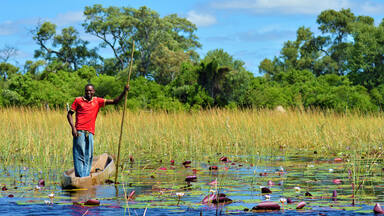
The Nomination files produced by the States Parties are published by the World Heritage Centre at its website and/or in working documents in order to ensure transparency, access to information and to facilitate the preparations of comparative analysis by other nominating States Parties.
The sole responsibility for the content of each Nomination file lies with the State Party concerned. The publication of the Nomination file does not imply the expression of any opinion whatsoever of the World Heritage Committee or of the Secretariat of UNESCO concerning the history or legal status of any country, territory, city or area or of its boundaries.
State of Conservation (SOC)
Protections by other conservation instruments.
1 protection / 1 element
- Okavango Delta System
Read more about synergies
- USD United States Dollar $
- EUR Euro €
- GBP Pound Sterling £
- AUD Australian Dollar A$
- CAD Canadian Dollar C$
- NZD New Zealand Dollar NZ$
- ZAR South African Rand ZAR
- CHF Swiss Franc CHF

- Itineraries
Chobe and Okavango Delta Voyager Safari
A week’s adventure in 2 of the most exciting wildlife destinations in Botswana, the Chobe region, and the Okavango Delta. You will hop between 3 camps via light aircraft and experience the animals on a host of activities from game drives and river cruises to walks and mokoro expeditions (dug-out canoes).
Each of the camps or lodges in this package is in a private concession. Ngoma Safari Lodge is in the Chobe Forest Reserve and overlooks the Chobe River and floodplains. This is classic big game country where great herds of buffalo and elephants roam. Machaba Camp and Machaba Kiri Camp are eco-luxury canvas tented camps in different areas of the Okavango Delta, a tapestry of seasonal waterways. Revel in the abundance of wildlife on land and water-based activities or soak up the sounds of Africa at night around a campfire.
Day by Day summary
- Starts - Catch your overnight flight from Seattle International to Kasane
- 2 nights - Ngoma Safari Lodge, Chobe
- 2 nights - Machaba Camp, Okavango Delta
- 2 nights - Machaba Kiri Camp, Okavango Delta
- Ends - Transfer to Maun for your international flight home
At a glance
Tailormade itineraries.
Every Mahlatini trip is custom created to your exact travel wishes – no readymade tours or set departures. Get in touch with our experts to start creating your bespoke itinerary.
Guide Price
Low Season from {: 8100|toCurrency :} per person High Season from {: 12000|toCurrency :} per person

Tailormake this itinerary to your exact wishes
Our trips are unashamedly high-end but always deliver excellent value for money. Our guide price covers the majority of trip costs upfront, on a per person basis, including international flights and all transfers.
- International flights as detailed
- Meals and accommodation as detailed
- Drinks (excluding premium brands)
- Road transfers as detail
- Light aircraft transfers as detailed
- Twice daily scheduled safari activities
- National Park Fees
- Carbon-offsetting with One Tree Planted
- Conservation donation to Save the Rhino
- Community projects contribution with Uthando
- Entry visas and fees
- Personal travel insurance
- Items of a personal nature
- Additional activities or options on offer
This sample trip offers countless adventures and activities to ensure lifetime memories are made. From unforgettable thrills to indulgent relaxation, choose those that appeal most and we will curate your perfect itinerary.
ICONIC WILDLIFE
Whether you want to tick the Big Five off your bucket list or seek out specific safari species, our expert guides reveal the typical wildlife sightings to expect on this sample trip.
TRIPS TO INSPIRE
From majestic wildlife to out of this world natural wonders, cultural melting pots and enchanting beaches, every bespoke Mahlatini journey is thrilling. Unsure where to visit? Whether it’s a bucket-list adventure, a milestone celebration or simply a much-needed escape, experience the joy with this inspiring selection of favorites.
- Bespoke itineraries
- Flights and transfers included
- Best rates guaranteed

Ready to explore more?
Our travel experts are ready to start creating your tailormade trip.
Talk to our experts
Inquire now.
Premium Content

Inside the Ambitious Mission to Save Africa’s Okavango Delta
A harrowing expedition through one of the world's great delta regions reveals the threats it faces––and the wealth of life it sustains.
Seen from space, high above Africa, the Okavango Delta resembles a gigantic starburst blossom pressed onto the landscape of northern Botswana, its stem angling southeastward from the Namibian border, its petals of silvery water splayed out for a hundred miles across the Kalahari Basin. It is one of the planet’s great wetlands, a vast splash of life-nurturing channels and lagoons and seasonal ponds amid a severely dry region of the continent.
This delta doesn’t open to the sea. Contained entirely within the basin, it comes to a halt along a southeastern perimeter and disappears into the deep Kalahari sands. It can be thought of as the world’s largest oasis, a wet refuge supporting elephants, hippos, crocodiles, and wild dogs; lechwe and sitatungas and other wetland antelopes; warthogs and buffalo, lions and zebras, and birdlife of wondrous diversity and abundance—not to mention a tourism industry worth hundreds of millions of dollars annually. But from high in space, you won’t see the hippos on their day beds. You won’t see the wild dogs hunkered in shade beneath thorn scrub or the glad expressions on the faces of visitors and local entrepreneurs. Another thing you won’t see is the source of all that water.

The water comes almost entirely from Angola, Botswana’s complicated neighbor, two countries away. It begins in the moist highlands of Angola’s rainy center and flows toward the country’s southeast, quickly in one major drainage, the Cubango, and more slowly in another, the Cuito, where it pools into source lakes; percolates slowly through grassy floodplains, peat deposits, and underlying sand; and seeps into tributaries. The Cuito and Cubango Rivers converge at the southern Angolan border, forming a bigger river, the Okavango, which flows across the Caprivi Strip, a narrow band of Namibia, and into Botswana. On average, 2.5 trillion gallons of water a year flows in.
Take away that liquid gift, rendered by Angola to Botswana each year, and the Okavango Delta would cease to exist. It would become something else, and that something would not include hippos, sitatungas, or African fish eagles. If southern Africa were a vast golf course, Okavango with the faucets closed would be one of its sand traps.
Changes now occurring or foreseeable in southeastern Angola—in land use, water diversion, population density, and commerce—make this dark prospect a real possibility. That’s why the Cuito and Cubango Rivers, two remote waterways, have quietly attained high interest in certain circles. That’s why an international group of scientists, government officials, resource planners, and hardy young explorers, brought together by a fervent South African conservation biologist named Steve Boyes, with support from the National Geographic Society, has embarked on a grand effort of exploration, data gathering, and conservation advocacy called the Okavango Wilderness Project. These collaborators recognize that the well-being and future of the Okavango Delta is at stake—and that the well-being and future of southeastern Angola, a hard landscape, a poor cousin to glorious Okavango, is at stake too.

“We’re on borrowed time,” Boyes told me, as we sat at a campsite along the Cubango River earlier this year after a long day of paddling our mokoros (Okavango-style canoes) downstream. Having grown up in Johannesburg, with a passion for nature, Boyes worked for years at various jobs—a bartender at wineries, a naturalist and guide, a camp manager in the Okavango Delta. Along the way he finished a doctorate. By 2007 he had become acutely aware of the water-source issue and tried to raise the alert among people of Botswana but mostly met fatalism.
For Hungry Minds
“They were just not interested,” he said, recalling a typical reaction: Yeah, Angola is such a terrible, bad place, and it’s such a shame the river may die. That goaded him to action. He began looking north, toward the headwaters. “We are going to do this,” he vowed. “We’re going to try and understand what this system is about.” In fact he hoped not just to understand it but to help preserve it.
Angola in 2017 may seem an unlikely site for visionary conservation efforts, yet it could also offer unusual opportunities. It is ravaged by war but now at peace. From the early 1960s until the start of the new millennium, Angola was high on the list of nations you would not want to visit—unless you were a mercenary soldier or a diamond buyer. Once a Portuguese colony, it got its independence in 1975 after a bloody war of liberation, then was wracked by civil war for 27 years, a proxy battleground for the superpowers, pustulated with land mines, a scene of great suffering and strife.

But things have changed drastically since 2002, when the rebel party, UNITA, suffered a crushing defeat, after which oil in great quantities began flowing for export and business boomed. “The most important thing we have to tell the world is that Angola is now a stable country,” the minister of the environment, Maria de Fátima Monteiro Jardim, told me recently at a gathering in Luanda, the capital. “We are committed to preserving nature,” she said. What that commitment will mean to reality on the ground is a crucial unknown.
The Boyes team has the blessing of Angolan officialdom, along with international support, to pursue an extraordinarily ambitious study of the Cuito and Cubango Rivers, exploring every mile of them and some of their tributaries, surveying their wildlife, sampling water quality, noting human presence and impacts along the banks, creating a vast and publicly accessible body of data, and trying to comprehend just how the clean waters of southeastern Angola vivify the Okavango Delta in Botswana.
These survey expeditions, eight so far, have been arduous as well as thorough. The first began on May 21, 2015, when Boyes and his team, traveling with an escort of Land Rovers from HALO Trust, the international demining organization, and a big Russian cargo truck, arrived at the source lake of the Cuito River. They had brought several tons of gear and seven mokoros in which to ferry themselves and their stuff downstream. After paddling the length of the lake on their first day, they discovered that the Cuito at its outlet is a tiny stream, waist-deep but only a yard or so wide, and impossible for navigation by 20-foot-long mokoros. So they dragged the loaded boats downstream, slogging through high grasses alongside the little band of water, pulling like human oxen, and taking data as they went. These mokoros were fiberglass-and-wood models, not dugouts of ebony or some other tree like the Okavango originals, but were still very weighty when fully loaded. They dragged them each day for more than a week before the Cuito became navigable. Then they climbed aboard, with paddles and poles, but faced a new sort of challenge: crocodiles and hippos.
The Cuito along its upper reaches is essentially a wilderness river—clear water, banks lined with reeds, no villages, few signs of humans. On the morning of July 11, 2015, along a broad curve, something plunged through the reeds and into the water just ahead. Boyes, steersman in the lead boat, hollered “Croc,” a relatively routine alert. He ruddered toward the mid-river channel, giving the animal space along the bank.
Suddenly a great bulge of water rose beside Boyes’s boat as a distraught hippo surfaced—probably a young male, Boyes thinks. Turns out the right evasive line for a crocodile is the wrong one for a hippo. Hippos own the deep water. And like crocs, they may kill hundreds of people each year. “It was a big mistake,” Boyes told me later. “Completely our fault. We went right over the animal, defending itself.”

The hippo drove its lower canine teeth (maybe a foot and a half long, and sharp) through the bottom of the boat. The upper jaw didn’t quite catch the gunwale, so instead of biting the mokoro in half, the hippo just capsized the thing, sending Boyes and his bow paddler, Giles Trevethick, into the water. They clambered onto the hull, and a crew member quickly fired a bear-banger flare, meant to disrupt the attack. Boyes’s younger brother Chris, his expedition chief, in a boat just behind, shouted “Swim!” Boyes and Trevethick got to shore, safe but shaken. Within two hours the boat was patched—using their fiberglass-repair kit—and the expedition was back on the water.
What’s telling from this episode, besides the fast recovery, is how it exemplifies the Okavango Wilderness Project’s harvest of data. From the observations gathered that hour, by electronic device and human eyeball, recorded instantly into an elaborate data-vacuuming system, we know that the Cuito River thereabouts has a strong current, a sandy bottom, and not much aquatic vegetation but harbors smallmouth bream, among other fish. We know that Trevethick made note of a pied kingfisher, then a malachite kingfisher, then a blacksmith lapwing, perched on shoreline limbs. We know the longitude and latitude at which the mishap occurred, to at least 12 decimal points of GPS accuracy. We know that Steve Boyes’s pulse rate (as registered by his Suunto watch, also patched to the system) rose abruptly from 81 beats a minute to 208 beats a minute at 10:57 a.m. And we can assume that 208 is the normal heart rate for a healthy young man trying to outswim the watery gallop of a hippopotamus.

When I joined Boyes’s team on the Cubango River, almost two years later, their data-gathering regimen had advanced to include more categories of information. One morning I watched a young Namibian named Götz Neef assess his overnight catch in a fish trap: A largemouth bream, an electric elephantfish of the sort called a Churchill, a squeaker catfish, and more—weird creatures to me, subtle data points of biogeography to anyone who knows African fish. Such sampling and collections, analyzed by ichthyologists allied with the project, will help reveal how the fish fauna of the Cubango differ from that of the Cuito and how both may contain unique species or subspecies, distinct from anything else in the region.
Along the Cuito, for instance, the researchers found what may be a new species of Clariallabes, an eel-like form of air-breathing catfish that seems adapted for wriggling through the saturated peat bogs. Other specialists, based in Angola, South Africa, and England, have also assisted the project with field collections—of amphibians, reptiles, insects, small mammals, plants—and continue the work of identification and analysis. Frogs and dragonflies, with their aquatic immature stages, are sensitive to pollution and can be especially telling as indicators of water quality. One group of peculiar rodents, known as vlei rats in the Afrikaans slang (suggesting that they inhabit transient ponds, or vleis) and notable for the smallness of their territories, seems to have diversified into more than one related species in the highlands.
“Angola is the missing link,” a small-mammal biologist named Peter Taylor, one of the project’s experts, told me, “for understanding the pattern of radiation of these beasts.” Boyes’s goal is to assemble such facts into a mosaic portrait of this two-river system, in its biological and hydrological particulars, to support protecting it for its own sake and the sake of the Okavango Delta.
Neef, besides trapping fish, also saw to the gathering of water-quality data from two delicate sensors as we paddled downstream. And he saw to the continuous photography—one 360-degree camera on a tripod, plus two DSLRs angled out from the bow of his mokoro, snapping frames at five-minute intervals. In the evenings at camp, as darkness fell, Neef deployed a bat detector, a little yellow box that captured high-frequency blurts of chiropterans, used later to identify the species. Other expedition members recorded data about birds, reptiles, human activity. Boyes himself was the principal ornithologist on the rivers, calling out sightings—giant kingfisher, hammerkop, white-fronted bee-eater, lilac-breasted roller—which a young Angolan biologist, Kerllen Costa, entered with GPS tagging into a tablet. Costa’s sister, Adjany, is an ichthyologist and a National Geographic emerging explorer; also assistant director of the project, she serves as liaison to Angolan officials when she isn’t aboard one of the expedition’s mokoros. Boyes’s team also includes field crew members from Zimbabwe, South Africa, Namibia, the U.S., and of course, Botswana, homeland of his most skilled mokoro boatmen, recruited from the Okavango Delta itself.
Captain of my mokoro was Tumeletso Setlabosha, known to everyone as Water, a small but powerful Wayeyi man who grew up in the central delta. His mother gave him the aqueous nickname because his birth occurred in a pool of water, when she was traveling through the lagoons. Asked his age, Water said he was 54 on land, but “when I’m paddling, I’m 25.” He tolerated me in the bow of his boat for a week, as I gawked and scribbled notes and did my best with the paddle.

The hooves and dung of buffalo churn and fertilize solid ground. In the changeable Okavango, life shapes landscape and vice versa.
Human presence along the upper Cubango is sparse, even though the end of the war has allowed people to return to their villages in these southern hinterlands once controlled by the UNITA rebels. Paddling between reed-lined banks, we saw the occasional beached mokoro, the lonely fishing camp, the cow here, the goat there, a few women washing clothes or making moonshine (kashipembe) from jackal berries or other wild fruit in a simple still—and then, farther downstream, more people, more boats, more livestock, corn crops, a soccer field, a few motorbikes. At night, beyond the trill of crickets, we heard the roar of trucks, and the clatter of their springs taking washboard at full speed, on a bad but important dirt track paralleling the river. That road leads to a border crossing with Namibia, through which supplies can roll in and Angolan timber can roll out. Apart from timber and illegal bush meat and water, the Cubango Valley has little to offer the wider world. No one, it seems, has yet found diamonds or gold or oil in this corner of Angola. Clean water: That is the oil and the gold.
One day about noon we beached on the left bank above a small rapid, and because a fully loaded mokoro is too fragile and clumsy for white-water daring, we scouted the line. As we walked, Boyes spotted a hippo snare of stout wire, camouflaged with reed stems and placed along a haul-out path used by the animals. There is nothing more piteous than the howl of a hippo in a snare, he said, and clipped through the wire with his utility tool. Boyes has deep sympathy for the needs of people along the Cubango, and he recognizes that their progress toward better lives must be part of any arrangement for protecting the two rivers, the water flow, the biological riches of southeastern Angola, and the Okavango Delta. But hippo flesh for meat and hippo teeth to be sold as ivory are contraband commodities that the Cubango can’t sustainably surrender.
Gathering Data

Another day, we came off the water early to avoid camping near a village called Savate, a place known for the land mines still lurking around its perimeter. We beached upstream, at a dirt landing where it was cow pies, not mines, we had to avoid. Children watched us unload tons of gear—tents and tables and boxes of food, duffels, folding stools, fancy electronics. Women came with piles of washing to this, their regular laundry spot, and had to work around our flotilla of canoes. A tethered donkey grazed nearby. A donkey was wealth. After sunset, by the time our hearty dinner of beans and rice came off the campfire, smelling good, the children had disappeared. I wondered what impression of us they took.
Seen from a Cessna, 500 feet above northern Botswana, the Okavango Delta resembles a paisley carpet of ovals and streaks and patches, gentle rises and swales, a rich pattern textured largely in shades of green and brown. The lagoon waters appear almost black from overhead; the channels and oxbows gleam silver when reflecting a low afternoon sun. At the center of small islands, ringed by trees, lies the whiteness of precipitated salt. Aloft in your little plane, and moving slowly, you get a sense of the dynamic heterogeneity below, of how water has nudged and carved and shaped land over time, opening new channels, closing old ones, rising and falling by season, filling pans, then leaving them to dry, encircling islands, respecting subtle ridges, changing its imperatives and benefices from year to year, and thereby shaping an extraordinary ecosystem hospitable to fish and crocodiles and long-legged birds and mammals that don’t mind having wet feet. That’s how I saw the delta, after my time in Angola, thanks to John “Tico” McNutt, a veteran American conservation biologist.

McNutt, a friend of a friend, met me at the small airport in Maun serving Okavango tourism and flew us to the research camp from which he has worked for nearly three decades, studying the endangered African wild dog. With his breadth of curiosity and involvement, he probably understands the ecological and political dynamics of the delta as well as anyone. Besides showing me dog packs on the ground, he gave me four days of eye-in-the-sky perspective and commentary—even while flying the plane and listening for his collared dogs on the VHF telemetry receiver.
On the left, that’s Chief’s Island. On the right, the old Mogogelo floodplain, which once carried water almost all the way to his camp. We gazed down at large herds of lechwe, some reedbuck and impalas, termite mounds rising cream-colored at the center of small islands, hippo tracks like claw marks across the floodplain grasses, elephants casting long shadows in late afternoon. “There’s no vultures,” he remarked. “They should be roosting in these palm groves—should be vultures all over.” But vultures are hated by poachers for giving away the positions of fresh elephant carcasses and are killed by poisoning the left-behind meat. The Okavango, even with the taps open, has its problems.
We flew north across low plains of reeds and papyrus, islands large and small, serpentine channels, until McNutt said: “Somewhere right here would be the fault line, where everything starts to distribute. From the panhandle.”

The panhandle is a wide stretch of slow-moving water, contained by ridges that rise above swampy lowlands, beginning just south of the Namibia border and flowing southeast to that line McNutt mentioned, known to geologists as the Gumare Fault. Beyond the fault line lies a sunken, flat trough, partly filled with sediments but still nearly the lowest zone in the Kalahari Basin, across which the Okavango waters spread broadly into their flower-blossom shape. The blossom petals come to a dead stop, though, at another pair of diagonal faults, marking the southeastern boundary of the delta. Meeting those natural dams, what remains of the surface water slides westward into a linear lake, Lake Ngami, or sinks away into the sands. South of all this: salt pans and desert.
Amid the complexities of water delivery and biological enrichment, from the headwaters to the delta, from Angola through the Caprivi Strip to Botswana, several factors are especially fateful. The delta itself receives rainfall but not much, and mostly during the summer months of December through March. Angola’s central highlands receive far more, a great wet bounty, roughly 50 inches annually, which saturates the peat deposits and sands of the upper Cuito floodplains and then slowly, after delay, flows down the Cuito and its tributaries. Those rains feed the Cubango too, but the Cubango River catchment lies on steeper, rockier substrate, so the seasonal rainwater comes gushing down fast.
The result of these asynchronies is that the Okavango Delta gets three separate pulses of water annually, giving it a longer and more varied supply of moisture than most freshwater wetlands enjoy. Freshwater coming in pulses, spread across the year, distributed in an ever changing pattern of channels and pans and lagoons, nurturing vegetation of many types, fertilized by the dung of elephants and hippos and impalas—all this is a good recipe for biological fecundity.

The biggest challenge faced by the Okavango Wilderness Project is not just to understand this complex system—that’s hard enough—but to persuade Angolan officialdom, and the Angolan people, to preserve the Cuito and Cubango Rivers roughly as they are, flowing free and clean, without much pollution or diversion, through landscapes mostly undamaged by timber harvest, charcoalmaking, forest burning for hunting drives, commercial extraction of bush meat, agricultural schemes demanding high inputs of fertilizer, mining, or other destructive uses. It’s an urgent task and not an easy one.
Some optimists propose that landscapes along the Cuito and Cubango could become international tourism destinations themselves, sites of high-end lodges drawing visitors to see restored populations of magnificent wildlife, such as the Angolan giant sable, that were mostly lost during the decades of war. Maybe such attractions could be included in a regional circuit, they suggest, along with more famous camps in the Okavango. Another hope is that the Botswana government and its tourism industry might recognize the jeopardy of their wonderland—recognize that without the Cuito and the Cubango, there is no Okavango Delta—and act with foresight, offering a compact of payments to Angola for continued delivery of the water. Call it ransom or call it a “water bond” (as Steve Boyes does), it seems rational. Rationality and foresight might be improbable expectations when it comes to intergovernmental relations over resource issues, but the Okavango Delta itself is an improbable phenomenon deserving exceptional concern, imagination, and effort.
Meanwhile the changes in Angola, as Boyes told me, are happening fast. “If we started this work in three years’ time, there’d be nothing left to protect.” The future is coming like a river that flows through other people’s lives.
- Environment
- Perpetual Planet
History & Culture
- History & Culture
- History Magazine
- Mind, Body, Wonder
- Paid Content
- Terms of Use
- Privacy Policy
- Your US State Privacy Rights
- Children's Online Privacy Policy
- Interest-Based Ads
- About Nielsen Measurement
- Do Not Sell or Share My Personal Information
- Nat Geo Home
- Attend a Live Event
- Book a Trip
- Inspire Your Kids
- Shop Nat Geo
- Visit the D.C. Museum
- Learn About Our Impact
- Support Our Mission
- Advertise With Us
- Customer Service
- Renew Subscription
- Manage Your Subscription
- Work at Nat Geo
- Sign Up for Our Newsletters
- Contribute to Protect the Planet
Copyright © 1996-2015 National Geographic Society Copyright © 2015-2024 National Geographic Partners, LLC. All rights reserved
- The Okavango
- Find A Safari
- Accommodation
The Pangolin Voyager
Chobe national park.
The Pangolin Voyager is a delightful houseboat offering boat safaris on the Chobe River. Small but perfectly formed, with 5 rooms, this lovely houseboat is available on an exclusive use only, making it ideal for families and groups. Boating safaris take place on the specially designed motorboat which accompanies the Voyager. Take advantage of the opportunity to explore the Chobe river in your own floating home away from the crowds on land.
The Pangolin Voyager is a delightful houseboat offering boat safaris on the Chobe River. Small but perfectly formed, with 5 rooms, this lovely houseboat is available on an exclusive use only, making it ideal for families and groups. Boating safaris take place on the specially designed motorboat which accompanies the Voyager. Take advantage of the opportunity to explore the Chobe River in your own floating home away from the crowds on land.
The Pangolin Voyager is specially designed to maximise your game viewing experience without compromising on comfort. The houseboat consists of five cabins, all en-suite, which can be configured as double or twin rooms. The houseboat is split over three levels, with most rooms on the lower deck, a dining area and lounge on the middle deck and an inviting top deck to relax and soak up the views at any time of day. The rooms are air-conditioned adding that extra comfort in summer.
The Pangolin Voyager is only available on an exclusive use basis and must be booked for a minimum of three nights. It can accommodate up to 8 people.
The Pangolin Voyager has three different mooring spots along the Chobe River and these are visited over the course of your stay. Alongside the houseboat is a specially designed eight seater photo boats which will be used use for our morning and afternoon safaris.
The owners are keen photographers and as such the motorboat has been specially designer with photographers in mind- a bonus to all and not just photographers! In essence this means the seats are extra spacious and can swivel around to enjoy all angles. The boats tend to go out at first light and again a few hours before sunset which is the best chance to see animals at the river. You will have drinks and snacks on hand and the captain and his crew are available to make your stay and experience onboard as comfortable and relaxing as possible.
The game viewing along the Chobe River varies with the seasons. In the summer months between November and April you will have amazing birdlife everywhere as the “migrants” take up their annual residency. There will still be large mammals around such as elephant, buffalo and hippo as well as resident crocs and antelope, so all in all an excellent time to photograph, with lots of bright green backgrounds and baby animals everywhere. The (African) winter months, between May and October, will see larger numbers of elephants as the water becomes more scarce inland and the river becomes more popular with all animals.
There is always something to photograph in Chobe , making it the ideal spot to start your safari. No matter when you visit, making it a wonderful option at any time of year.
The Pangolin Voyager is moored on the Namibian side of the river you will have to clear immigration again before boarding the boat. This is a simple but memorable experience. The Chobe River is notable for many reasons, one of which is that it flows in both directions at different times of the year, depending on the flood in the mighty Zambezi with which is converges a few kilometres further downstream.
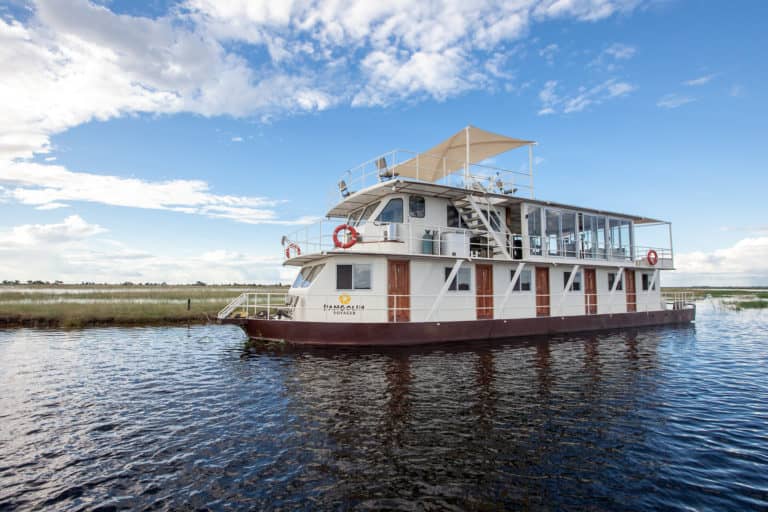
The Pangolin Voyager On The Map
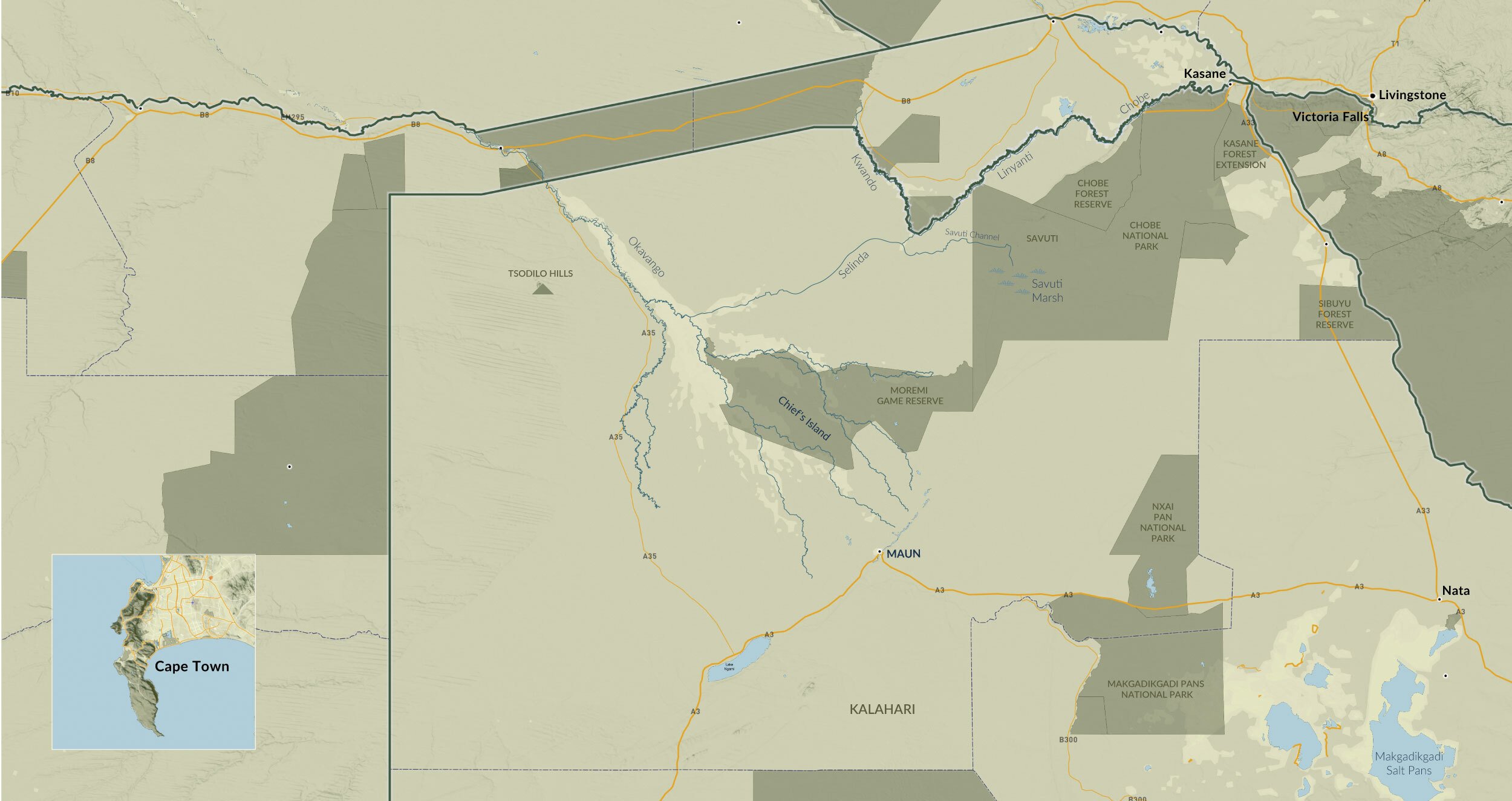
Water Level
Book This Camp
At Okavango Delta Explorations we specialise in crafting safaris to this unique ecosystem.
Get in touch to begin your Okavango Delta Exploration
Combines Well With
Bushman plains.
One of the most authentic camps in the Okavango, Bushman Plains lies in the beautiful Sekwana concession in the northern Okavango. The first Bushman owned camp in Botswana, this simple and unassuming camp offers a traditional safari experience. Superb guiding is at the heart of Bushman Plains. Trackers and guides work together to find exceptional sightings and share their experiences and culture with guests. Year round water ensures excellent resident game, and water activities.
Little Sable
Little Sable is a gem of a camp with sweeping views over the open grasslands of the game rich Khwai Private Reserve. Little Sable is a smaller and simpler camp than its big sister, Sable Alley, with the same good safari experience at a more affordable rate. It is a charming little camp with plenty of character and comfort, and a more down to earth style. The camp is simple but the game viewing luxurious, being so exclusive in this vast reserve.
- Location Chobe National Park
- Rate Basis Exclusive boat per night
- Rates From USD 2,995 Hide Rates Table Low Season - USD 2,995 1 Jan 2024 to 31 Mar 2024 1 Nov 2024 to 31 Dec 2024 No single supplement High Season - USD 5,995 1 Apr 2024 to 31 Oct 2024 No single supplement
- Child Policy Min. 11 years
- Internet No wifi
- Parent Company Independent
Safaris Featuring This Property:
Pangolin photographic hosted tour, experience the okavango delta.
Contact us for more information and to start planning your Okavango safari

The Okavango Delta is an awe-inspiring destination for a first time safari or for the safari veteran. The Delta can be an expensive destination to visit due to its remote location. The number of camps is limited by regulations, allowing fewer guests to enter this pristine wilderness area, for lower impact. These restrictions make any visit to the Delta an exclusive experience, where you can enjoy the sensational landscapes undisturbed. The best time to go is between late May and early October when the flood waters arrive from the Angolan highlands. These waters transform the dry landscape into an emerald paradise.
The best way to explore the Delta is on one of the water activities. You could take a boat deep into the watery heart of the wilderness and witness the abundance of bird and animal life, supported by the floodwaters. Or, you could opt for a peaceful mokoro journey through the landscape. A mokoro is a traditional canoe that is navigated through the shallow waters by a poler, who stands at the back of the canoe and propels it with a long pole. A spectacular way to experience the delta is from the air, in an open helicopter. Safari game drives to seek out the Big 5, and walking safaris are the land activities on offer. We recommend that you combine the Okavango Delta with a visit to Chobe and the Kalahari in Botswana, or Victoria Falls in Zimbabwe.
Recommended length: 7 nights
Indicative cost: From USD 10,000 per person sharing, depending on your choice of accommodation. Excludes international flights.
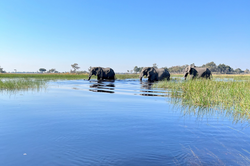
Okavango Delta — Chobe — Victoria Falls
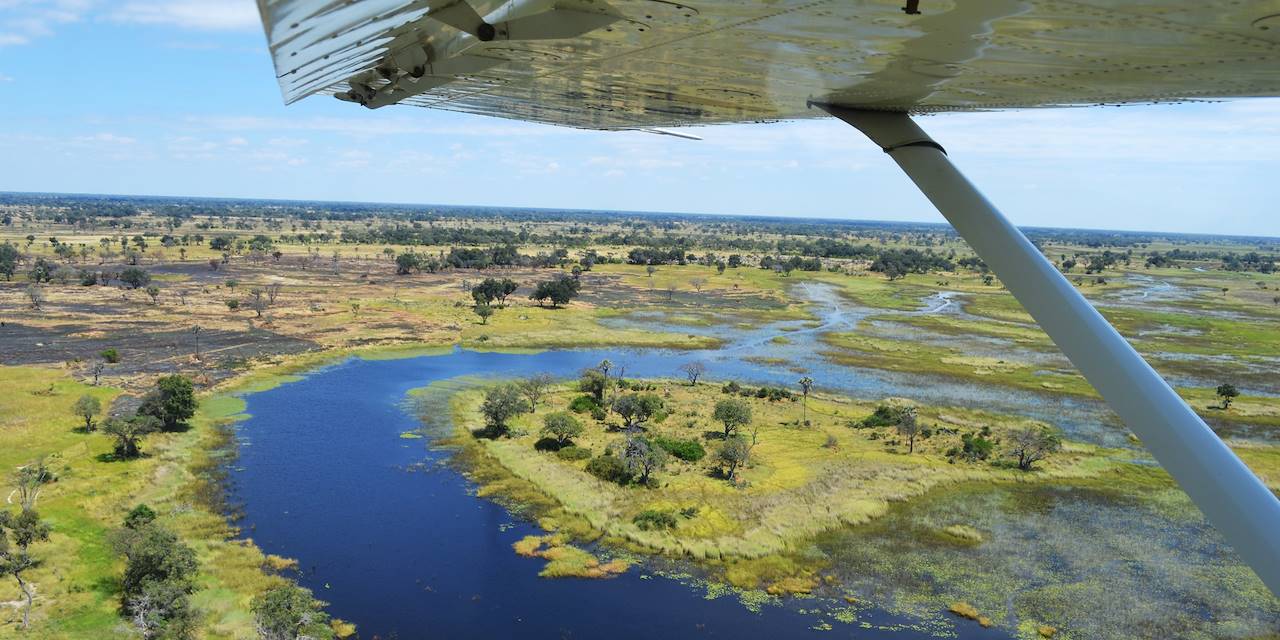
Ciels et eaux de l’Okavango Circuit en avion-taxi : chutes Victoria, parc de Chobe, delta de l’Okavango…
- Faune & safari
- Voyager à l’essentiel
Voyage des chutes Victoria au delta de l’Okavango, une découverte de sites naturels incontournables avec des transferts en avion-taxi.
Comme l’Afrique australe peut être belle, vue d’en haut ! Chutes vertigineuses, alternance de zones arides et de zones inondées, forêts et plaines où l’on peut parfois apercevoir les troupeaux d’impalas et d’éléphants... Le Botswana éclate dans une mosaïque de couleurs et de paysages. Sous les ailes d’un ULM ou d’un avion-taxi, à bord d’un véhicule tout-terrain ou en bateau au fil de l’eau, parcs naturels et safaris s’enchaînent et ne se ressemblent jamais. Au royaume de la faune sauvage, on part sur les traces des stars de la savane. Dans une nature savamment orchestrée par les chants d’oiseaux, on devine les silhouettes d’animaux qui découpent lentement le soleil au lever du jour comme au coucher.
La bonne saison
À partir du mois d’avril, l’hiver austral débute au Botswana, entraînant des températures agréables (25-30 °C) et un temps sec bienvenu après une période de pluies intenses. La période est idéale pour votre voyage : les animaux pointent leur museau et sont facilement observables. Les routes se dégagent enfin pour des mois, pour vous permettre d’arpenter aisément le pays, et profiter d’un soleil généreux. Embarquez des affaires chaudes pour les nuits parfois très fraîches (5-10 °C) ! En septembre-octobre, le mercure commence à grimper aux cimes des baobabs, jusqu’à 40 °C par endroits.

- Profiter du confort des transferts en avion-taxi tout en contemplant de magnifiques paysages.
- Débuter votre voyage au Botswana par la découverte des époustouflantes chutes Victoria.
- Admirer les troupeaux d’éléphants qui traversent la rivière Chobe au coucher du soleil.
- Approcher hippopotames et crocodiles en mokoro , une pirogue traditionnelle.
- Séjourner en plein cœur des méandres bleus et verts du delta de l’Okavango.
- 1 Jours 1 - 2 - 3 CHUTES VICTORIA (ZIMBABWE)
- 2 Jours 4 - 5 PARC DE CHOBE (BOTSWANA)
- 3 Jours 6 - 7 KHWAI-MOREMI
- 4 Jours 8 à 11 DELTA DE L’OKAVANGO
À partir de
prix par personne calculé sur la base de 2 personnes
Ce prix comprend
- Les vols Paris/Victoria Falls et Maun/Paris avec escales
- Les transferts en groupe aéroport de Victoria Falls/hôtel à Victoria Falls/hôtel à Kasane (parc de Chobe)
- Les transferts Kasane (parc de Chobe)/Khwai/Okavango/Maun en avion-taxi
- L’assistance francophone locale 7j/7
- 2 nuits en lodge avec petits déjeuners à Victoria Falls
- 6 nuits en lodge, maison d’hôtes et camp de tentes avec pension complète et safaris aux autres étapes
Ce budget varie en fonction de la saison et de la disponibilité.
La saison sèche voit les tarifs grimper d’environ 25 %. Les hébergements au Botswana étant peu nombreux et de petite capacité, nous vous conseillons de réserver votre voyage le plus tôt possible.
1 CHUTES VICTORIA (ZIMBABWE)
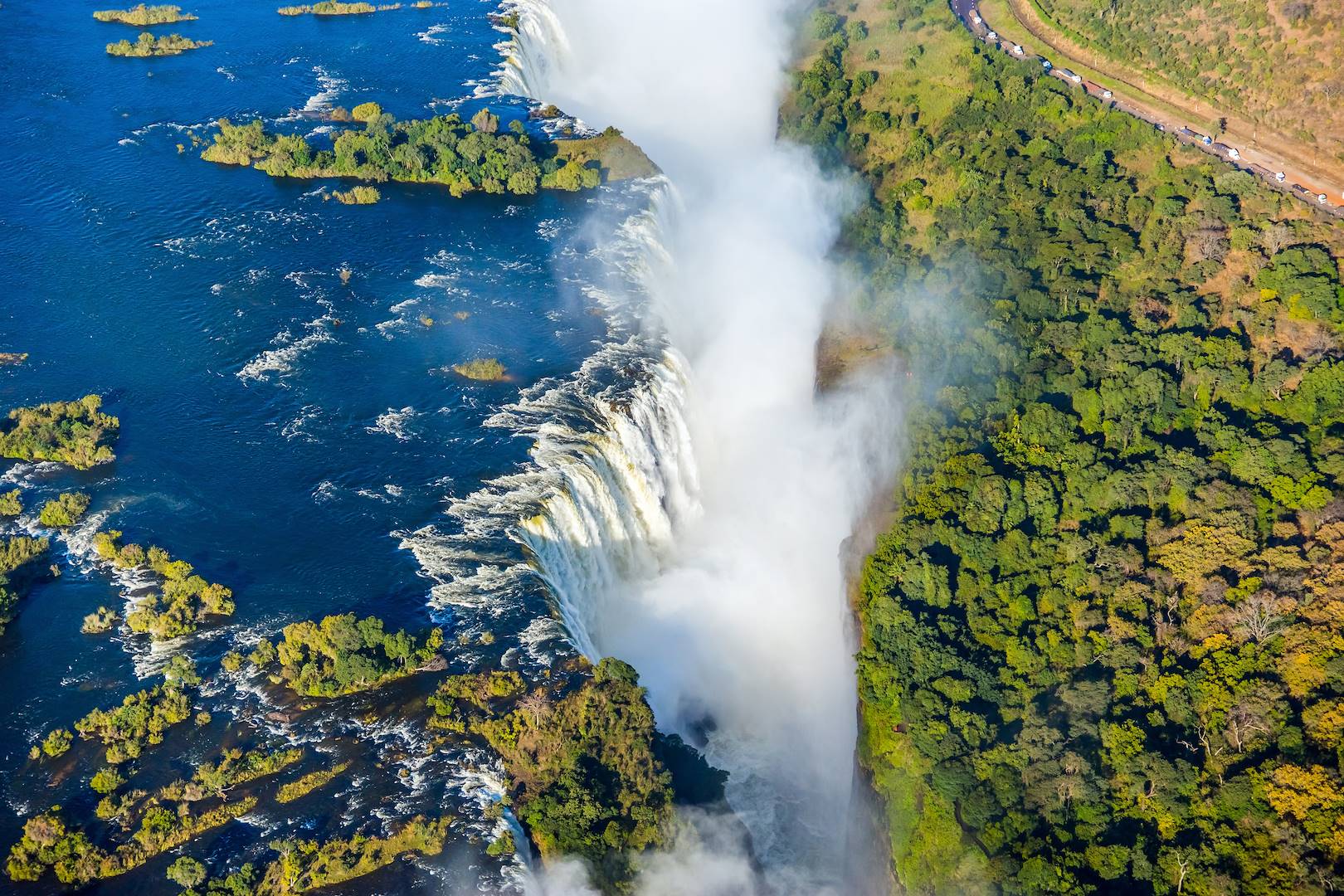
2 PARC DE CHOBE (BOTSWANA)
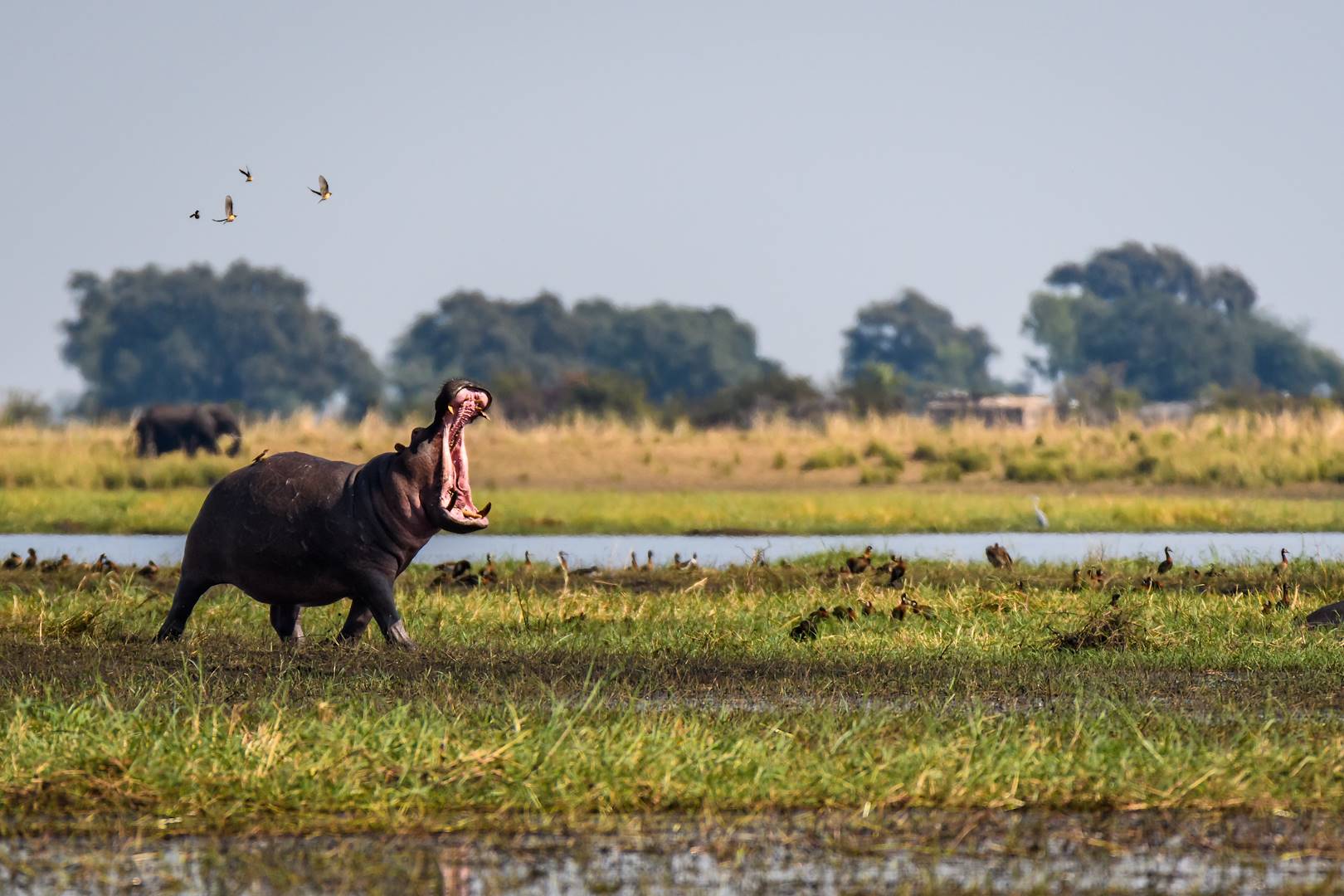
3 KHWAI-MOREMI
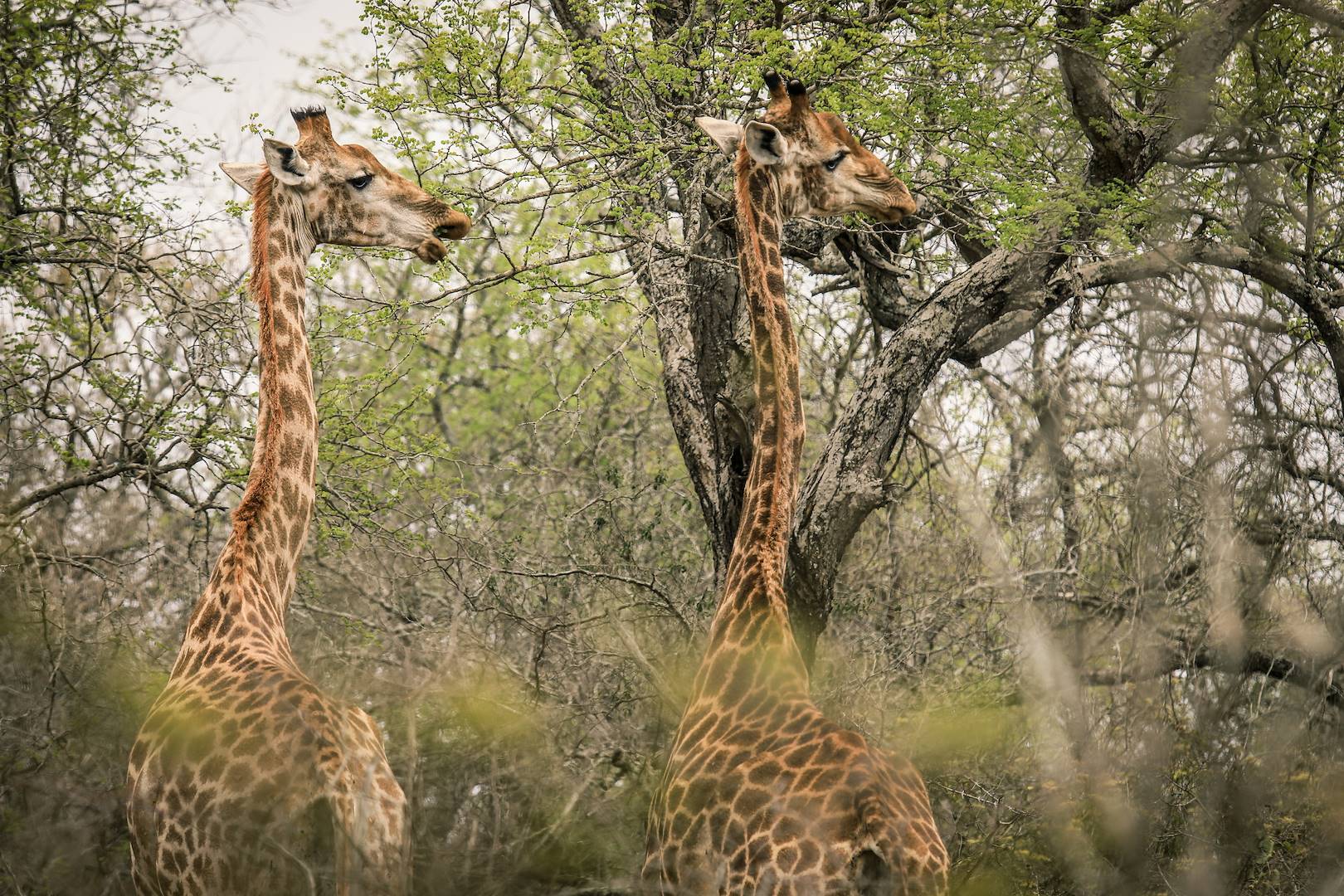
4 DELTA DE L’OKAVANGO
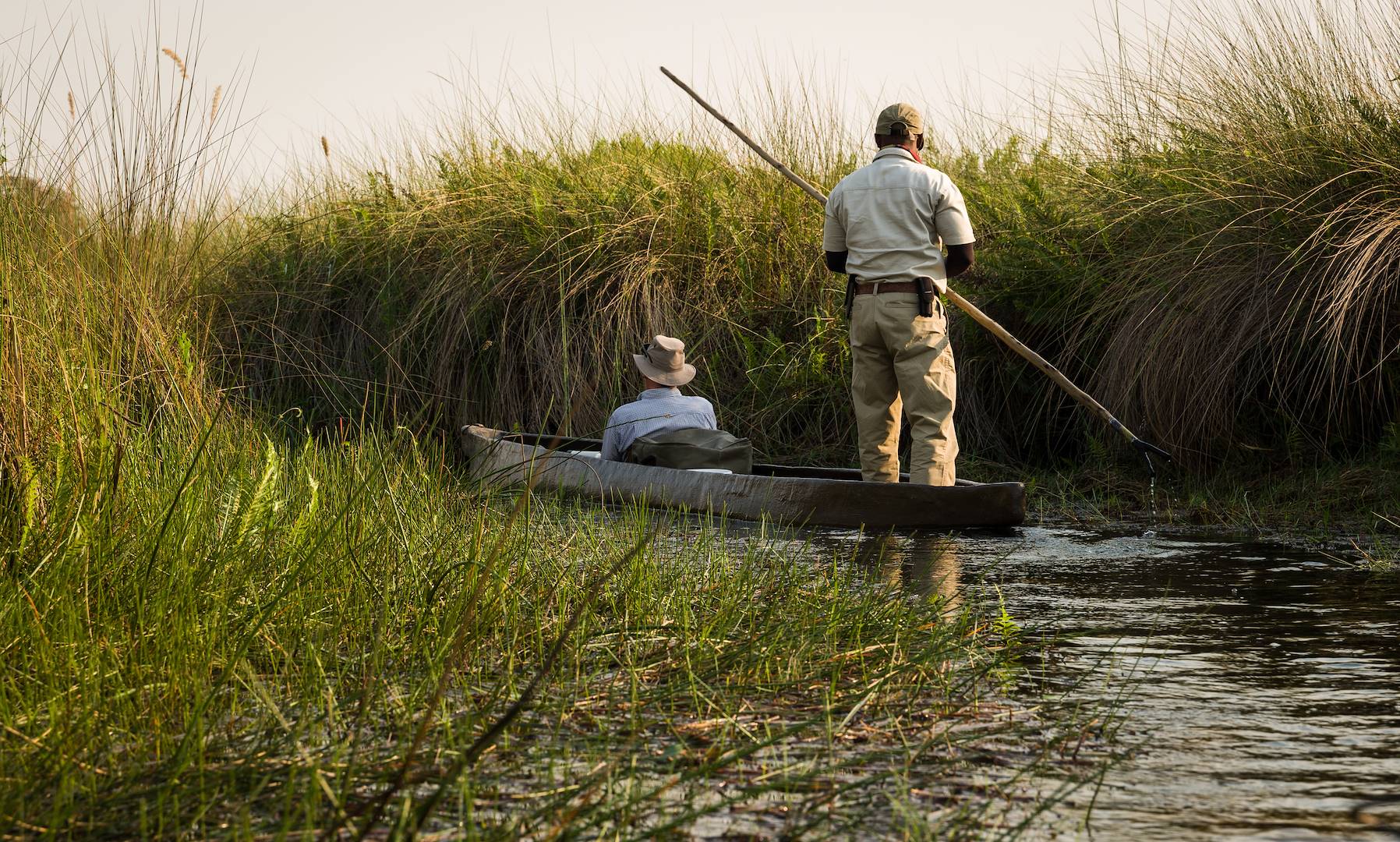
Atmosphère, atmosphère !
Dans la concession de Khwai-Moremi et dans le delta de l’Okavango, vous aurez le privilège d’expérimenter des safaris en mokoro , un type d’embarcation idéal pour sillonner les petits bras d’eau. Utilisé aussi bien par les voyageurs en safari que par les pêcheurs et les locaux, un mokoro traditionnel est construit à partir d’un tronc d’arbre évidé. De nos jours, beaucoup préfèrent le plastique, mais certains hébergements, tel votre camp dans le delta, ont fait le choix d’utiliser les matériaux traditionnels. De quoi renforcer l’authenticité de vos safaris !
Pimentez votre voyage
Cette idée de voyage vous a séduite ? Personnalisez-la avec une ou plusieurs de ces expériences. Vous les retrouverez dans votre demande de devis et pourrez sélectionner celles que vous souhaitez.
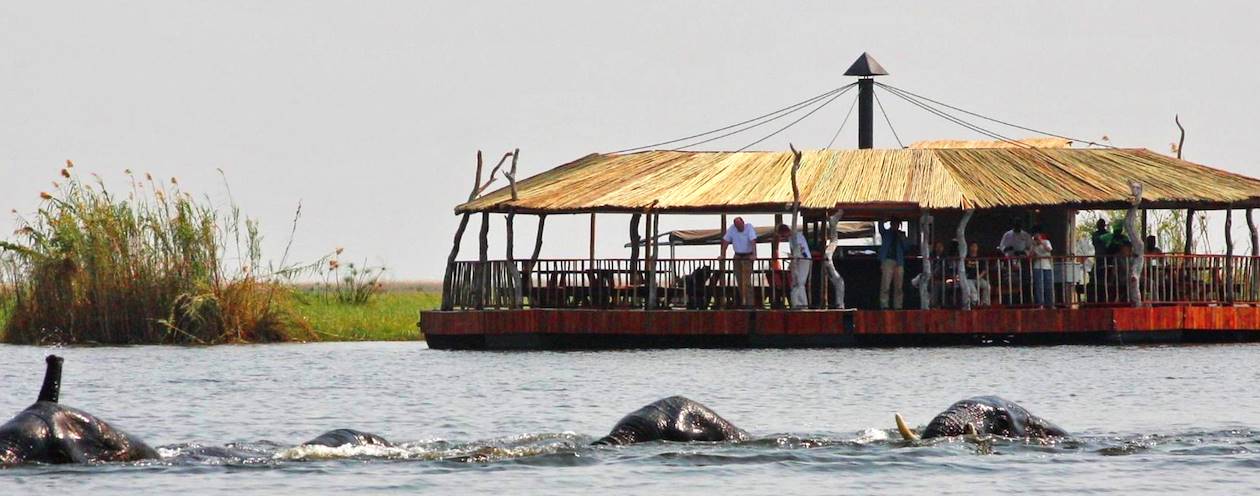
Une envie particulière ?
- Chutes Victoria
- Safari Chobe
- Fleuve Zambèze
- Safari Moremi
- Chief's Island
- Safari Okavango
- Makgadikgadi Pans
- Bande de Caprivi
Suivez vos envies et demandez conseils à nos spécialistes
- Ils sauront organiser votre itinéraire au plus près de vos envies et de la réalité du pays.
- Échangez en face à face ou depuis nos studios connectés en agence, mais aussi par email ou téléphone.
- Vous gardez le même interlocuteur avant, pendant et après votre voyage.
D'autres idées de voyage au Botswana
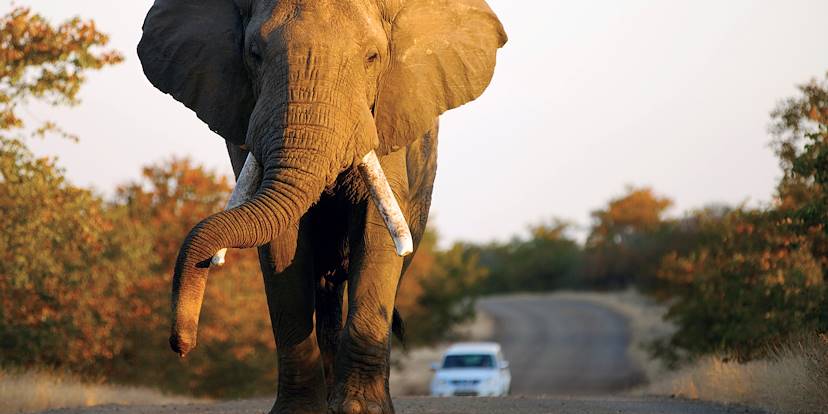
Road trip au Botswana Circuit autotour au Nord du Botswana : chutes Victoria, parc de Chobe, Khwai…
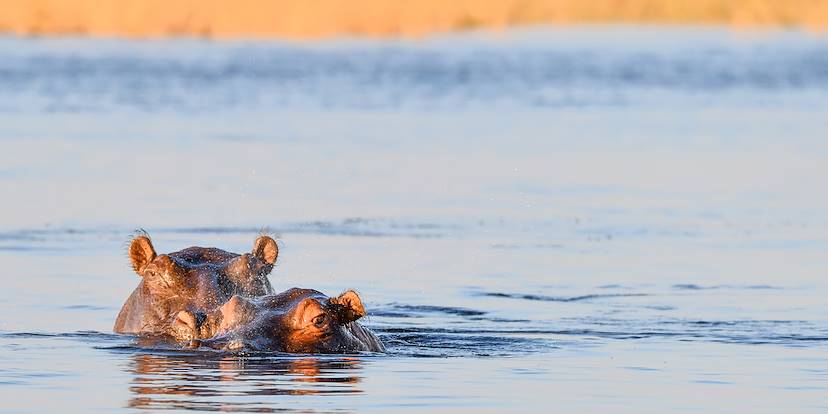
Immersion nature au Botswana Safari en camp mobile des chutes Victoria aux parcs nationaux.
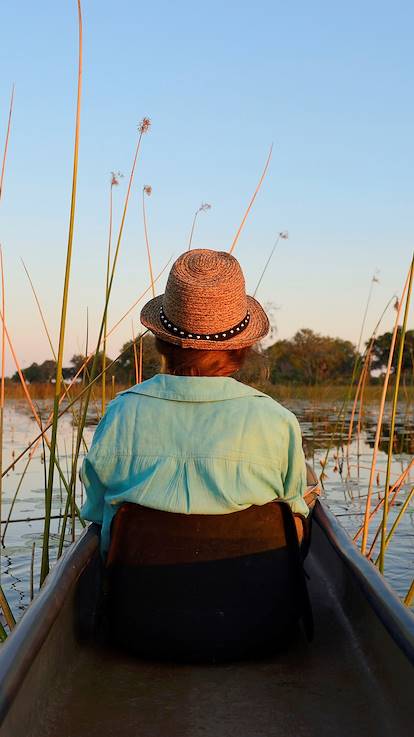
- En amoureux Botswana
Out of Botswana Voyage de noces botswanais : chutes Victoria, delta de l’Okavango…
Pas de résultat à afficher.

l'appli qui vous guide au Botswana
- L’itinéraire vers votre skybed en 1 clic
- Un assistant de voyage qui vous accompagne au jour le jour
- Une utilisation gratuite, hors connexion internet
- L'album souvenirs à composer vous-même
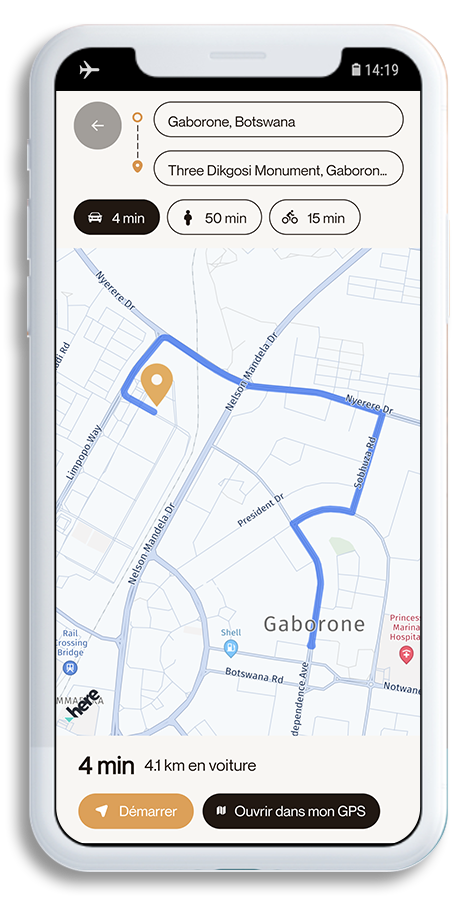
Pourquoi voyager avec nous
Soyons honnête, nous ne sommes pas les seuls à proposer des voyages sur mesure, mais nous avons quelques atouts qui font incontestablement la différence.
Abonnez-vous à notre Newsletter


Leave No Trace: Experiencing Botswana's Okavango Delta
G reat Plains Conservation pioneered conservation tourism in Africa, setting new standards in sustainability, hospitality and humanity. Duba Plains Camp in the Okavango Delta is just one example of their rigorous work. Stephanie Drax finds out more.
Read the C&TH Guide to Responsible Tourism
Review: Experiencing The Okavango Delta With Original Travel
The Okavango Delta is a sprawling, nature-rich wetland in Botswana (Duba Plains)
When seen from space, the Okavango Delta bursts across 22,000 sq/km of Africa like a shimmering fountain flare, drenching the Kalahari Desert with ten billion cubic metres of fresh water. During the wet season, it trickles a thousand kilometres from the Cuito and Cubango rivers in Angola, gathering charge uninterrupted through Namibia before splaying itself across the swampland of Botswana after austral summer. It’s little wonder that the delta invites the largest – and arguably luckiest – wildlife population on the continent.
I skim above it in a tiny plane, taking in the millennia-forged matrix of grassy floodplains, watery tendrils, and golf-course- green islands pitted like lichen on the land. By the time we touch down, I’ve already spotted four of the Big Five. It’s a prelude to what’s on offer at Duba Plains Camp and what its operating company, Great Plains Conservation, works so fiercely to protect.
My first question, though, as my guide, Rapz Samati, drives me to our camouflaged micro-camp on the island, is: ‘What’s that smell?’ The scent of wild sage is heavenly. So too, is the enormous suite prepared for my family, one of only six tents at the camp. My two young boys gawp at the vast rooms, copper bath, outdoor shower and mini swimming pool, all elevated on stilts, with a wraparound deck for Attenborough addicts such as us to admire grazing elephants on the largest ‘flatscreen TV’ imaginable.
Duba Plains Camp offers a real back-to-nature experience
So far, so safari, you might think. Here’s the difference: Great Plains pioneered conservation tourism in Africa, setting new standards in sustainability, hospitality and humanity. It all began here in Botswana in 2006. Founded by Beverly and Dereck Joubert, Emmy Award-winning wildlife filmmakers, Great Plains was conceived to rescue and replenish the creatures and habitats that the couple saw diminishing before their eyes. When the Jouberts were born almost 70 years ago, there were 400,000 lions in the wild; today there are 20,000. Using funds generated from their 15 camps across Botswana, Zimbabwe and Kenya – and they have never themselves taken a dividend – the Jouberts affect real change, on the ground and in the mind.
On their concessions, all leased from the locals, hunting is banned and human impact is limited. Their camps can all be deconstructed to leave no trace and plastic is virtually non-existent. Duba Plains runs on 100 percent solar power, grey water feeds the environment, and leftover food is converted to biogas that can be cooked with or used as slurry for farming projects.Eighty percent of the staff come from the local community and are carefully trained. Tourist dollars spent here filter to the right places, including helping to move rhinos from poaching hotspots to safe havens, training potential poachers to be rangers, building a force of female rangers and rewilding the Sapi reserve in Zimbabwe with species on the brink of extinction.
Expert guides lead guests on bushwalks and safari drives
The bush in the delta thrums with the chirping of reed frogs. Rapz drives us over a log bridge that connects the island camp to the grassy, open plains. Monkeys sound an alarm call in a sausage tree, alerting us to a magnificent lion napping in the shade. For him and his pride, the rhino and red lechwe aquatic antelope, this is country-club living, but they rest on a knife edge: ‘Without tourism, our eyes would be diverted from poaching, the community might compete with the animals for meat and wild berries, and they might resort to aiding poaching or farm and fence the land,’ warns Rapz, ‘When the floods arrive, they could block the water and disrupt the natural way.’
Great Plains tactically educates local children in sustainability, and they share the knowledge with their parents. We all have our part to play in the delicate balance of the delta, it seems, and as the sky at dusk turns the colour of papaya flesh, we watch two wild dogs run down and rip apart a red lechwe. It’s a visceral and poignant moment that serves to remind us that sometimes we must remain silent witnesses.
Dawn brings the second act of our adventure: a water safari at Sitatunga Private Island. We board a small boat and meander our way to the newest Great Plains camp, using channels that can change with the shift of tectonic plates. It’s a deeply soothing journey and the diversity of birds now captures our attention: Goliath heron, malachite kingfishers and the globally threatened wattled crane take turns outstripping our boat. Using a long lens camera (lent to all Great Plains guests), I capture a fish eagle as it whips a catfish from the water and feasts on it in the papyrus reeds.
Sitatunga Private Island is situated in a lagoon filled with hippos
On the far side of a hippo-laden lagoon, the small, raised camp blends into ebony trees. Staff greet us on the pontoon like long- lost family – the service at Great Plains is heartfelt – and we settle into our remote Robinson Crusoe chapter. Old treasures breathe life into an eco-salvage aesthetic: railway sleepers from a mine in South Africa line the floor, and shaggy thatch covers canvas roofs and walls. The blonde wooden structures – the heart of each of the three suites – are inspired by local fishing baskets that showcase both the culture and craftsmanship of the area. Just like Duba, Sitatunga treads lightly and could be removed with no impact on the environment.
Back on the boat for our aqua game drive, Pat Malatsi, our ranger from the local Beyei tribe, is in synch with our surroundings. When he calls to the birds – a swamp boubou or a little rush warbler – they call back. We play spot the croc in teeming waters: they grow up to six metres here and might even try their luck with a baby elephant. Pat casually cups his hand in the water and drinks from the delta.
When we venture out at dusk in mekoro (traditional canoes), we come across a pod of 35 bathing hippos, their alpha male baring his fleshy, pink mouth at us in warning. Pat stops us still. Our hearts are in our mouths, but Pat allows us to admire them from a safe distance. As we peacefully retreat, I shoot them with my camera, capturing them through my lens. We all breathe calmly together in this verdant piece of Africa, on a speck of sparkling water that can be seen from space.
Spy the Big Five (and many other species) in their own habitats
Original Travel offers a five-night stay in Botswana, based on two adults sharing a pool suite in Duba Plains for two nights, and three nights at a pool suite in Sitatunga Private Island (full-board) with return economy-class flights from London Heathrow, connecting flights, private transfers, and guided tours, from £12,500pp. originaltravel.co.uk
Stephanie’s return flights had a carbon footprint of 2,772kg CO2e. ecollectivecarbon.com

- Botswana Tourism
- Botswana Hotels
- Botswana Bed and Breakfast
- Botswana Vacation Rentals
- Flights to Botswana
- Botswana Restaurants
- Things to Do in Botswana
- Botswana Travel Forum
- Botswana Photos
- All Botswana Hotels
- Botswana Hotel Deals
- Last Minute Hotels in Botswana
- Things to Do
- Restaurants
- Vacation Rentals
- Travel Stories
- Rental Cars
- Add a Place
- Travel Forum
- Travelers' Choice
- Help Center
Okavango Delta Lodging Choice (2025 June) - Botswana Forum
- Africa
- Botswana
Okavango Delta Lodging Choice (2025 June)
- United States Forums
- Europe Forums
- Canada Forums
- Asia Forums
- Central America Forums
- Africa Forums
- Caribbean Forums
- Mexico Forums
- South Pacific Forums
- South America Forums
- Middle East Forums
- Honeymoons and Romance
- Business Travel
- Train Travel
- Traveling With Disabilities
- Tripadvisor Support
- Solo Travel
- Bargain Travel
- Timeshares / Vacation Rentals
- Africa forums
- Botswana forum

Just getting started on planning a trip to the delta for next year (June 2025), first time in Botswana. My objective is game viewing, land & water (incl. moroko rides) experiences, walking safaris, and unique landscapes. Given these objective which of the following 2 options is recommended?
1. Wilderness Jacana (3 nights) + Wilderness Qorokwe (3 nights)
2. &Beyond Nxabega (3 nights) + 3 nights at &Beyond Xaranna OR Sandibe Lodge
Any expert input will be highly appreciated. Also, under option 2, do you recommend Xaranna or Sandibe?
My preference is to stay with one operator so that I can avail long-term rate.
A ton of thanks in advance!
7 replies to this topic

I would go with the first option. Qorokwe is in an extremely productive part of the delta and I will suggest it (or Chitabe which is in the neighboring concession) whenever a guest has the budget to be able to go there.
Wilderness in general is great at managing luxury and alas an amazing safari experience with great guiding, AndBeyond tends to lean a little bit more towards luxury. I personally think you get a better well rounded experience with Wilderness.
Sundowner Safaris

I am not an expert, but I would go with option # 2... I stayed at both Sandibe and neighboring Wilderness camp Chitabe, and game drives there were stellar...to me personally Sandibe/Chitabe area is the best overall in Okavango (I had much better experience there than even in Mombo area which is considered one of the best)...Qokokwe is not too far from there, but I haven't been to that camp, so can't compare...I also stayed at Xaranna, and even though it was quite a few years ago, I remember it as a good area with great game drives...my good friends stayed at Nxabega and loved it, but I cannot personally vouch for that...I am not a huge fan of Sandibe 'architectural' style (although tastes differ), but the area is amazing, so out of your choices (and despite the fact that I generally gravitate towards Wilderness or GreatPlains properties), I personally would go with AndBeyond's Sandibe + Nxabega
P.S. another thing to consider is that AndBeyond camps provide trackers in addition to drivers for your game drives, and sometimes that makes a difference in your game drive experience

My opinion is that Option1 is the better one.
Jacana is a stunning little camp... reasonably newly built and is what is considered to be the picture postcard side of the Okavango, with beautiful palm tree islands and floodplains surrounding lodges.... it's generally a wet camp and going in June is important for this as that's roughly when the Okavango floods will be at their peak.... so potentially perfect. For more of a tree-top feel, do look at Kwetsani is the same concession.
Qorokwe is like a mini Vumbura Plains.... it's a gorgeous lodge and very well appointed considered a very upper 4 star lodge... it have a beautiful outlook over a small lagoon where animals do come down to drink... so a great view from you room.
Its on the same wildlife belt as Chitabe so has the same phenomenal reputation for wildlife sightings.
The AndBeyond camps are nice, but not as good as Jacana or Qorokwe.... the areas I feel are more marginal... and although Sandibe is 5 star, its area isn't quite a prolific as Qorokwe.
Owner of Safari Lifestyles
Local operator
Thank you, Samar, Roger, and @rg9. Your inputs are much appreciated.

I've been to Jacana twice and it is one of my favorite camps--small, unpretentious but very comfortable, and beautifully situated (although when I first visited in 2019 it fronted on a lagoon which had disappeared in 2022!). We were close enough to Qorokwe to hear the generators one morning when I stayed at Chitabe last year so I can vouch for the game in the area to be excellent. I'd go for # 1 simply out of familiarity but I can honestly recommend the locations.
Remember the Western Delta has been drying up the last couple of years and the viewing has been amazing ...... Pom Pom will be one of the options where the game viewing has been off the hook in recent times, but, not your cup of tea if you are looking for a luxury lodge.
Also keep in mind Tubu Tree has been just refurbished ..... might be better guiding than the And Beyond properties. Just IMHO And Beyond are more focused on the lodge side of things ......
The Chitabe area has had prolific cheetah sightings in the last couple of seasons according to the reports ..... If you are looking for luxury - the soon to be open camp in the Gomoti from Natural Selections "Tawana" also an area for superb game.
So you have options galore .......
- Planet Baobab 5:21 am
- Okavango Delta: Kwara Camp vs Splash Camp 2:53 am
- Okavango Delta Lodging Choice (2025 June) 2:27 am
- I really need your advice on bags PLEASE! yesterday
- Some help narrowing down park itinerary please yesterday
- Okavango Flood 2024 update yesterday
- Customs May 15, 2024
- Stopover May 15, 2024
- Etiquette with Game Drive Seatmates May 14, 2024
- Drive along the Boteti River with a 2WD May 14, 2024
- What do we need to see outside of Botswana? May 14, 2024
- Chobe, Delta and Makgadikgadi in April 2025 - Feedback May 13, 2024
- Thanks May 13, 2024
- Sending suitcase: Maun, Botswana to Victoria Falls, Zimbabwe May 13, 2024
- Totally confused about the best time to visit Botswana 14 replies
- Is Botswana Safe to visit... 14 replies
- Wilderness Safari Camps - Help Needed 17 replies
- Chobe ,Savuti and Moremi without campsites reservations 19 replies
- Anyone travelled with Africa Adventure Company? 2 replies
- Reservations for camping in national parks 9 replies
- Help-What kind of luggage for Botswana safari 13 replies
- HELP self drive Botswana - Windhoek, Livingstone or Joburgh 18 replies
- can we take food into botswana 14 replies
- Safari Binoculars 10 replies
Botswana Hotels and Places to Stay
- Travel Planning Center
- Ticket Changes & Refunds
- Airline Partners
- Check-in & Security
- Delta Sky Club®
- Airport Maps & Locations
- Flight Deals
- Flight Schedules
- Destinations
- Onboard Experience
- Delta Cruises
- Delta Vacations
- Delta Car Rentals
- Delta Stays
- Onboard Wi-Fi
- Delta Trip Protection
- How to Earn Miles
- How to Use Miles
- Buy or Transfer Miles
- Travel with Miles
- SkyMiles Partners & Offers
- SkyMiles Award Deals
- SkyMiles Credit Cards
- SkyMiles Airline Partners
- SkyMiles Program Overview
- How to Get Medallion Status
- Benefits at Each Tier
- News & Updates
- Help Center
- Travel Planning FAQs
- Certificates & eCredits
- Accessible Travel Services
- Child & Infant Travel
- Special Circumstances
- SkyMiles Help
- Investor Relations
- Business Travel
- Travel Agents
- Comment/Complaint
- Browser Compatibility
- Accessibility
- Booking Information
- Customer Commitment
- Tarmac Delay Plan
- Sustainability
- Contract of Carriage
- Cookies, Privacy & Security
- Human Trafficking Statement (PDF)
UK Edition Change
- UK Politics
- News Videos
- Paris 2024 Olympics
- Rugby Union
- Sport Videos
- John Rentoul
- Mary Dejevsky
- Andrew Grice
- Sean O’Grady
- Photography
- Theatre & Dance
- Culture Videos
- Fitness & Wellbeing
- Food & Drink
- Health & Families
- Royal Family
- Electric Vehicles
- Car Insurance Deals
- Lifestyle Videos
- UK Hotel Reviews
- News & Advice
- Simon Calder
- Australia & New Zealand
- South America
- C. America & Caribbean
- Middle East
- Politics Explained
- News Analysis
- Today’s Edition
- Home & Garden
- Broadband deals
- Fashion & Beauty
- Travel & Outdoors
- Sports & Fitness
- Sustainable Living
- Climate Videos
- Solar Panels
- Behind The Headlines
- On The Ground
- Decomplicated
- You Ask The Questions
- Binge Watch
- Travel Smart
- Watch on your TV
- Crosswords & Puzzles
- Most Commented
- Newsletters
- Ask Me Anything
- Virtual Events
- Betting Sites
- Online Casinos
- Wine Offers
Thank you for registering
Please refresh the page or navigate to another page on the site to be automatically logged in Please refresh your browser to be logged in
The Independent's journalism is supported by our readers. When you purchase through links on our site, we may earn commission.
7 of the best river cruises around the world for 2024
Take a tour of the world’s most famous waterways on your next holiday, article bookmarked.
Find your bookmarks in your Independent Premium section, under my profile

Sign up to Simon Calder’s free travel email for expert advice and money-saving discounts
Get simon calder’s travel email, thanks for signing up to the simon calder’s travel email.
A cruise holiday isn’t always about setting sail across vast oceans. For an alternative type of break on the water, winding your way inland might sound similar but it’s a vastly different experience.
From crossing deep into the untouched areas of the Amazon rainforest to exploring some of Europe ’s finest cities, the river cruise experience is one that allows tourists to get to grips with the history, culture and tradition of a destination in a slow, immersive fashion.
This could be in the form of sampling Creole cuisine in Mississippi or discovering historic sites in Vietnam , but whatever it is, there’s plenty of choice across Europe , Asia , South America and North America .
Read on for a selection of the best cruises, from the Mississippi to the Mekong.
Europe’s second longest river – and arguably its most famous – river takes you through amazing capital cities and host of charming towns, as well as plenty of scenic countryside in Austria , Hungary , Slovakia and Romania. Cruises along the Danube can vary from a handful of days to almost three weeks, giving you time to explore the elegance of cities like Vienna , Budapest, Bratislava or Belgrade.
Emerald Cruises lets you see the best of the Danube with the addition of a hefty dose of traditional German culture in Munich. Leaving the Bavarian capital, you’ll travel to Passau before a quick cross-border trip to the Unesco-listed Czech city of Cesky Krumlov. Vienna is the next city, replete with opulent architecture, before a quick overnight stay in Bratislava on the sixth night. Guided tours and hikes around the castle are included, before you get three nights to explore Budapest, the Hungarian capital that is blessed with picturesque buildings, relaxed thermal baths and a buzzing nightlife scene.
From £1,999pp, including nine nights’ accommodation, full board, tours of Vienna, Bratislava and Budapest and airport transfers. Departing 7 May 2024 to 20 October 2024.
Read more on Europe travel :
- The lesser-known Croatia destinations you may not have considered
- The best spas in Eastern Europe for an affordable, yet luxurious, break
- Lisbon travel guide: Where to eat, drink, shop and stay in Portugal’s vivacious capital
This famous river runs for over 4,000 miles throughout South America and is a major part of the eponymous rainforest, one of the most biodiverse and important natural areas on the planet. A river cruise remains the best way to reach deeper into the jungle, with many cruises beginning in the northern Brazilian city of Manaus or in the Peruvian city of Lima.
Start in Peru’s enchanting capital with the Peruvian Rivers and Rainforest Discovery cruise from Uniworld. You’ll fly to Iquitos, the largest city in the Amazon as your next stop, before delving into some of the most remote areas in the world as you take to the waters. From here, nature takes centre stage, with a variety of experiences – including jungle walks and kayaking on a lake – added to the enjoyment of natural features such as giant lilies, towering barrigona trees and around 10 per cent of the world’s known animal species.
From £8,799pp, including 10 nights’ accommodation, full board, return flights from London, domestic flights and various excursions. Departing regularly from 17 January until 6 November 2024.
Start in Cairo and make your way down to Aswan over a few days (though many shorter routes operate between Aswan and Luxor only). For a relaxing way to take in riverside scenery and some of Egypt’s most important historical sites, a river cruise is the ideal choice.
AP Touring’s Egypt Discovery trip takes you on a round trip from Cairo. You’ll cross thousands of years of history, starting with West Bank the Valley of the Kings, before a short flight to Aswan to explore Abu Simbel and a sighting of the landmark Pyramids of Giza near the Egyptian capital. The scenery along the route is exceptional, too, with palm trees, green spaces and mini oases dotted in between the yellow-hued rock.
From £6,995pp, including 12 nights’ accommodation, 30 meals (including unlimited local beer and wine) return flights from London Heathrow, domestic flights within Egypt and activities in each of the 10 destinations. Departing regularly from September 2024 to April 2025.
Exploring this land of castles and fairytales is a worthwhile European trip, with tours often starting in the pretty Dutch capital of Amsterdam and weaving across the German and French countryside, with the route broken up by cities such as Cologne, Dusseldorf and Strasbourg. Many of the towns located on the banks of the Rhine, such as Koblenz, are incredibly picturesque, with a range of medieval castles and natural sites like the Black Forest also featuring.
Ama Waterways provide a seven-night cruise that runs from Basel to Amsterdam. Get your cultural fix at either end of your trip in either of these two cities, before admiring the vistas around the Rhine Valley, the medieval castles that loom over towns like Heidelberg and the timber-framed buildings that line the streets of Riquewihr and Strasbourg. Stops in both Freiburg and Dusseldorf are also included, as well as an optional excursion to Cologne.
From £2,399pp, including seven nights’ accommodation, full board and tours in each destination. Departing regularly between 18 February and 28 December 2024.
The views around the Douro Valley are some of the best in Portugal , whether you’re sitting by the banks in Porto or admiring the verdant hills and vineyards around Pinhao. This region, well-known for its port production, has cruises lasting roughly one week that usually begin and end in Porto – where the river meets the Atlantic Ocean – with a brief crossing over into Spain and Salamanca.
The Riviera Travel package offers an affordable eight-day Douro option starting and ending in Porto , with two nights to explore Portugal’s magnificent second city (and to go on a guided tour of a well-known port producer). Days three and four take you to sleepy Castelo de Rodrigo and the historic Spanish city of Salamanca (with guided tours and time to explore at your leisure) before traversing the cascading vineyards of the valley on your way back to Porto via the beautiful Peso de Regua (and a local wine tasting).
From £1,599pp, including seven nights’ accommodation, full board, flights from a London airport, one excursion one each day and airport transfers. Departing regularly from 7 April 2024.
The Mississippi
Discovering the Deep South is often done by car, but with new routes recently from Viking Cruises, exploring Louisiana, Mississippi, Minnesota and Tennessee has never been more idyllic. The famed cities of New Orleans and Memphis can bookend your tour, with lesser-known locations such as Baton Rouge, Natchez and Darrow making up the other stops.
Opt for Viking’s ‘Heart of the Delta’ cruise to if you really want to immerse yourself in the Deep South. The cruise begins with a few days exploring the French influences and Creole cuisine of New Orleans , before moving on to Baton Rouge – a haven of Creole and Cajun culture – and then onto Natchez, the oldest city on the river. You’ll travel through other towns on the Mississippi – complete with walking tours or excursions to the Atchafalaya Swamp basin – before reaching Memphis, the atmospheric home of blues music.
From £6,545pp, including 12 nights’ accommodation, full board, return flights from London and one excursion per destination. Departing weekly from March 7 until 13 June, with additional departures on 7 November and 13 November.
The Mekong flows through a host of Asia’s most fascinating countries, including Vietnam , Thailand , China and Cambodia. Most cruises only take in parts of Vietnam and Cambodia , though this mix of floating fishing villages, traditional markets and the two capitals of Ho Chi Minh City and Phnom Penh will be enough for most travellers. With Avalon Waterways , you’ll combine energetic, modern cities with some of the most vibrant culture in Asia and a history that is equal parts sobering and fascinating.
It starts in Siem Reap, site of the Angkor Wat temple, before moving on to the Cambodian capital, where you can learn about the dictatorship of Pol Pot and visit several must-see landmarks. After this, Vietnam beckons, with a visit to the dizzying Ho Chi Minh City to see its admirable architecture. Visits to markets, old Vietnam War tunnels, temples and cooking classes are dotted in between these city trips for good measure, with stops at characterful towns like Vinh Long, too.
From £4,229pp, including seven nights’ accommodation, full board and activities on each day of the trip. Departing regularly from 15 January to 11 March and from 12 August to 2 December 2024.
Read more: Best hotels in Europe: Where to stay for a city, beach or retreat break
Join our commenting forum
Join thought-provoking conversations, follow other Independent readers and see their replies
Subscribe to Independent Premium to bookmark this article
Want to bookmark your favourite articles and stories to read or reference later? Start your Independent Premium subscription today.
New to The Independent?
Or if you would prefer:
Want an ad-free experience?
Hi {{indy.fullName}}
- My Independent Premium
- Account details
- Help centre

IMAGES
VIDEO
COMMENTS
The Okavango Delta is home to 89 fish species including tigerfish, tilapia, and various catfish. The endemic wetland plants play an important role in holding the sand together because there is no mud in the floodplains. The plants catch the sand, 'gluing' them together, helping to create more islands on which more plants can grow.
Welcome to one of Africa's most extraordinary places. There is something elemental about the Unesco World Heritage-listed Okavango Delta: the rising and falling of its waters; the daily drama of its wildlife encounters; its soundtrack of lion roars, saw-throated leopard barks and the crazy whoop of a running hyena; and the mysteries concealed by its papyrus reeds swaying gently in the ...
The Okavango Delta emanates in the highlands of Angola, where the mighty Okavango River begins as just a trickle before gradually becoming the third largest river in southern Africa that flows for over 1,600km to reach inland Botswana. Around 60,000 years ago, the river deposited its water into Lake Makgadikgadi, a paleolake believed to have ...
Birdwatching: The Okavango Delta is a haven for bird enthusiasts, with over 400 species of birds. Keep your binoculars handy to spot iconic species like African fish eagles, Pel's fishing owls, and vibrant lilac-breasted rollers. Fishing: Engage in catch-and-release fishing for species such as tigerfish and bream.
Satellite image of Okavango Delta, with national borders added Typical region in the Okavango Delta, with free canals and lakes, swamps and islandsThe Okavango Delta (or Okavango Grassland; formerly spelled "Okovango" or "Okovanggo") in Botswana is a vast inland delta formed where the Okavango River reaches a tectonic trough at an altitude of 930-1,000 m in the central part of the endorheic ...
The Okavango Delta is one of the world's great inland waterways. The meandering Okavango River is breathtaking, seen either by boat, airplane or mokoro. The main choices are to go on safari in Moremi Game Reserve or stay at one or two of the many lodges. The animals, as outlined below, the birding, flora and fauna are spectacular.
An iconic Okavango safari for any time of year. Combine the permanent deep waters of the Okavango with the explosive game viewing of the famous Duba concession for a perfectly balanced itinerary. At Duba Explorers, in the northern Okavango, you will explore the same game rich lands featured in some of Nat Geo's most dramatic wildlife films.
Copied to clipboard! The Okavango Delta is one of the most incredible wilderness sanctuaries in Africa - with 15,000 square kilometres of water channels, lagoons and islands. Each year, floodwaters flow from the central African highlands over 1,000 kilometres away from the Delta to create this wondrous wetland within a desert.
The Okavango Delta is a large low gradient alluvial fan or 'Inland Delta' located in north-western Botswana. The area includes permanent swamps which cover approximately 600,000 ha along with up to 1.2m ha of seasonally flooded grassland. The inscribed World Heritage property encompasses an area of 2,023,590 ha with a buffer zone of ...
A week's adventure in 2 of the most exciting wildlife destinations in Botswana, the Chobe region, and the Okavango Delta. You will hop between 3 camps via light aircraft and experience the animals on a host of activities from game drives and river cruises to walks and mokoro expeditions (dug-out canoes).
Seen from a Cessna, 500 feet above northern Botswana, the Okavango Delta resembles a paisley carpet of ovals and streaks and patches, gentle rises and swales, a rich pattern textured largely in ...
Providing one of the finest, most authentic and adventurous safari experiences in the Okavango Delta, Beagle Expeditions is a small owner run mobile safari outfit founded by Simon Byron, one of Africa's best guides, with a wealth of experience and passion for the African bush. Unusually for the Okavango, these mobile expeditions take place on ...
Okavango Delta / Camps / The Pangolin Voyager. The Pangolin Voyager is a delightful houseboat offering boat safaris on the Chobe River. Small but perfectly formed, with 5 rooms, this lovely houseboat is available on an exclusive use only, making it ideal for families and groups. Boating safaris take place on the specially designed motorboat ...
The Okavango Delta is an awe-inspiring destination for a first time safari or for the safari veteran. The Delta can be an expensive destination to visit due to its remote location. The number of camps is limited by regulations, allowing fewer guests to enter this pristine wilderness area, for lower impact. These restrictions make anyContinue Reading "Okavango Delta"
Approcher hippopotames et crocodiles en mokoro, une pirogue traditionnelle. Séjourner en plein cœur des méandres bleus et verts du delta de l'Okavango. ou. Personnaliser cette idée de voyage avec un spécialiste Botswana. 01 86 95 65 08. Du lundi au samedi de 09h30 à 18h30.
When seen from space, the Okavango Delta bursts across 22,000 sq/km of Africa like a shimmering fountain flare, drenching the Kalahari Desert with ten billion cubic metres of fresh water.
Answer 1 of 6: Just getting started on planning a trip to the delta for next year (June 2025), first time in Botswana. My objective is game viewing, land & water (incl. moroko rides) experiences, walking safaris, and unique landscapes. Given these objective...
Discover the amazing amenities included with beautiful 5- and 4-star beach destinations throughout Mexico, the Caribbean, Central America and Europe. Each brand in Inclusive Collection, part of Hyatt Hotels & Resorts exudes its own unique personality while offering a luxurious all-inclusive experience. Discover More.
My dates are flexible. SHOW FARES. Include Nearby Airports. Search for a Delta flight round-trip, multi-city or more. You choose from over 300 destinations worldwide to find a flight that fits your schedule.
Search for a Delta flight round-trip, multi-city or more. You choose from over 300 destinations worldwide to find a flight that fits your schedule. Delta and third parties collect data as necessary to provide this website and for enhanced functionality, analytics and marketing, ...
During several expeditions to describe the species of the Okavango Delta, Eastern Cape conservationist Dr Werner Conradie not only wrote a PhD thesis, he also discovered at least eight new species ...
Legend. Use this map to view all of our available routes and flight options. To find travel requirements and pricing for our featured destinations, visit Explore Top Destinations. To Zoom Map, Mac - Press command key + finger scroll. Windows - Press CTRL + finger scroll. Search to find routes operated by Delta.
From European favourites to a journey along the Amazon, here's a selection of the best river cruises to book for 2024